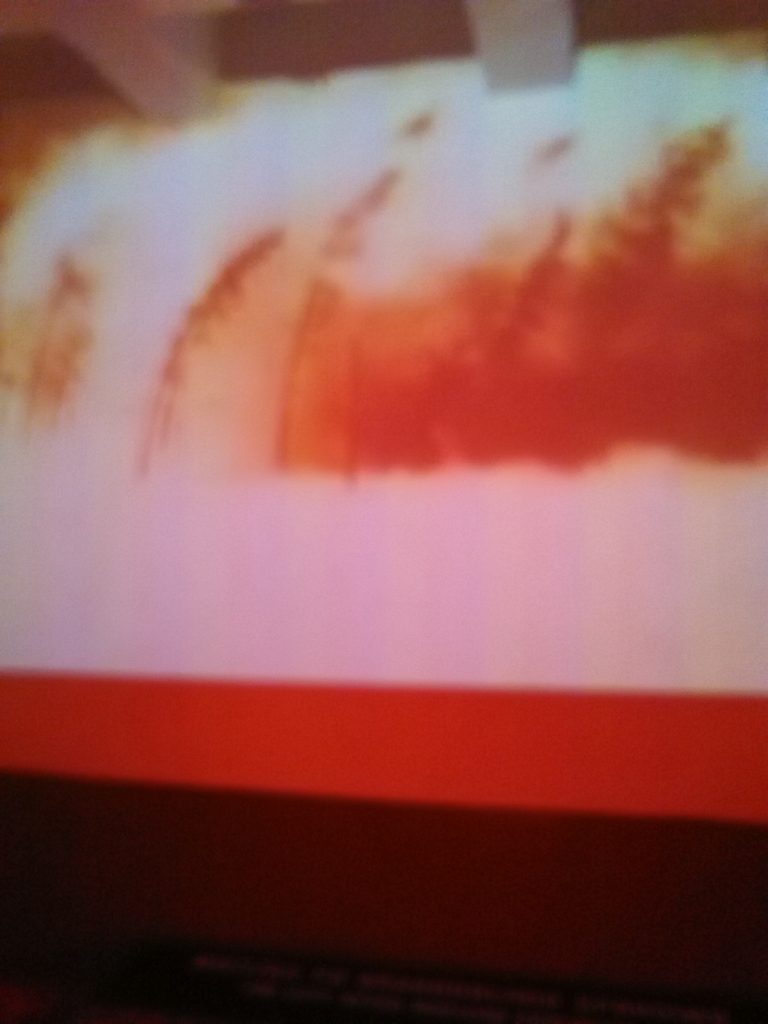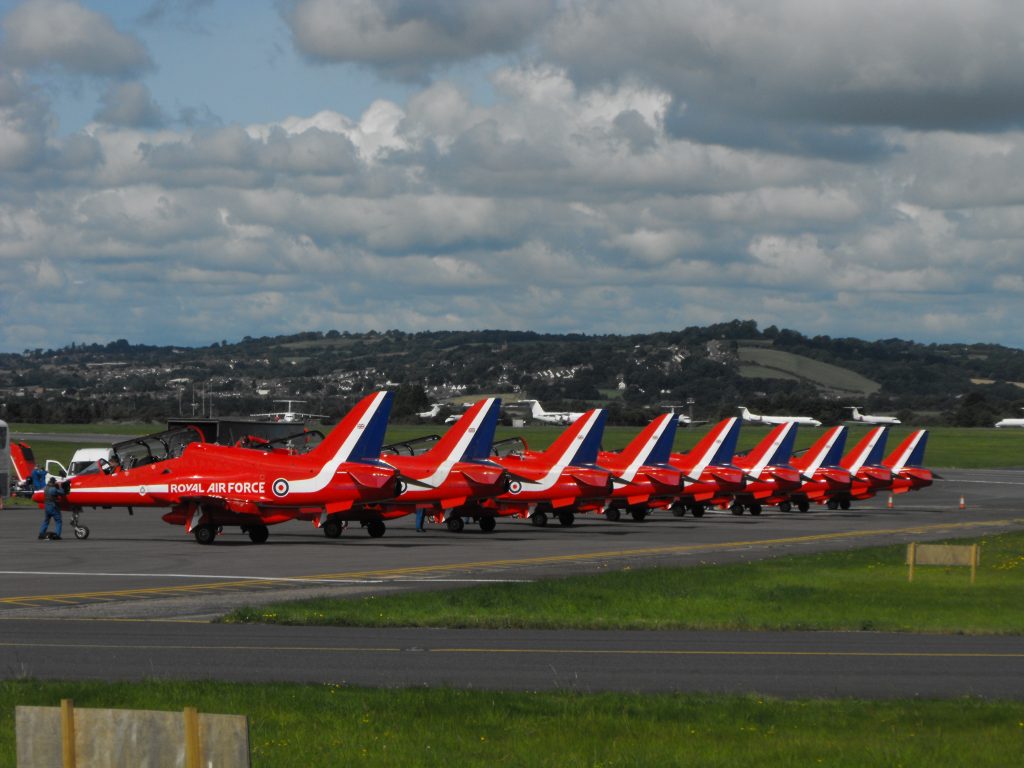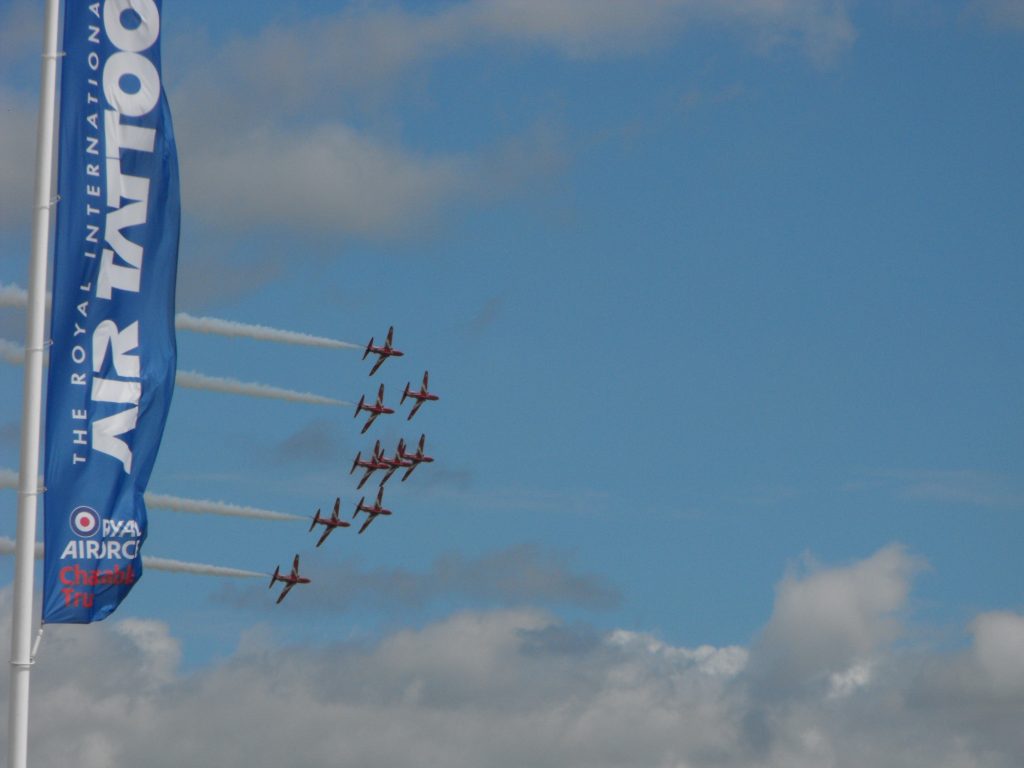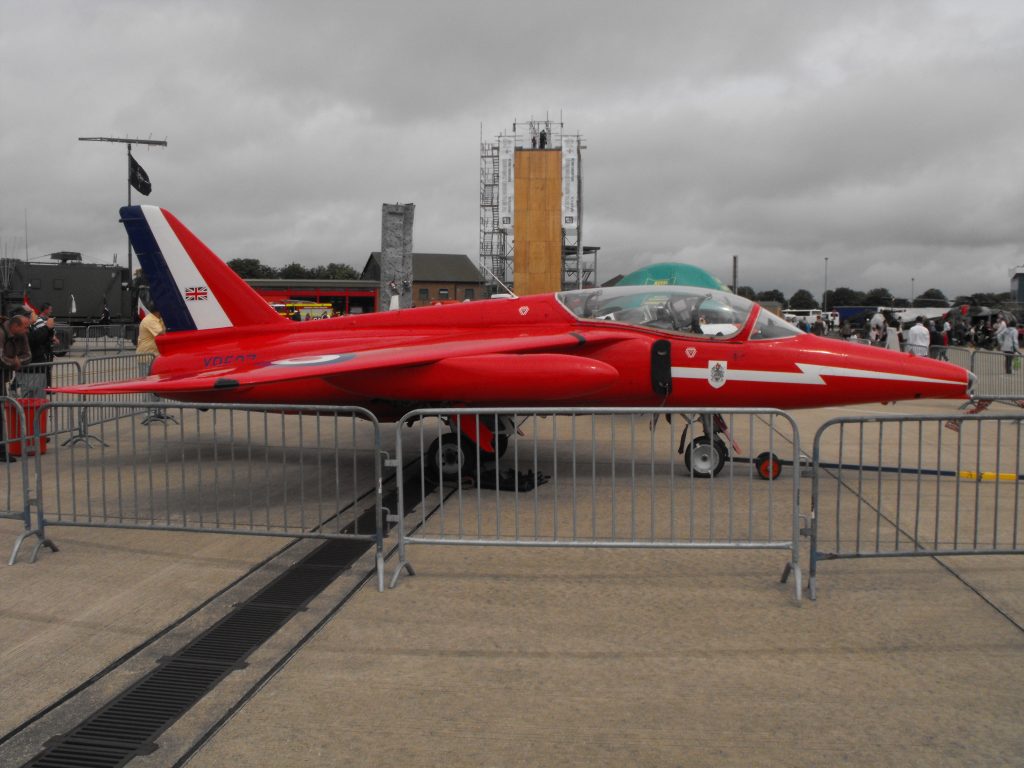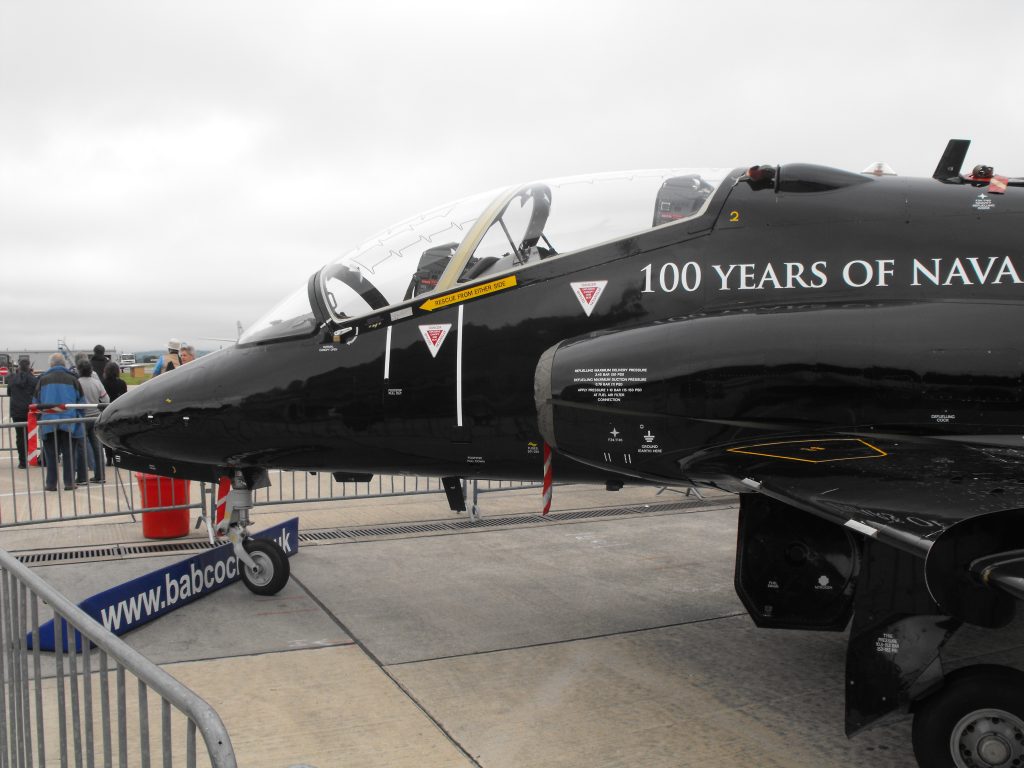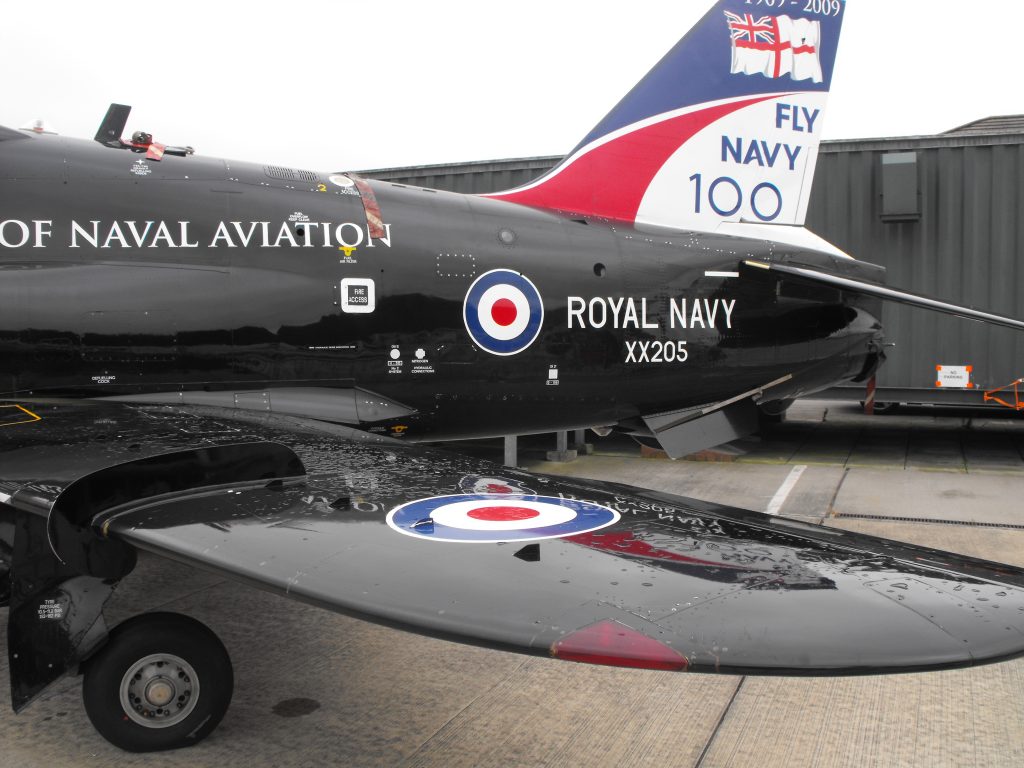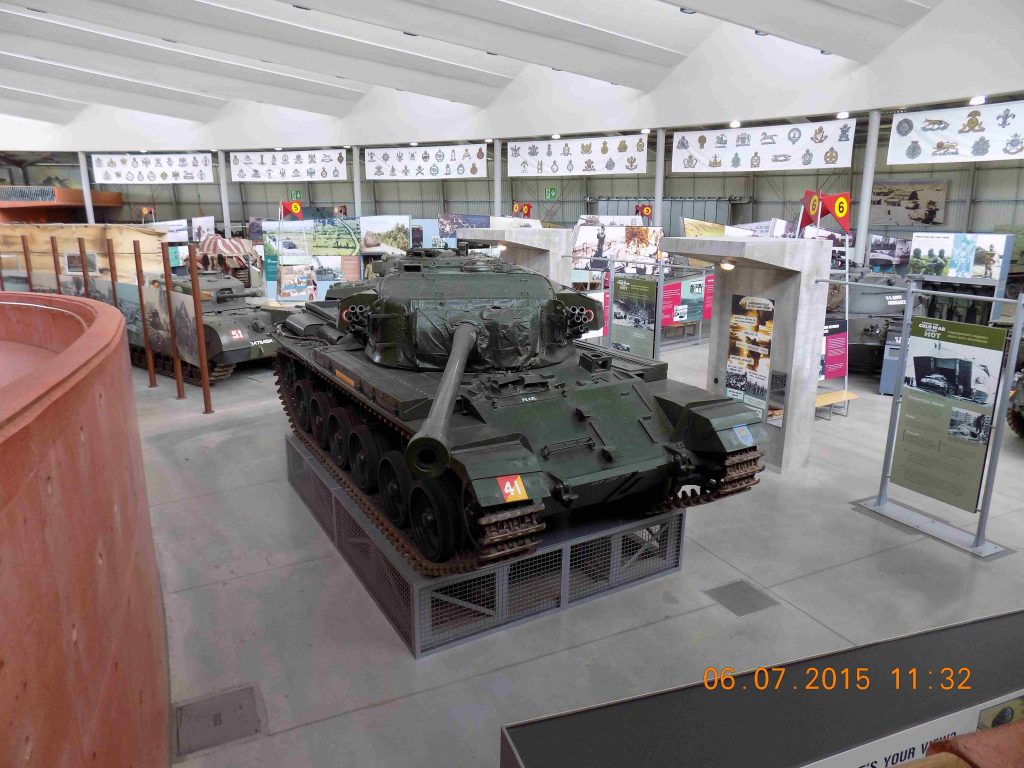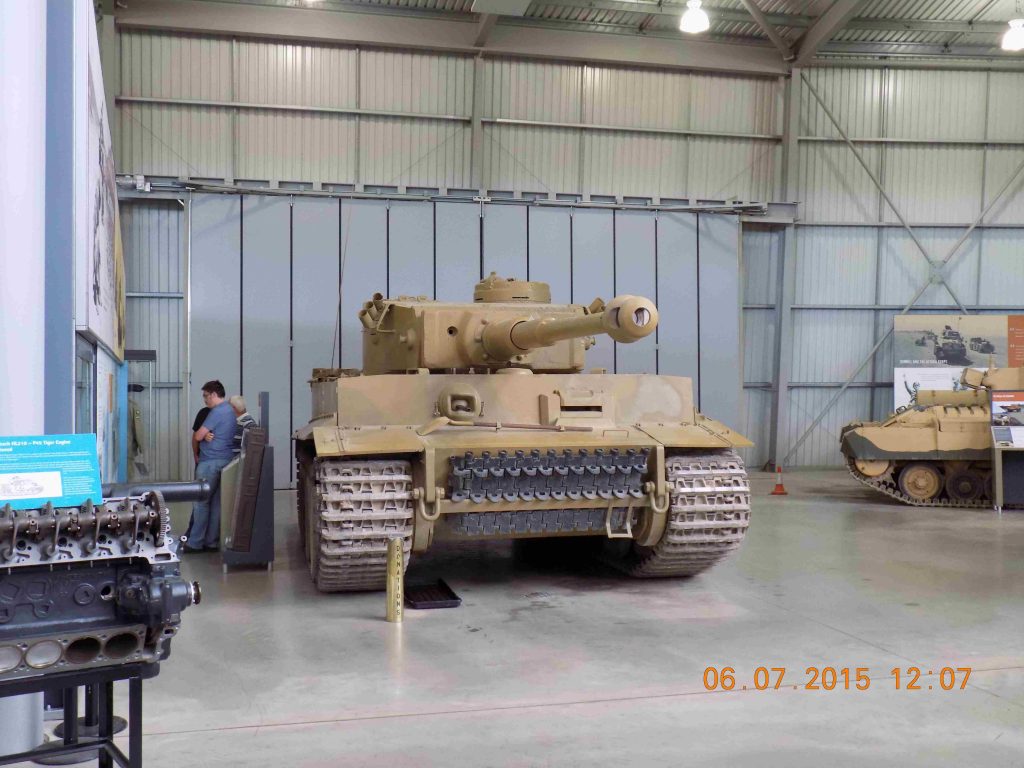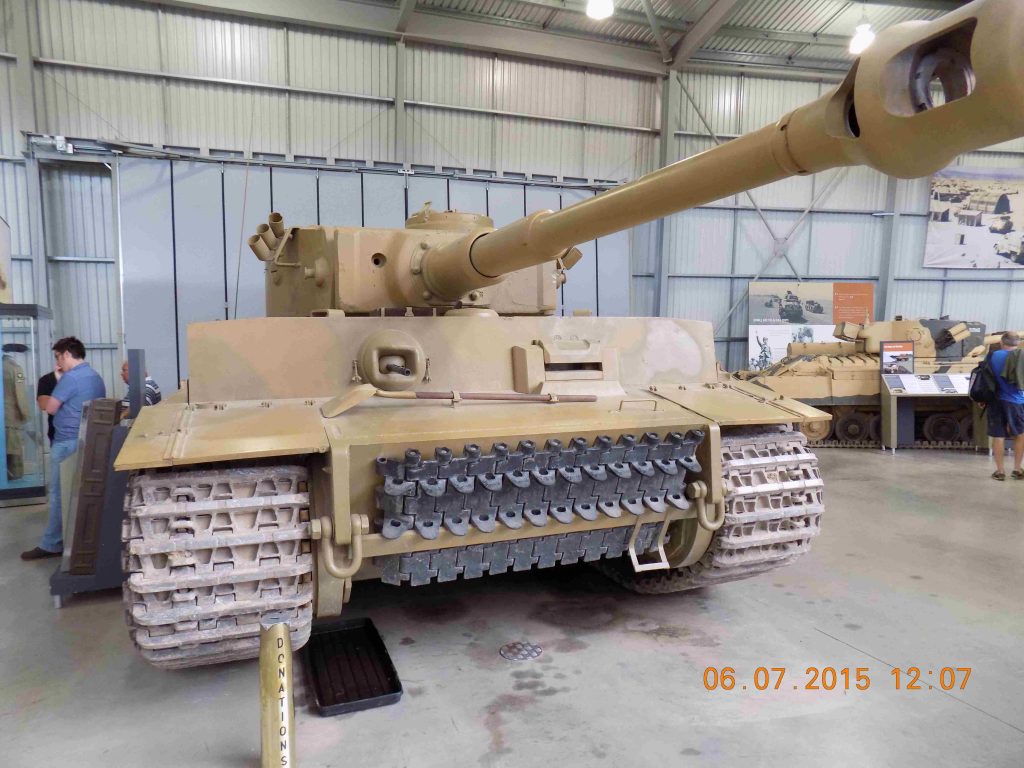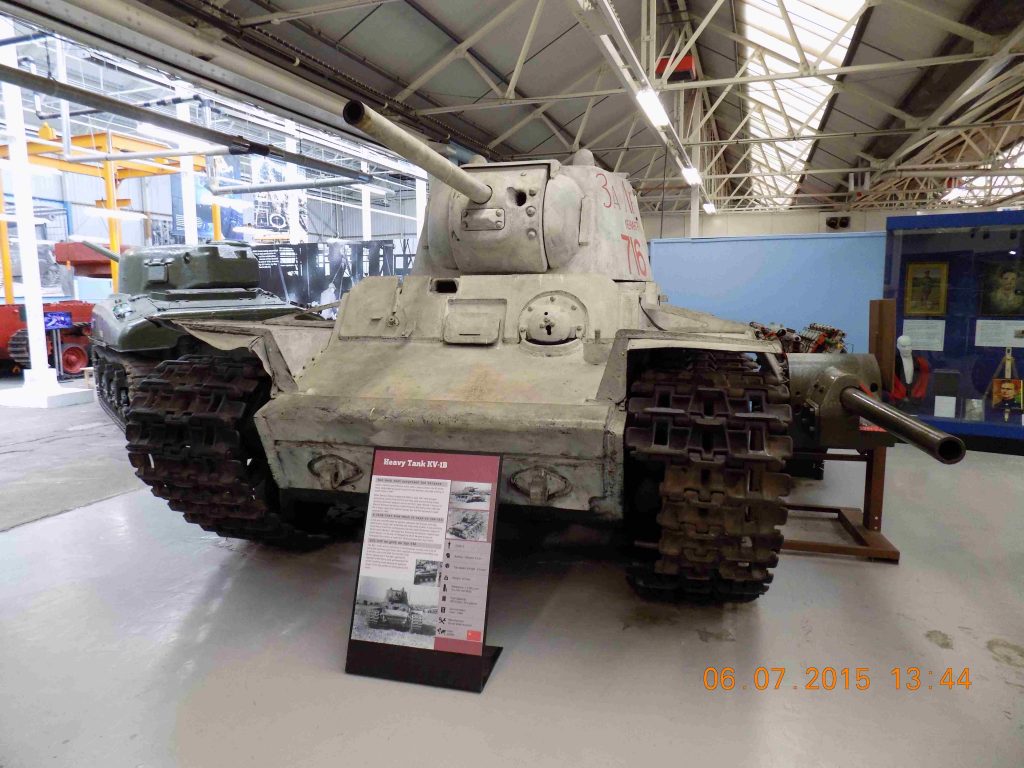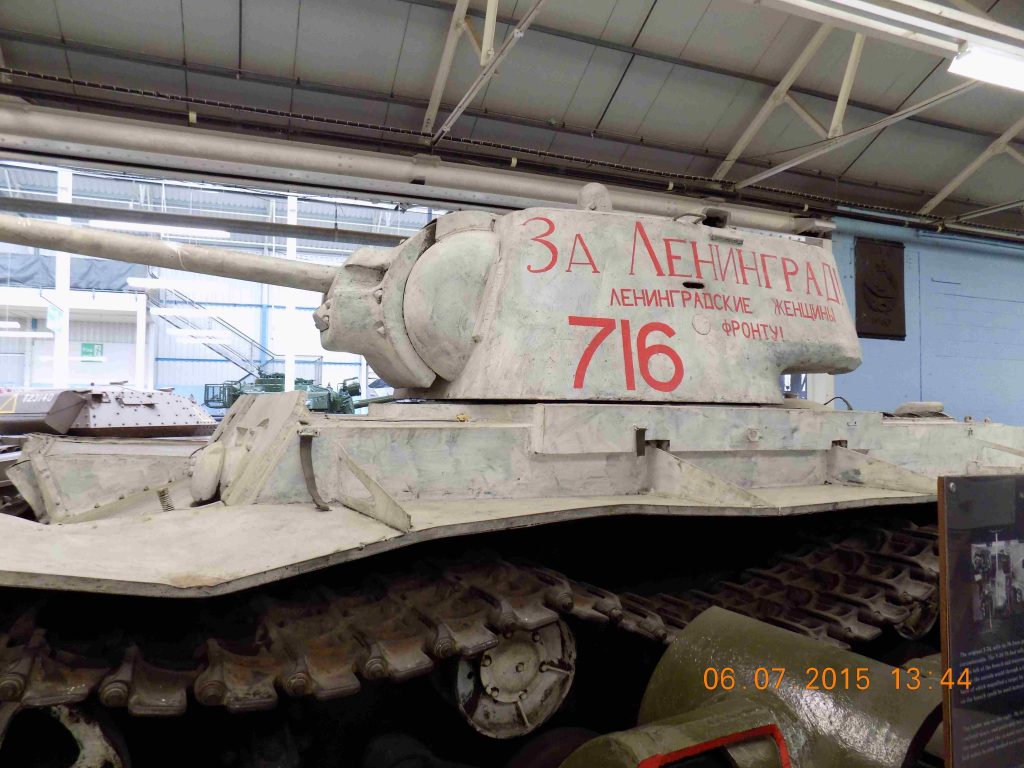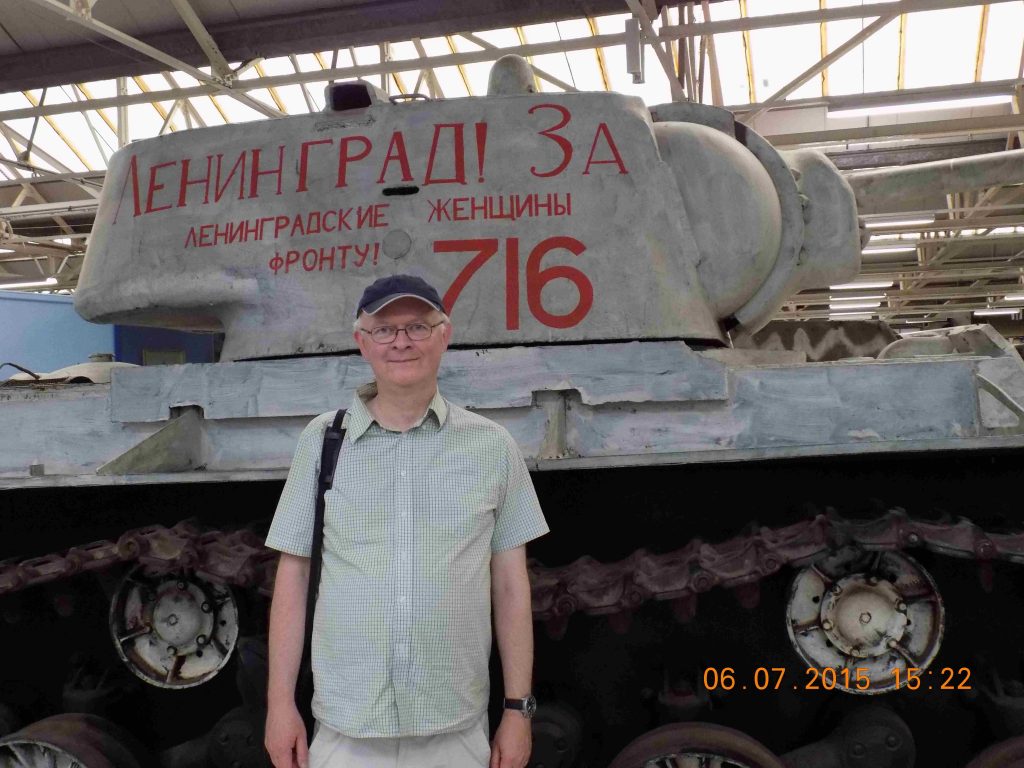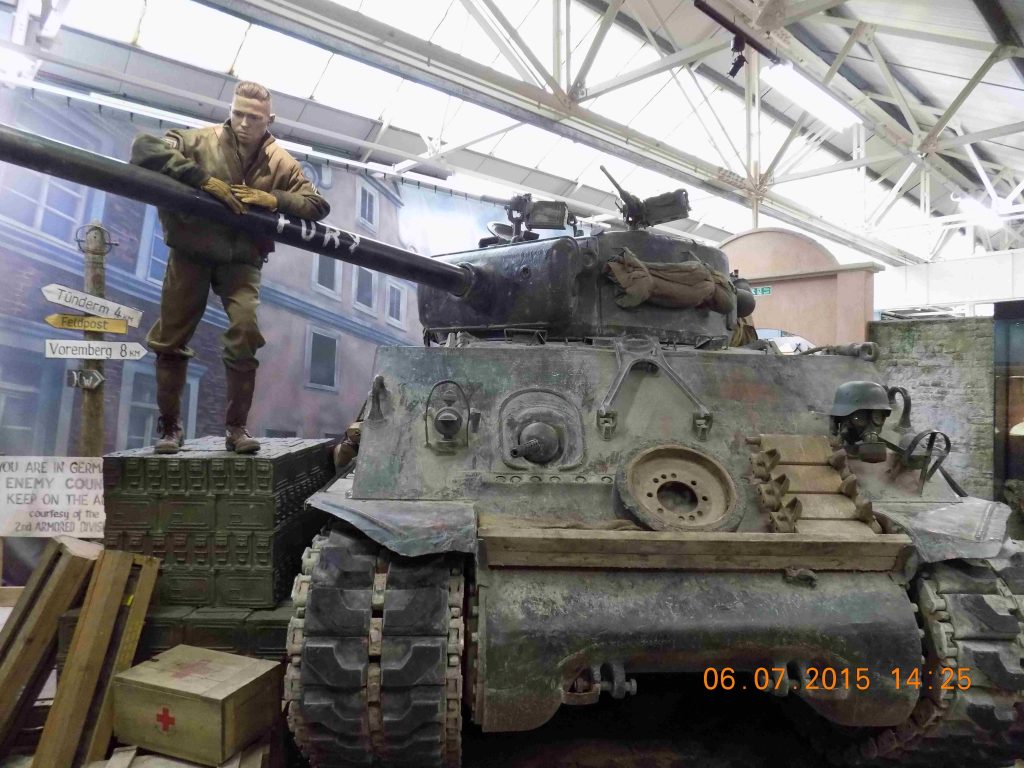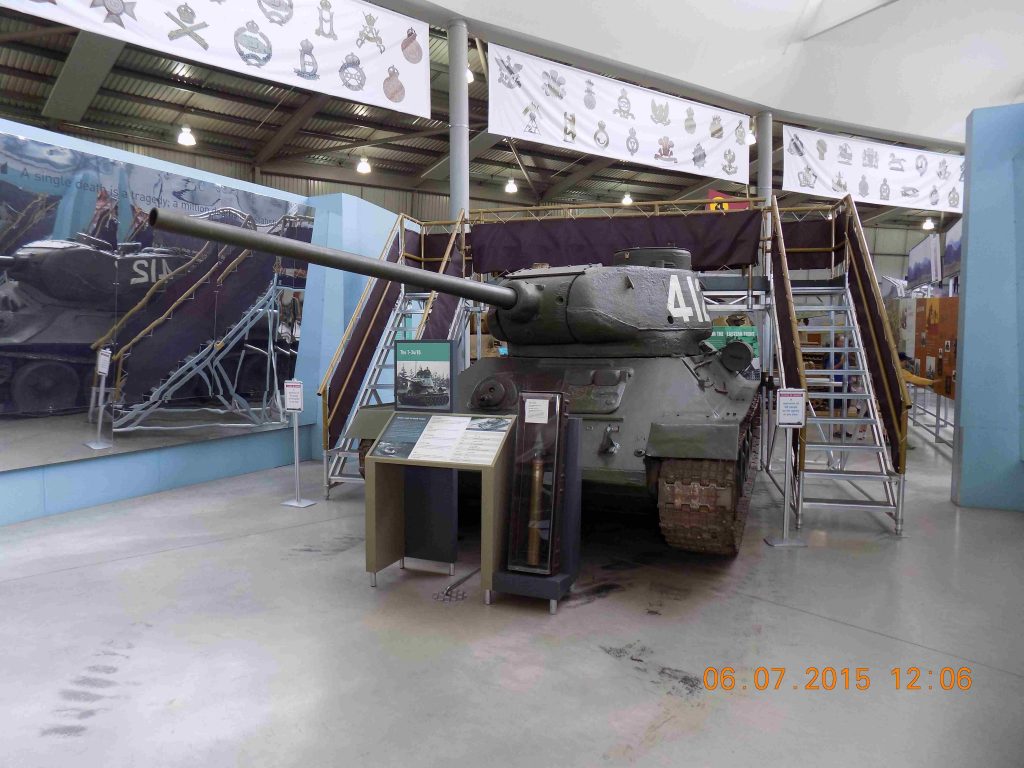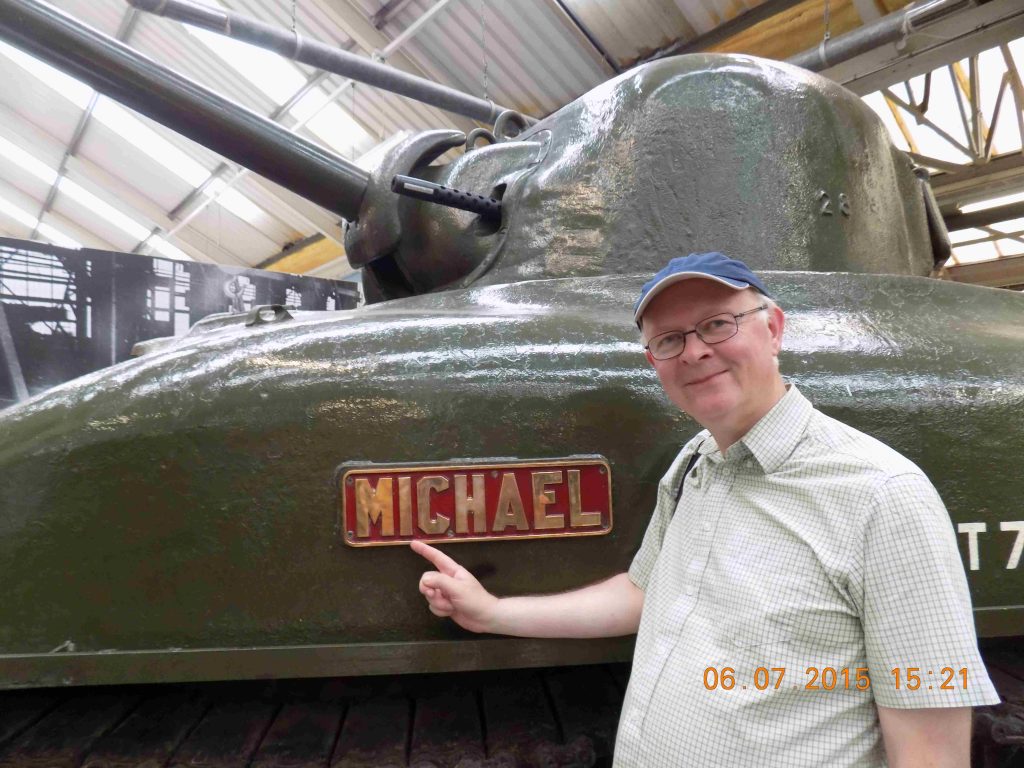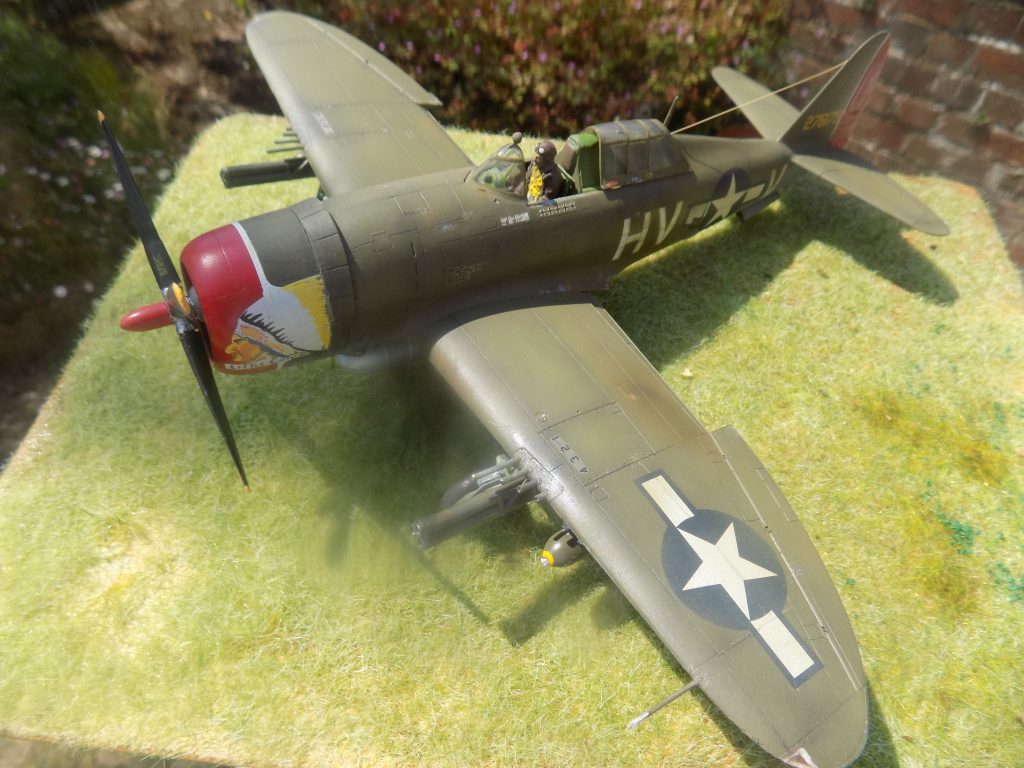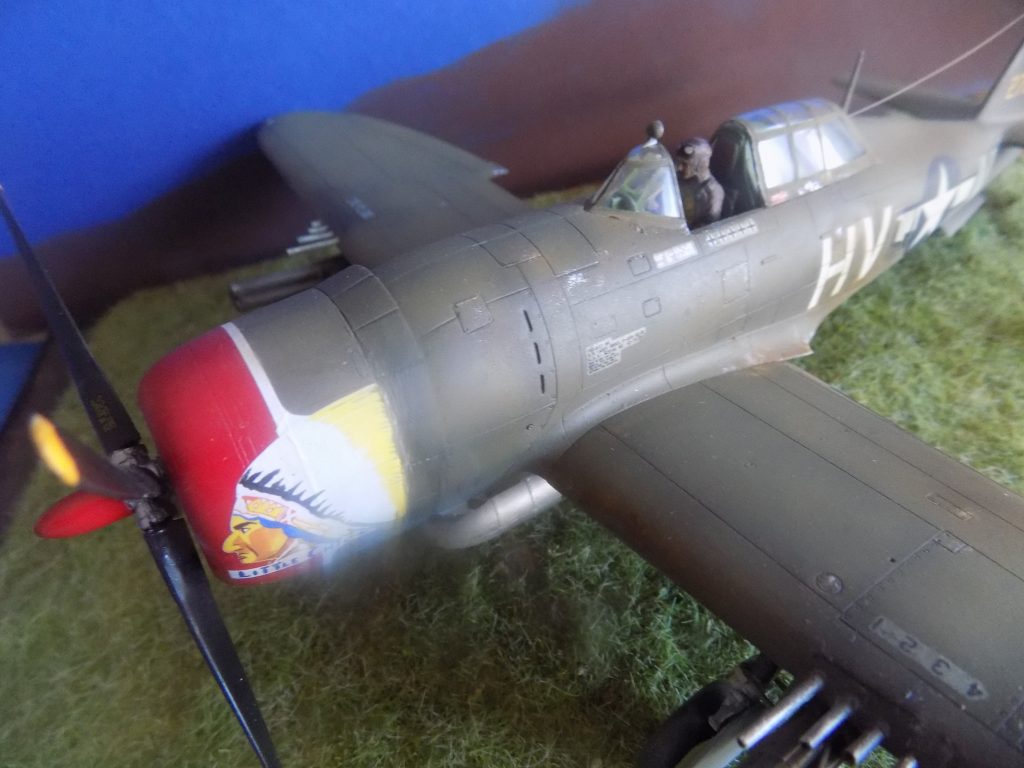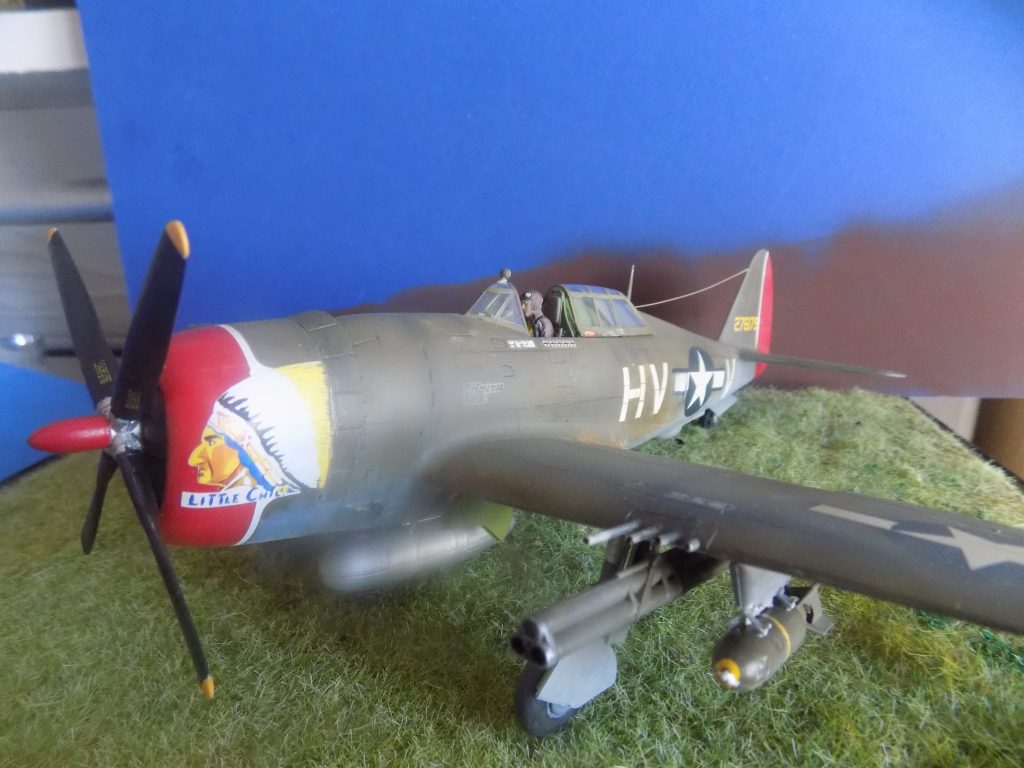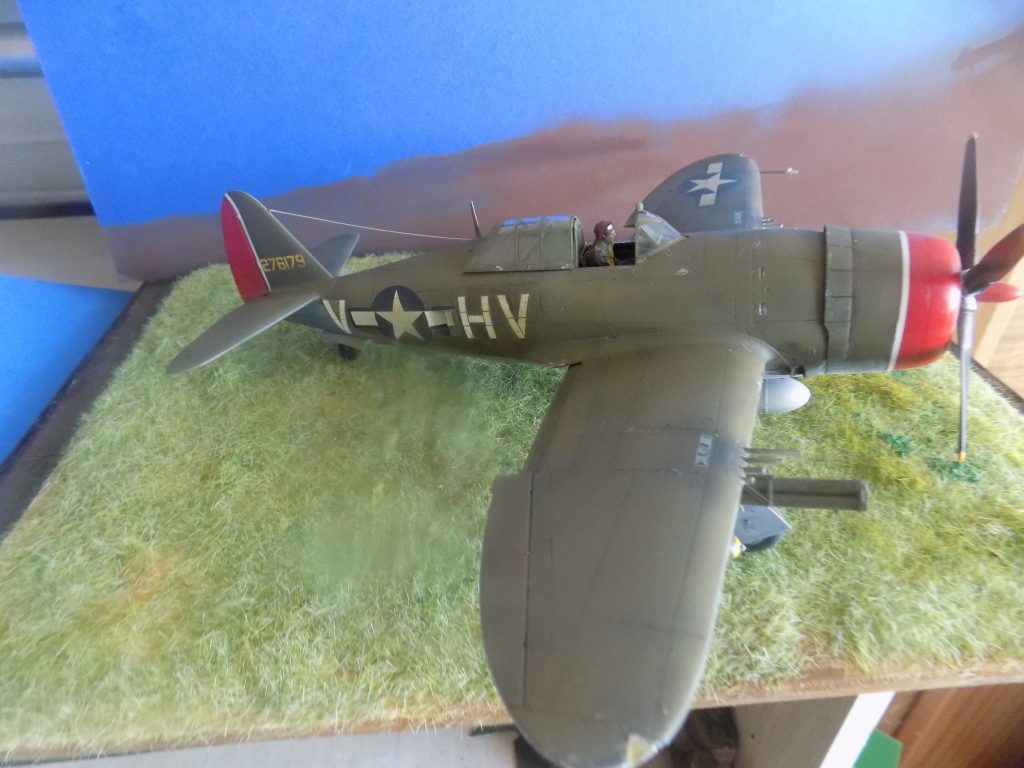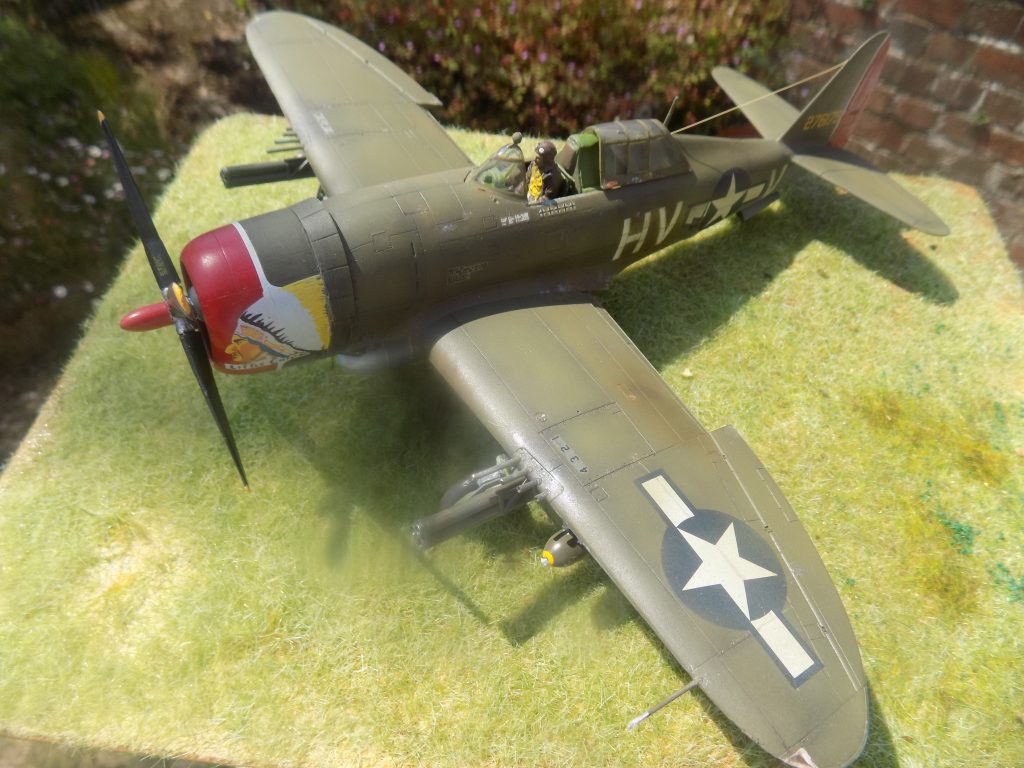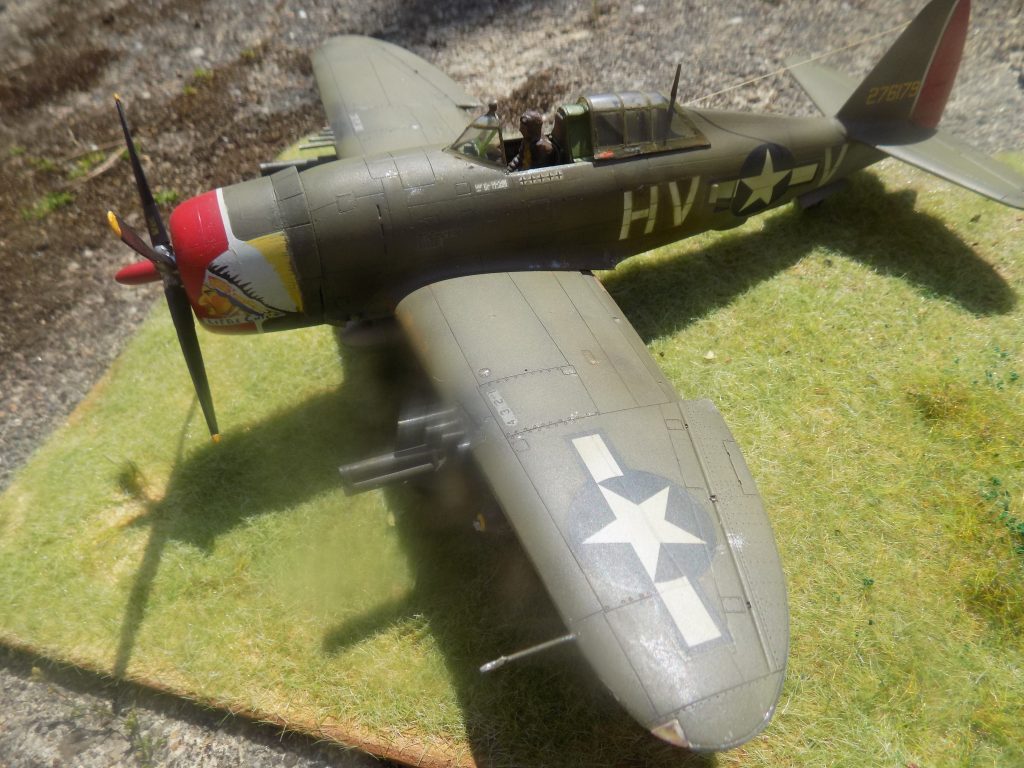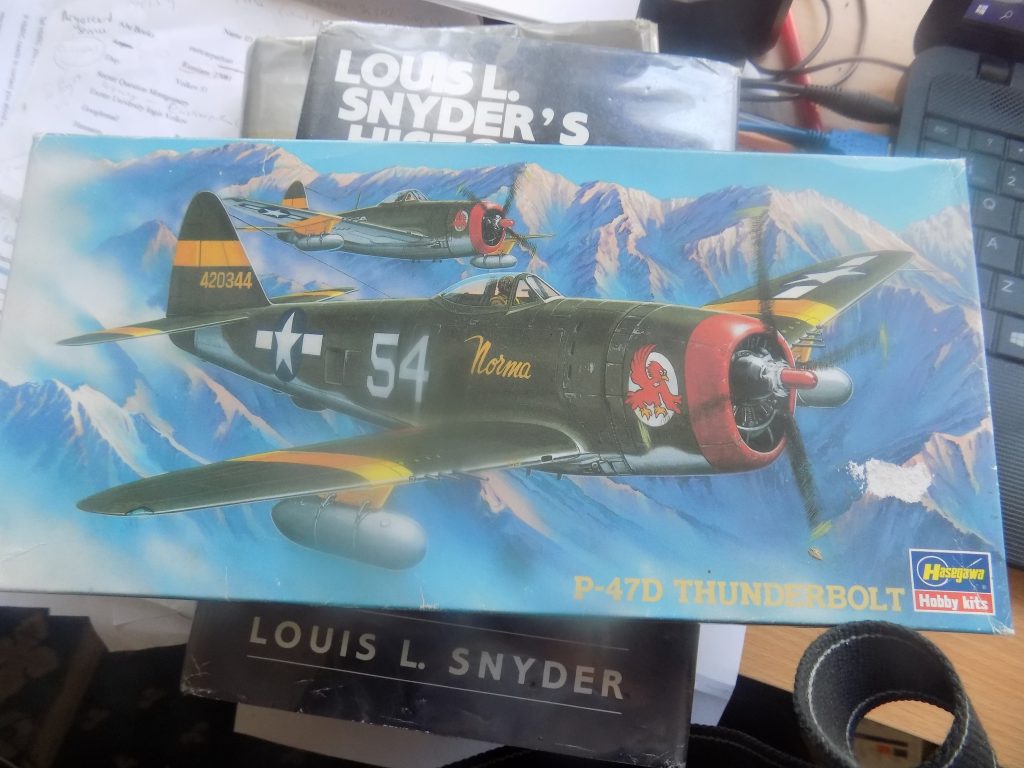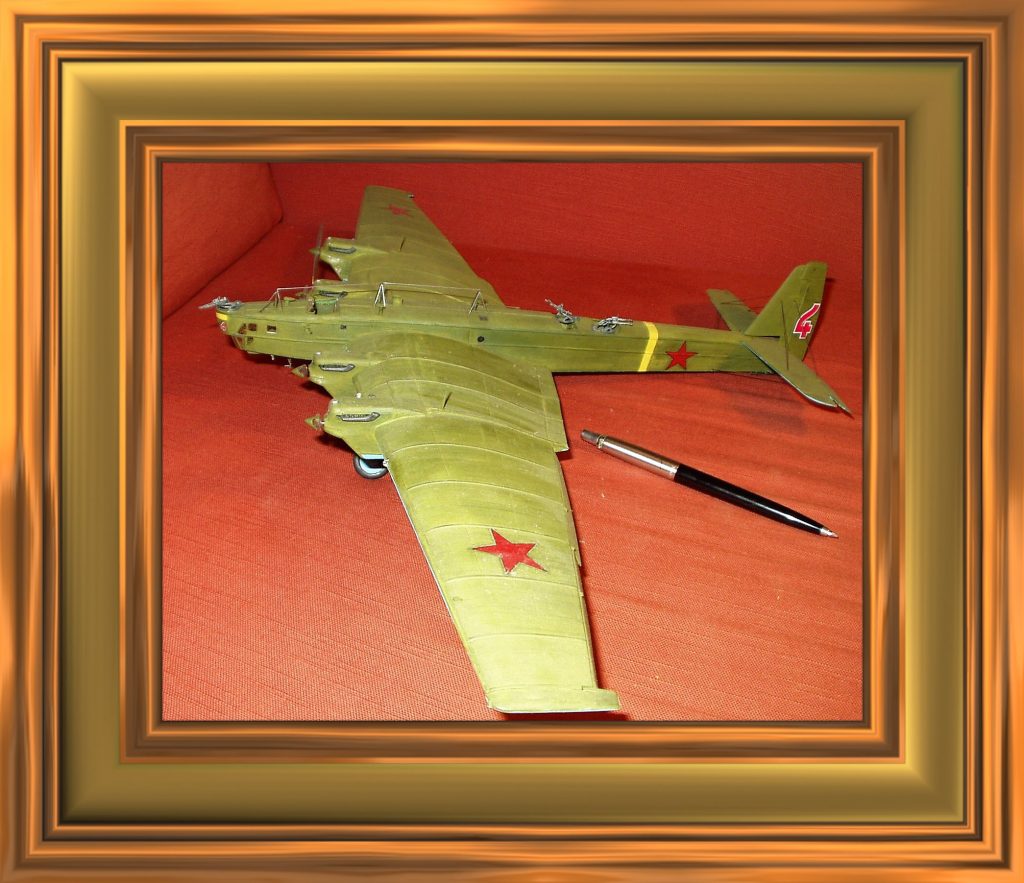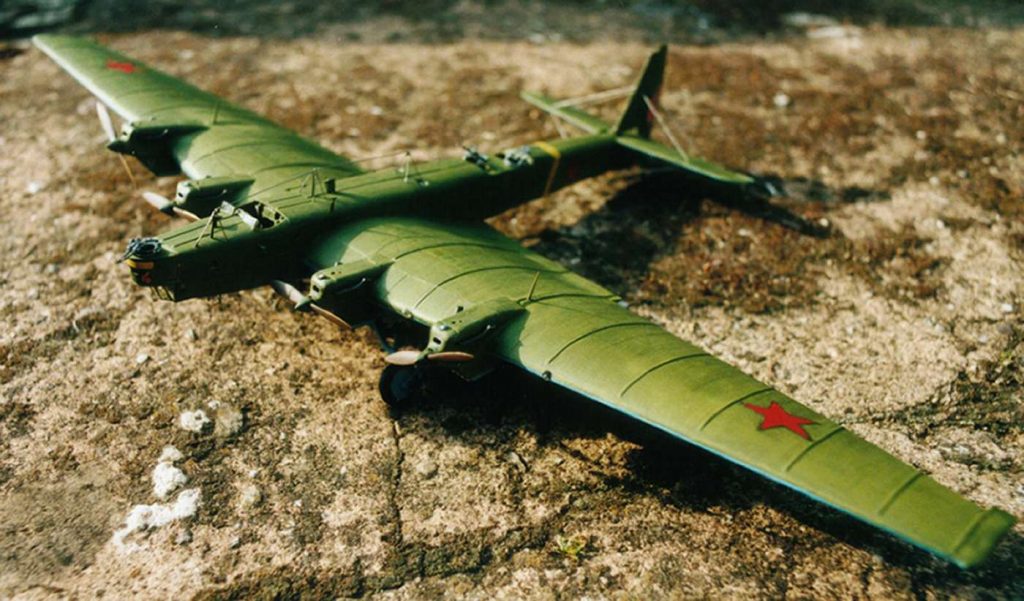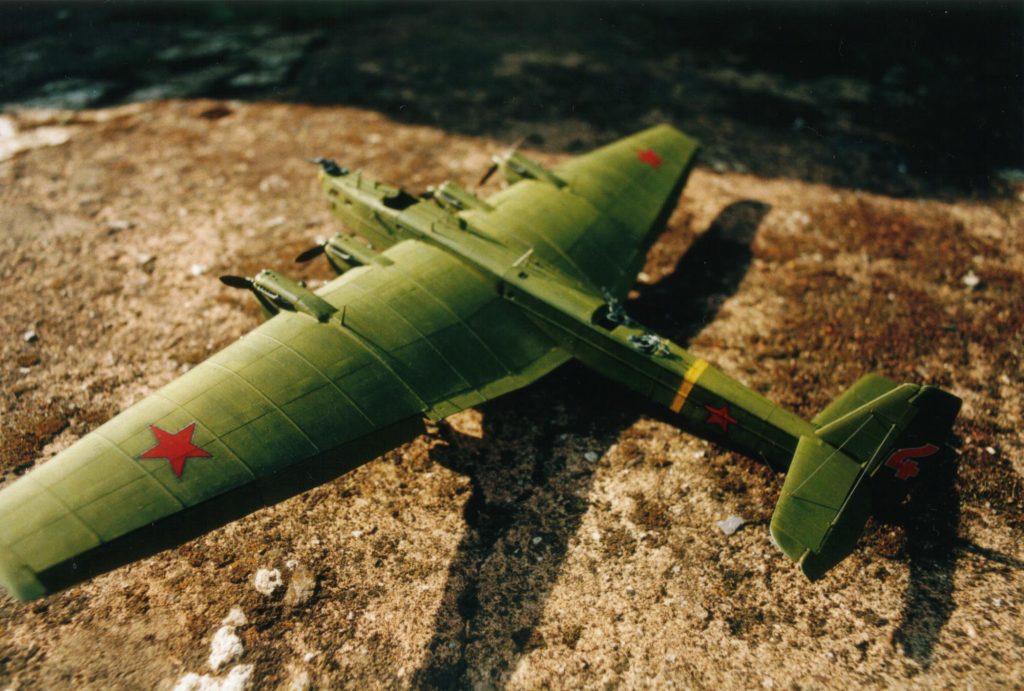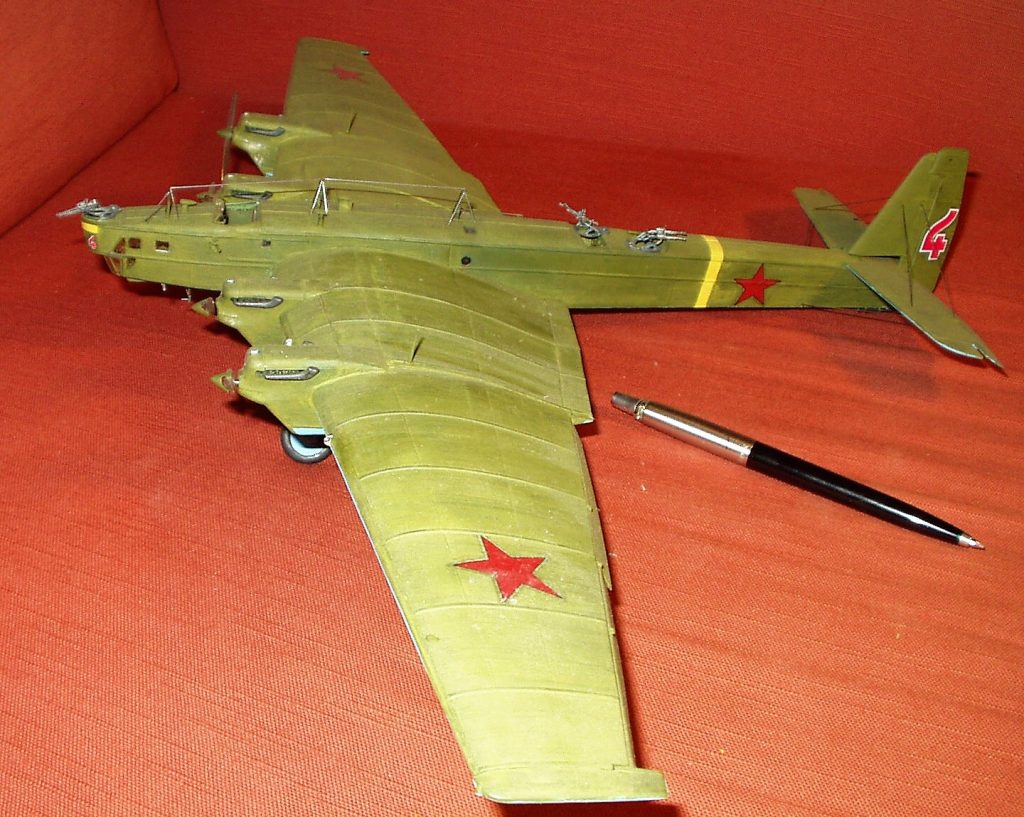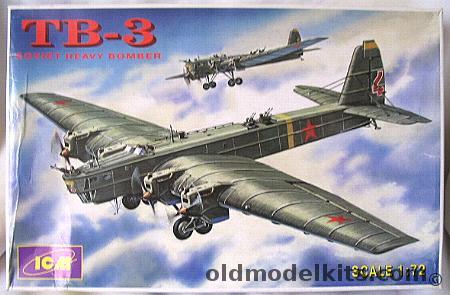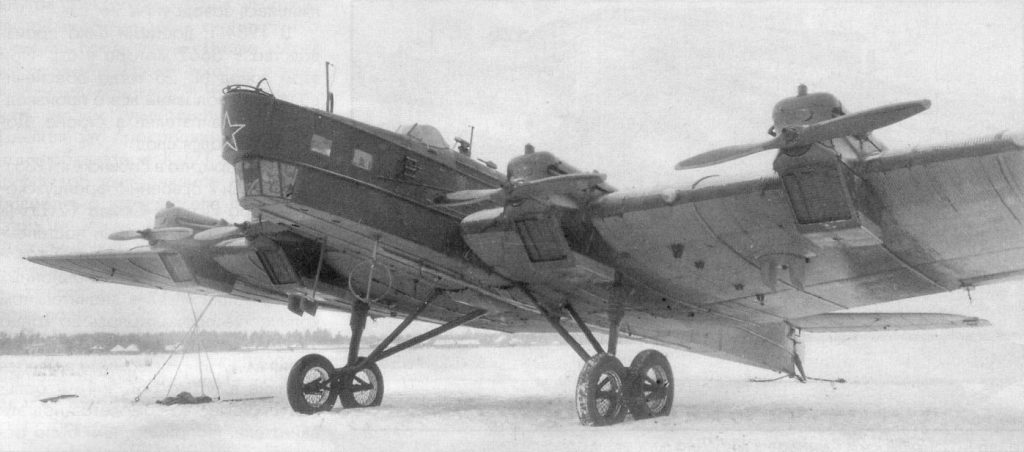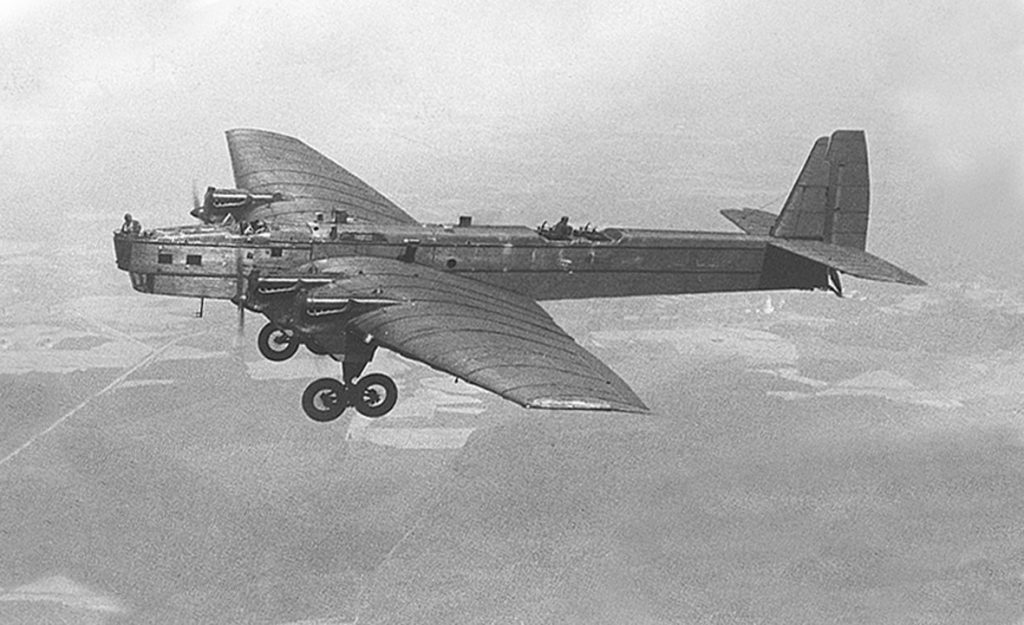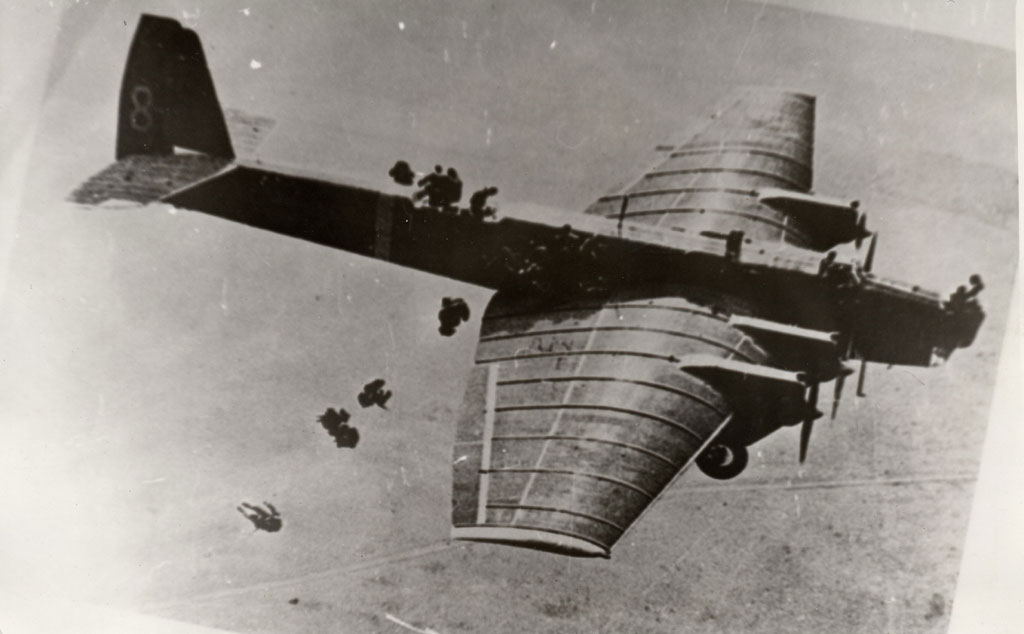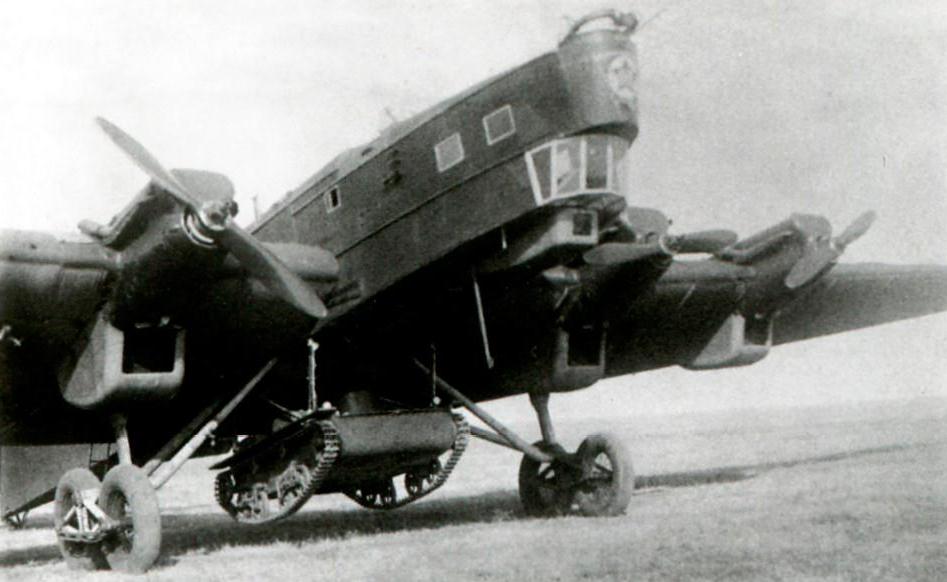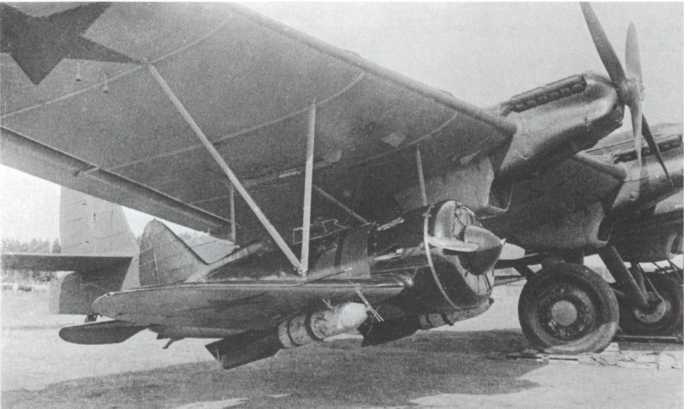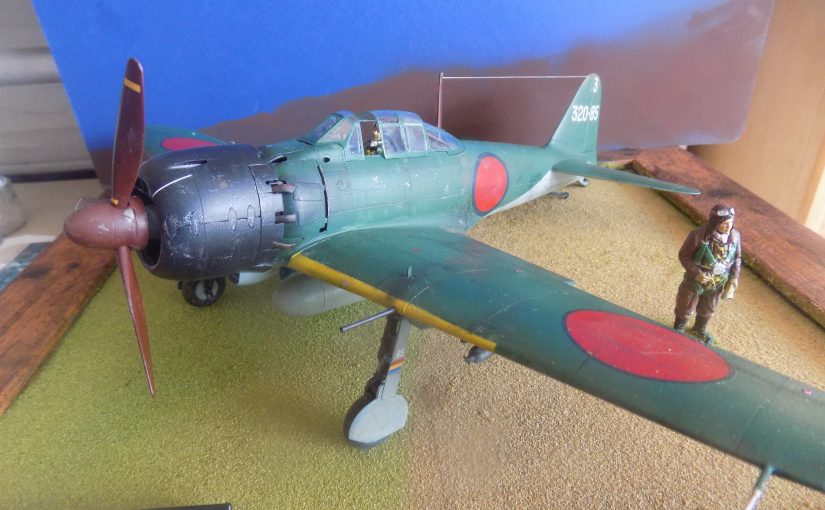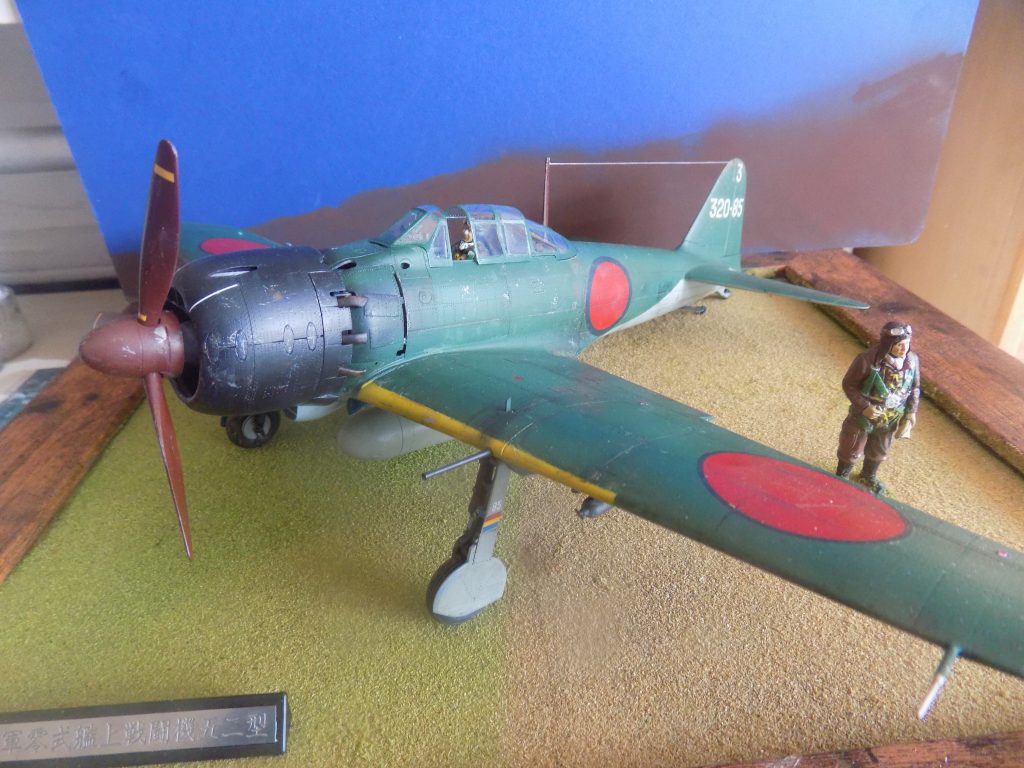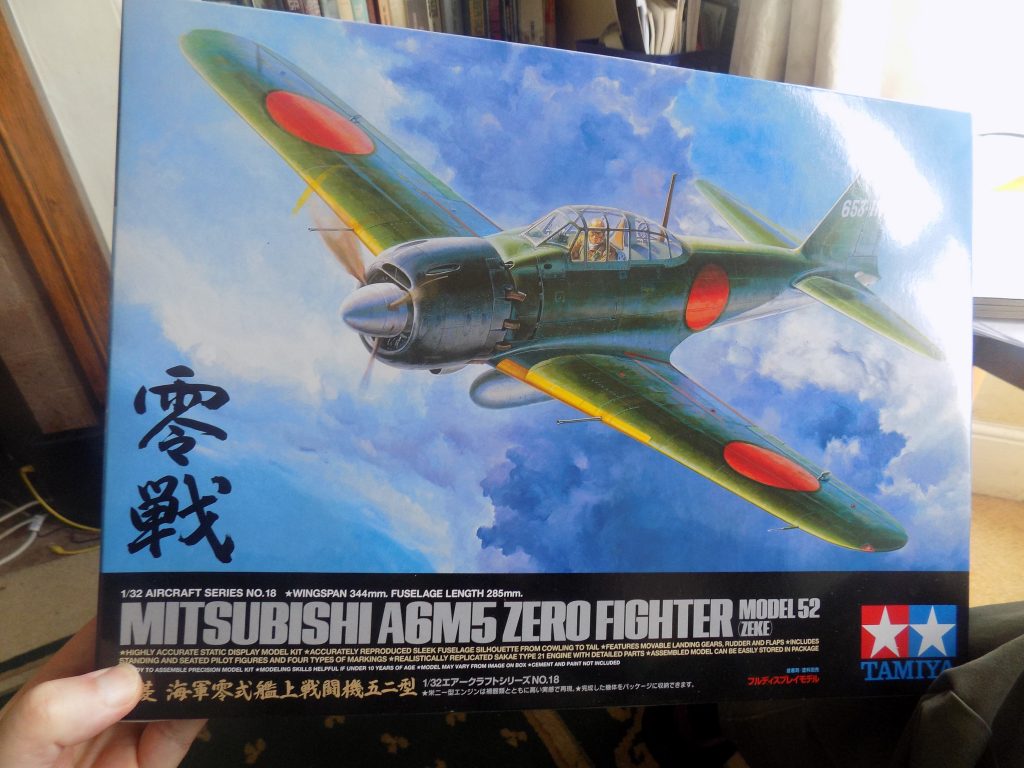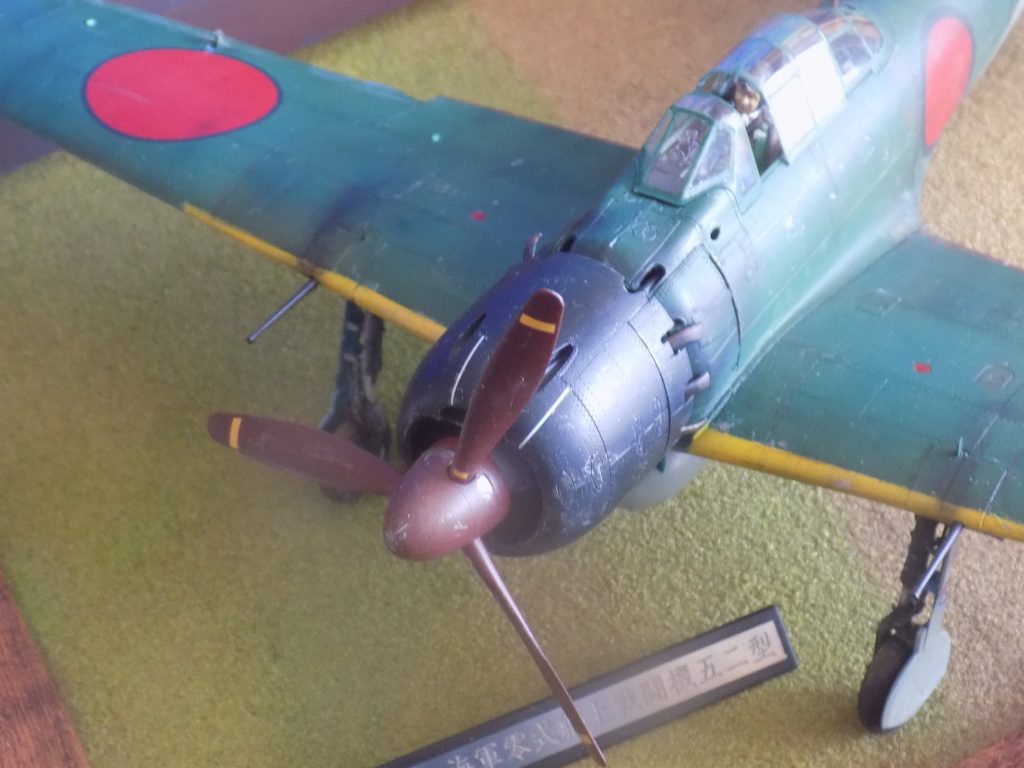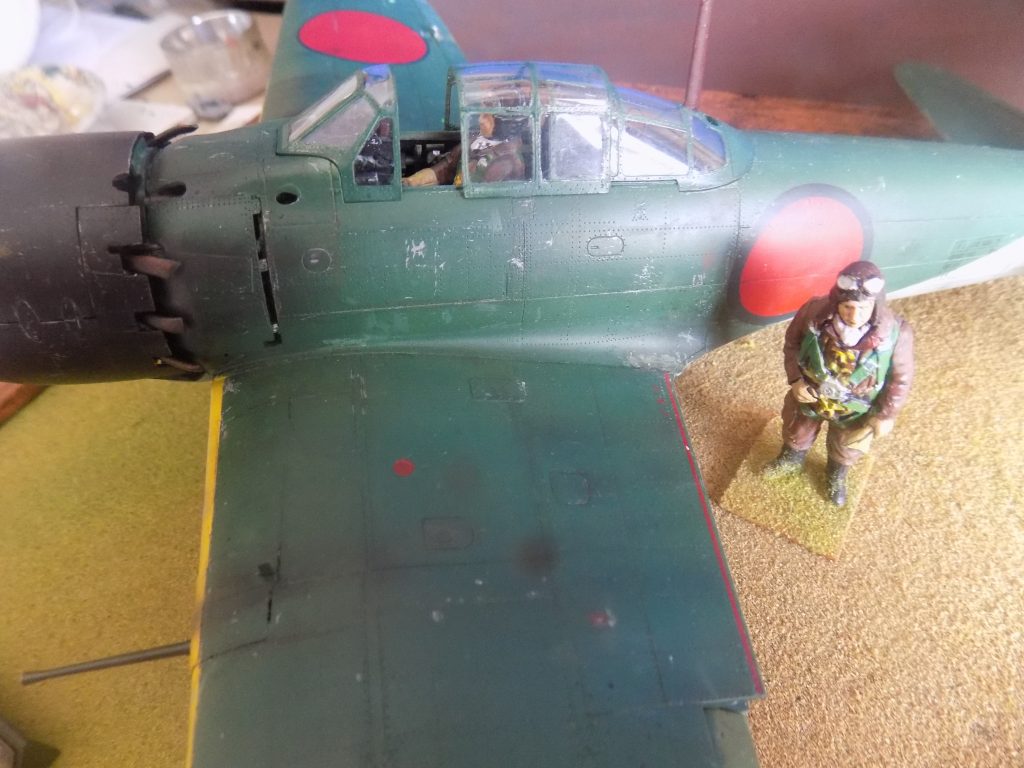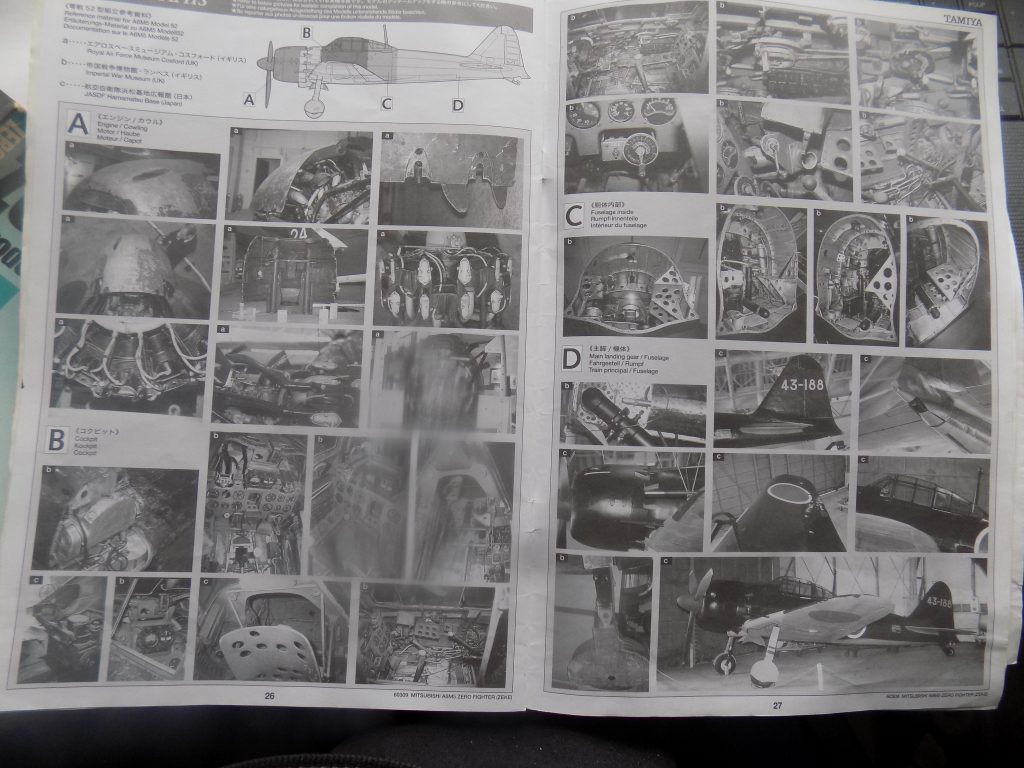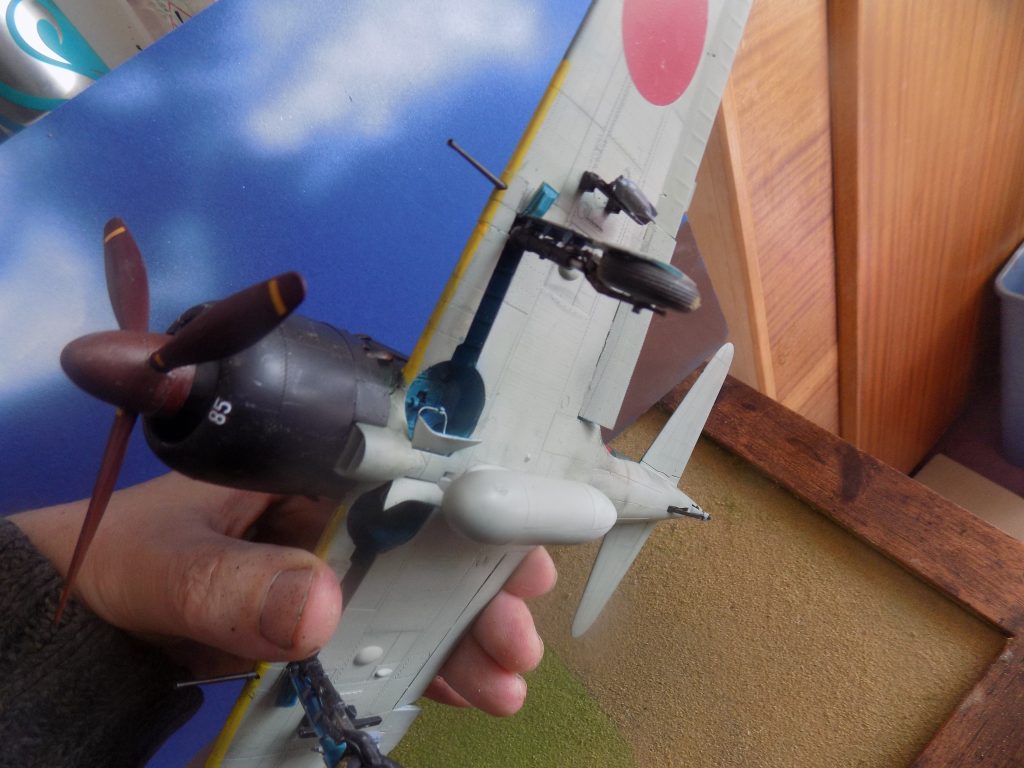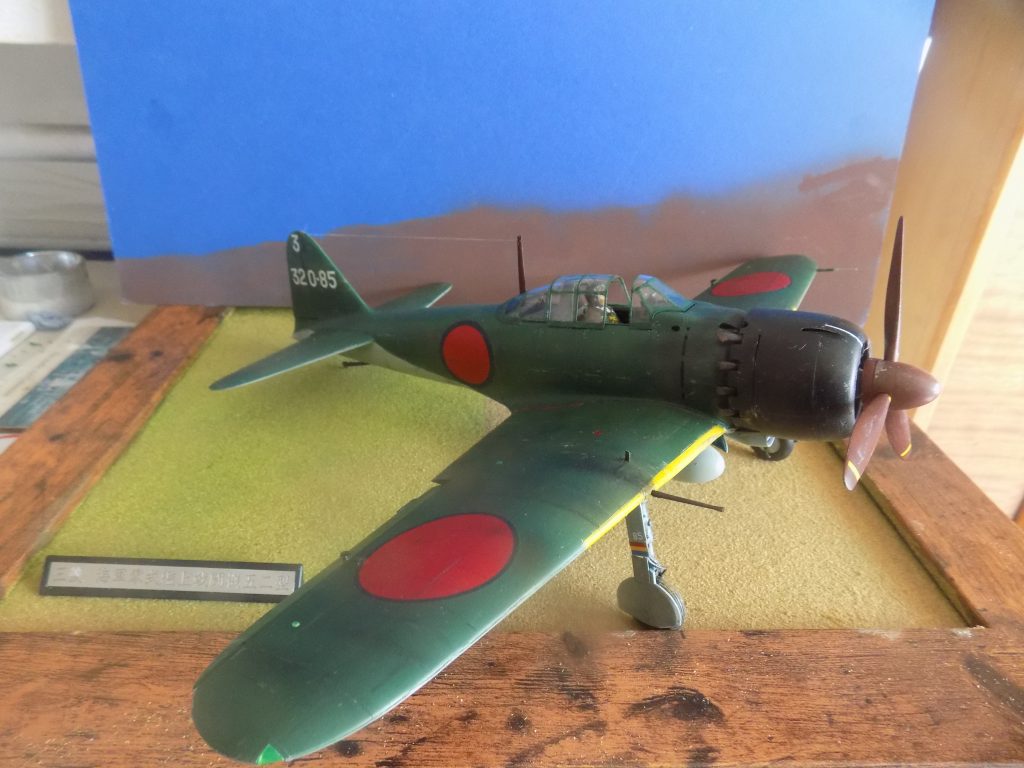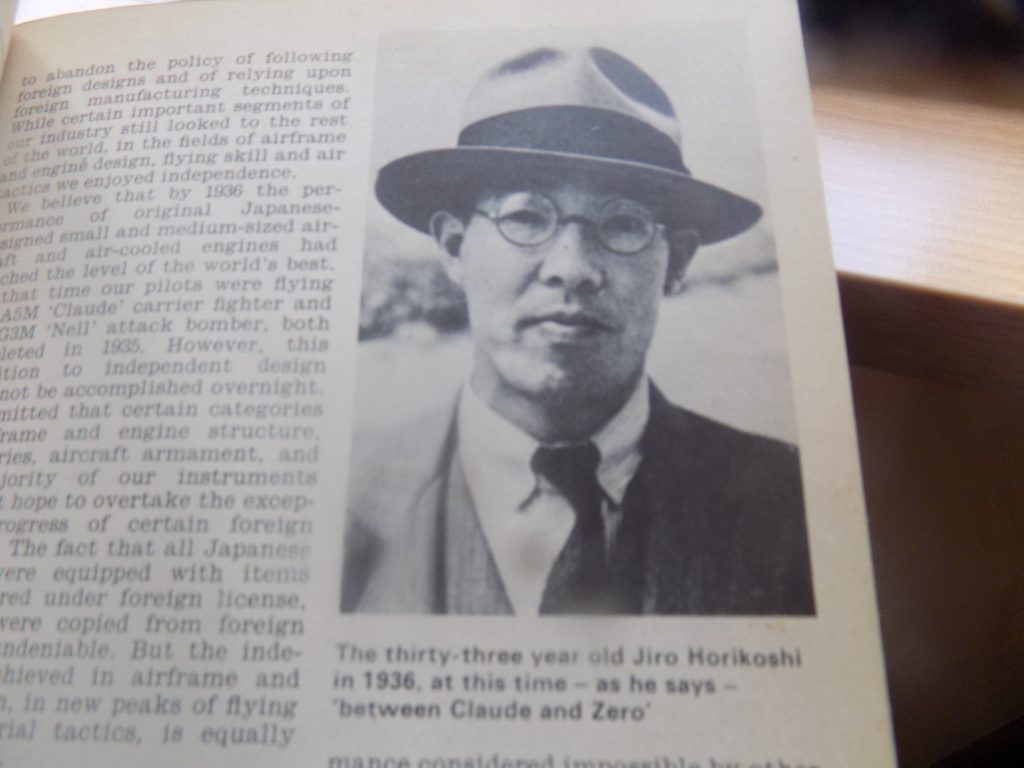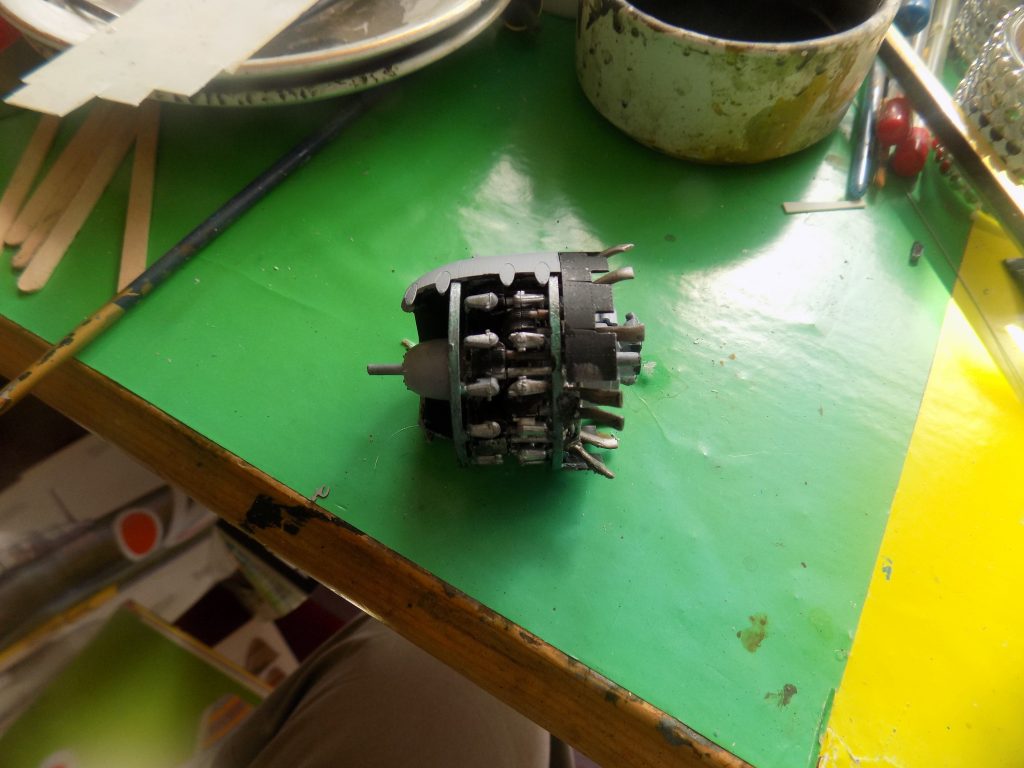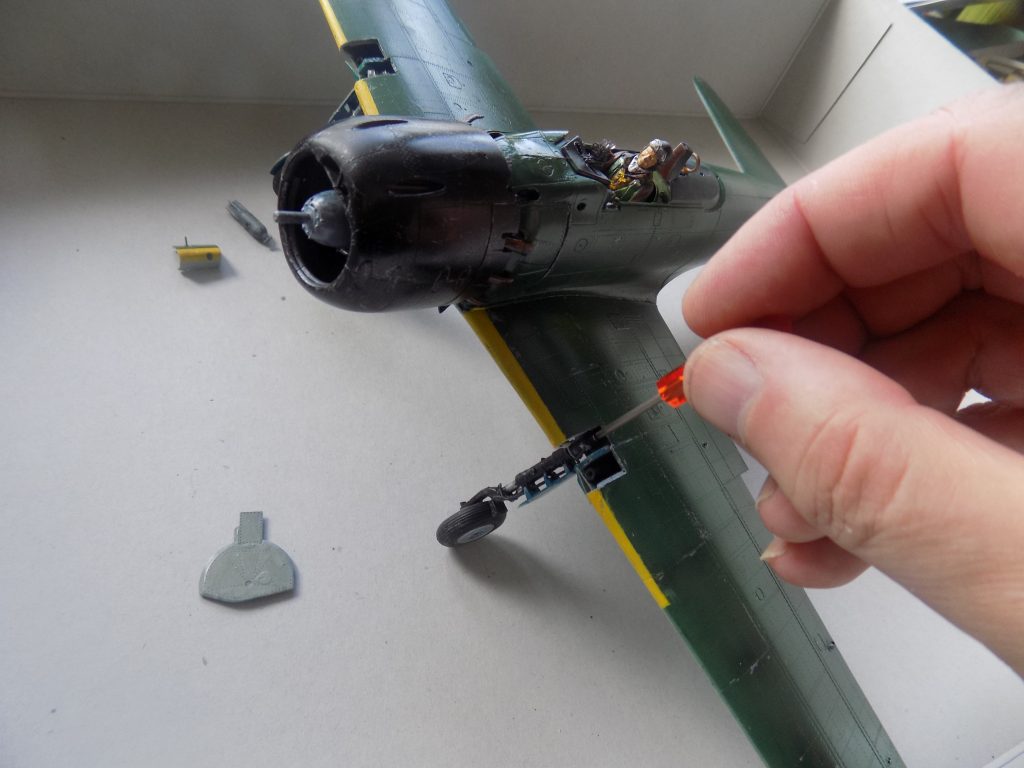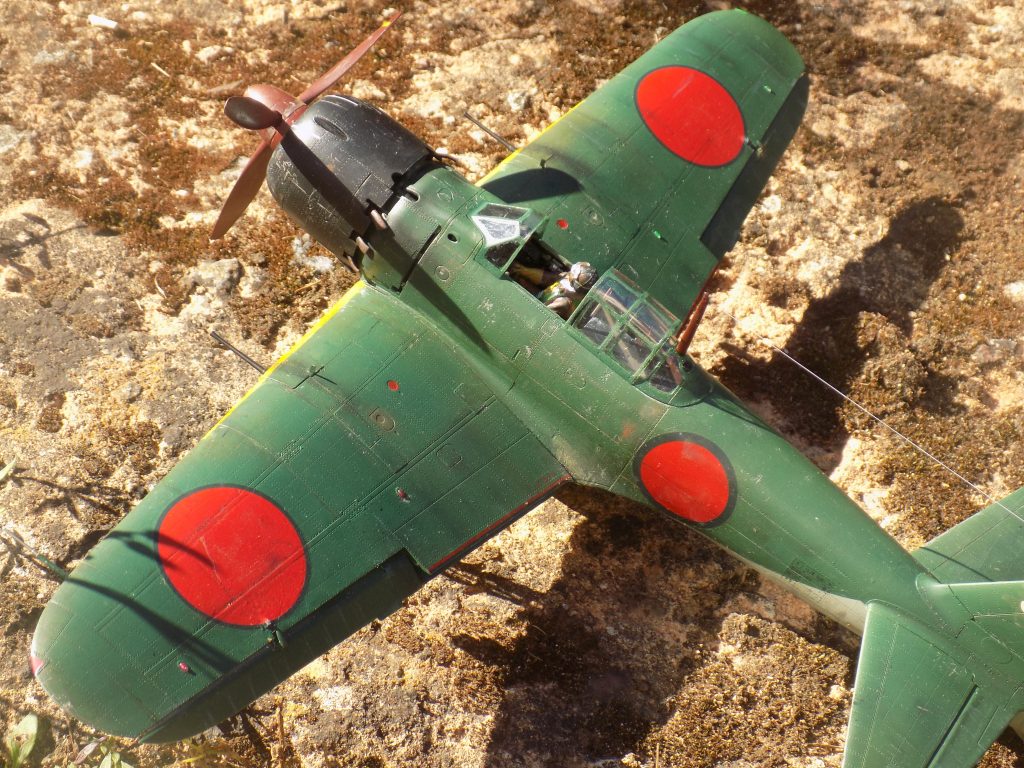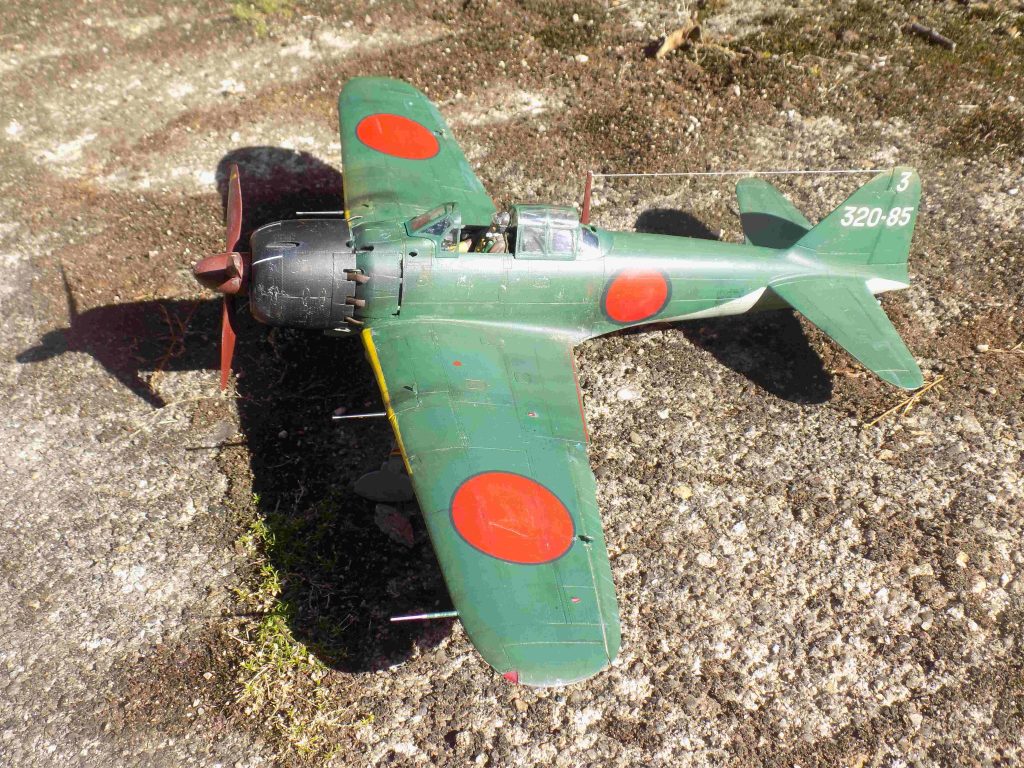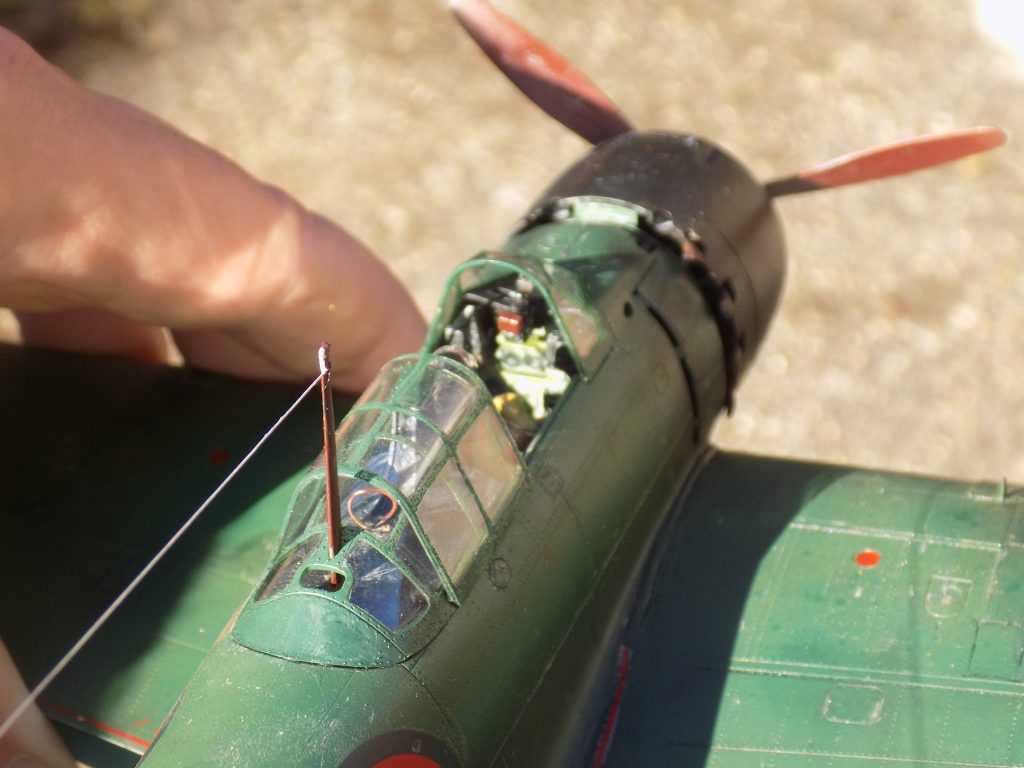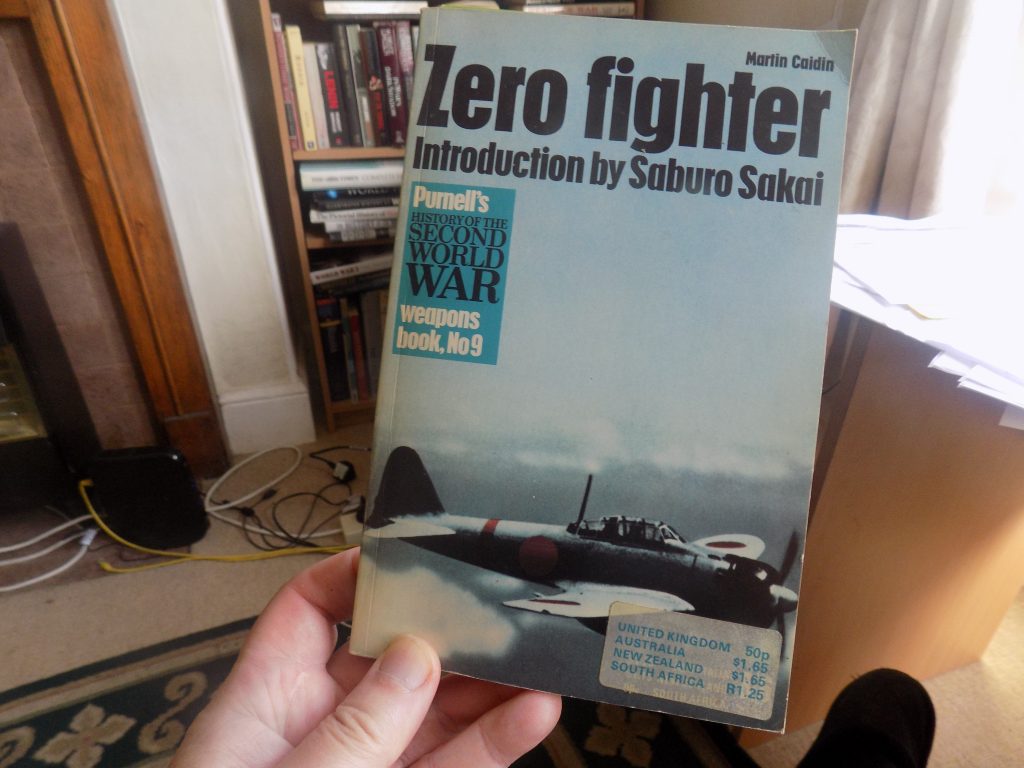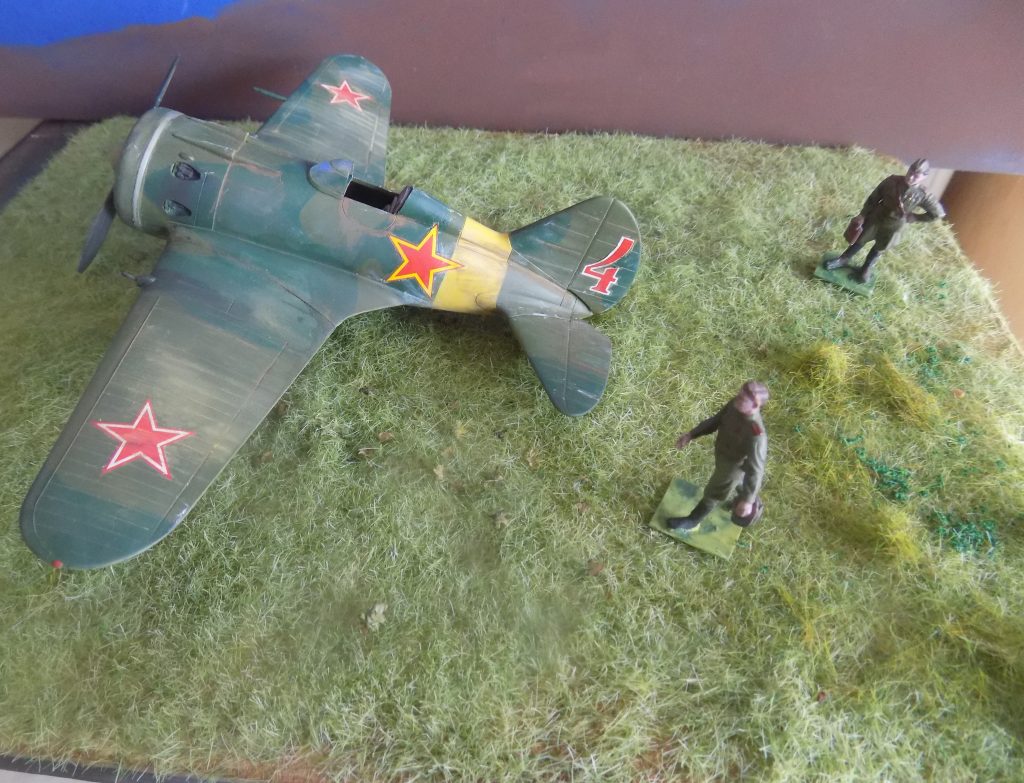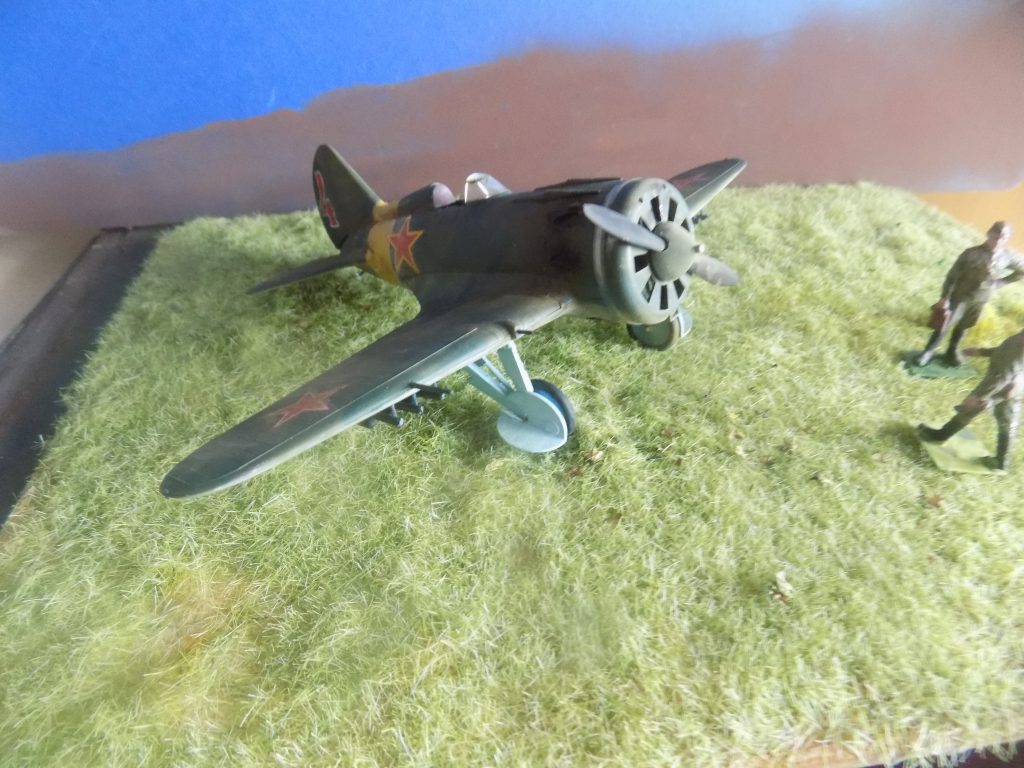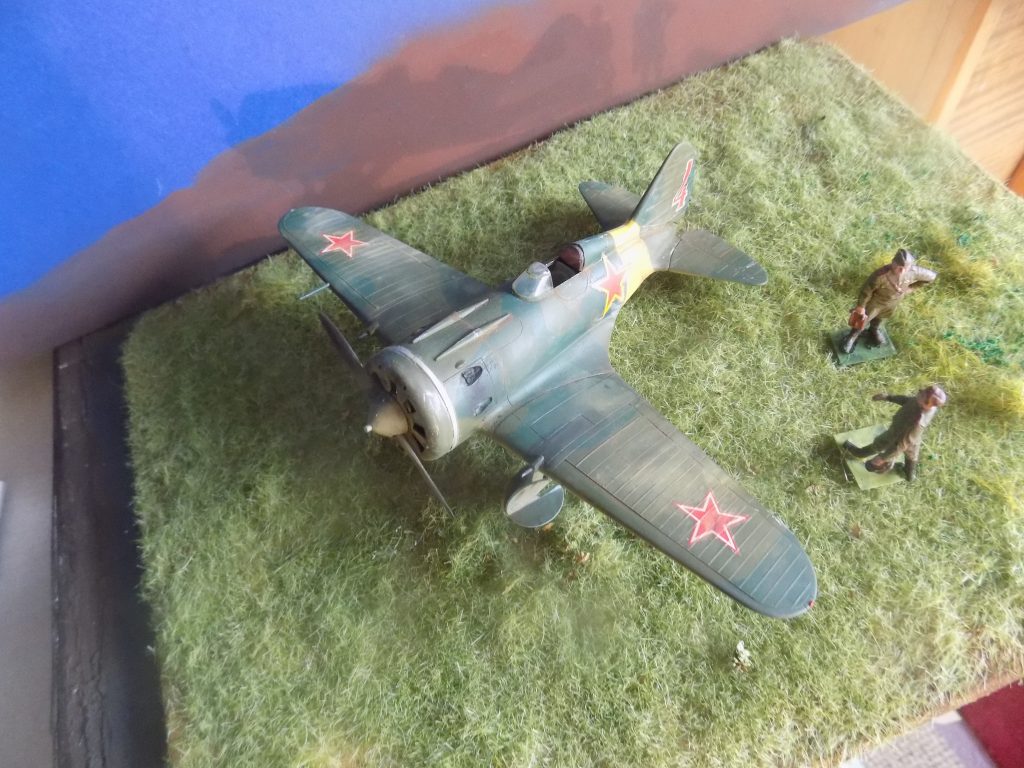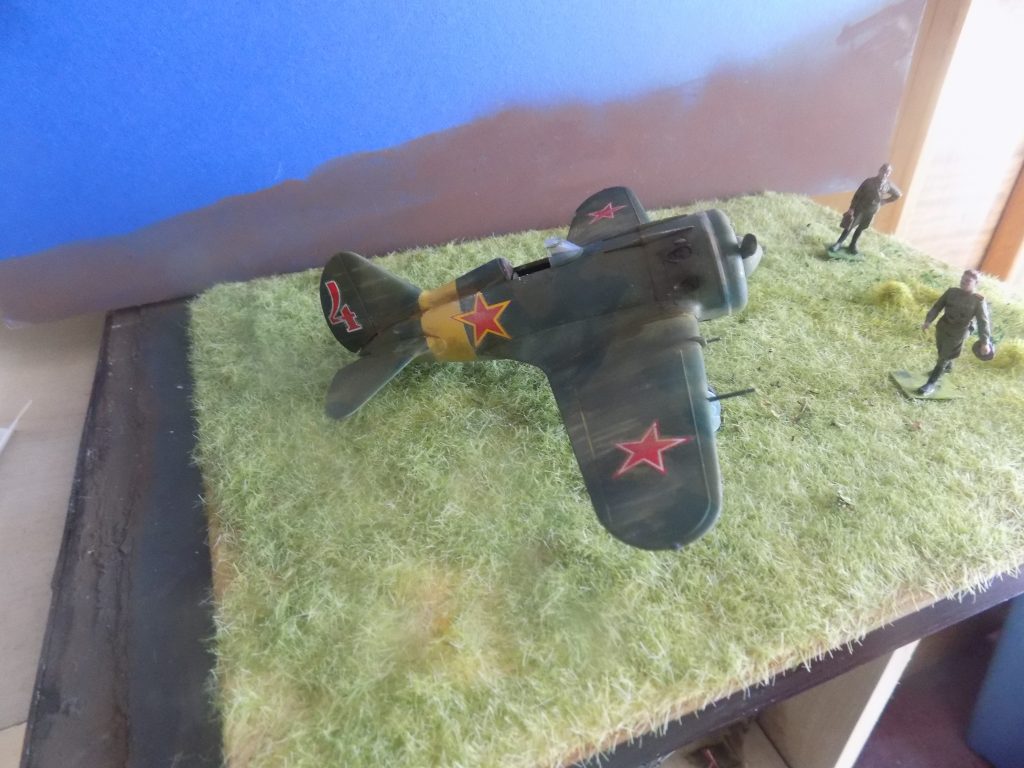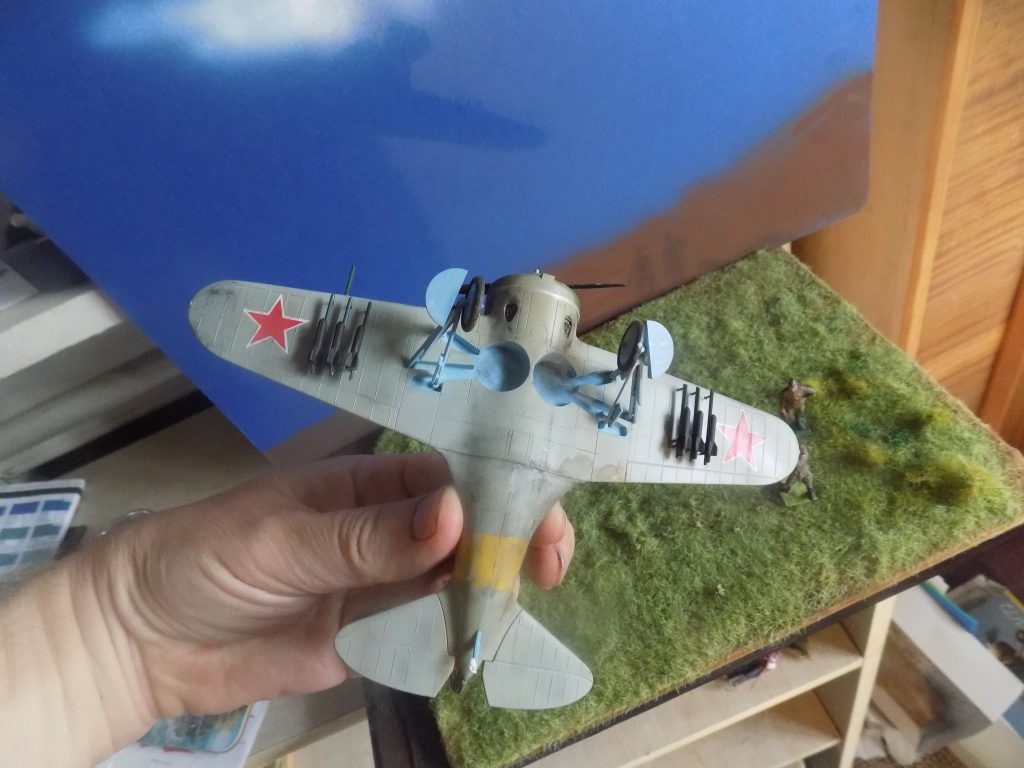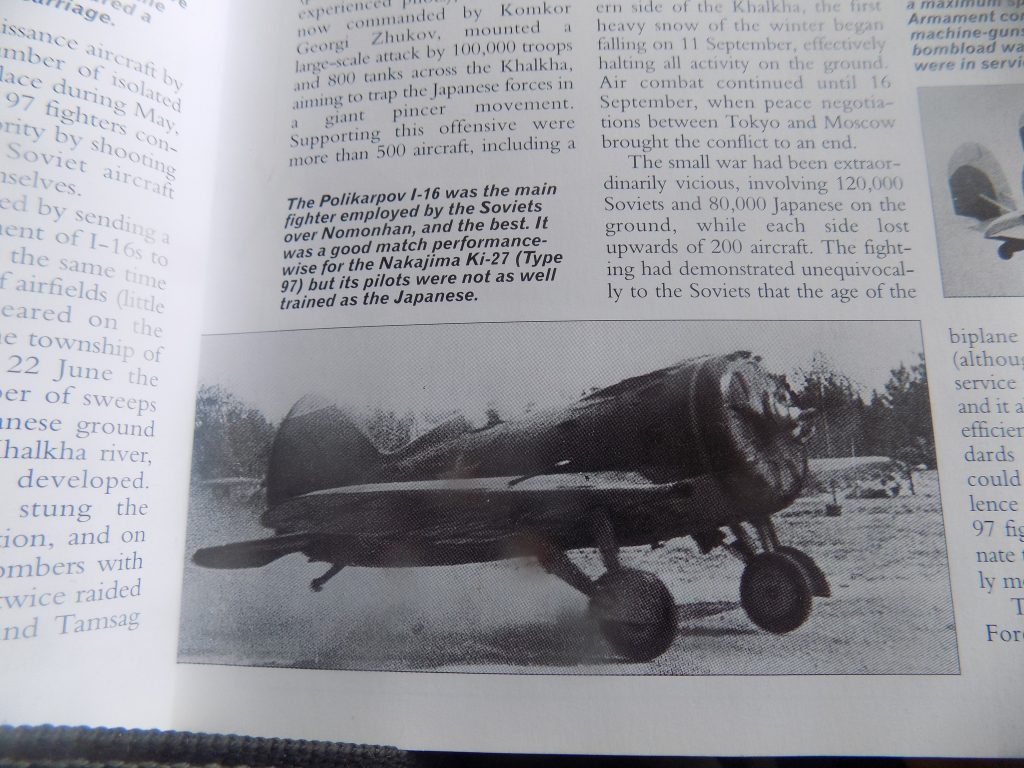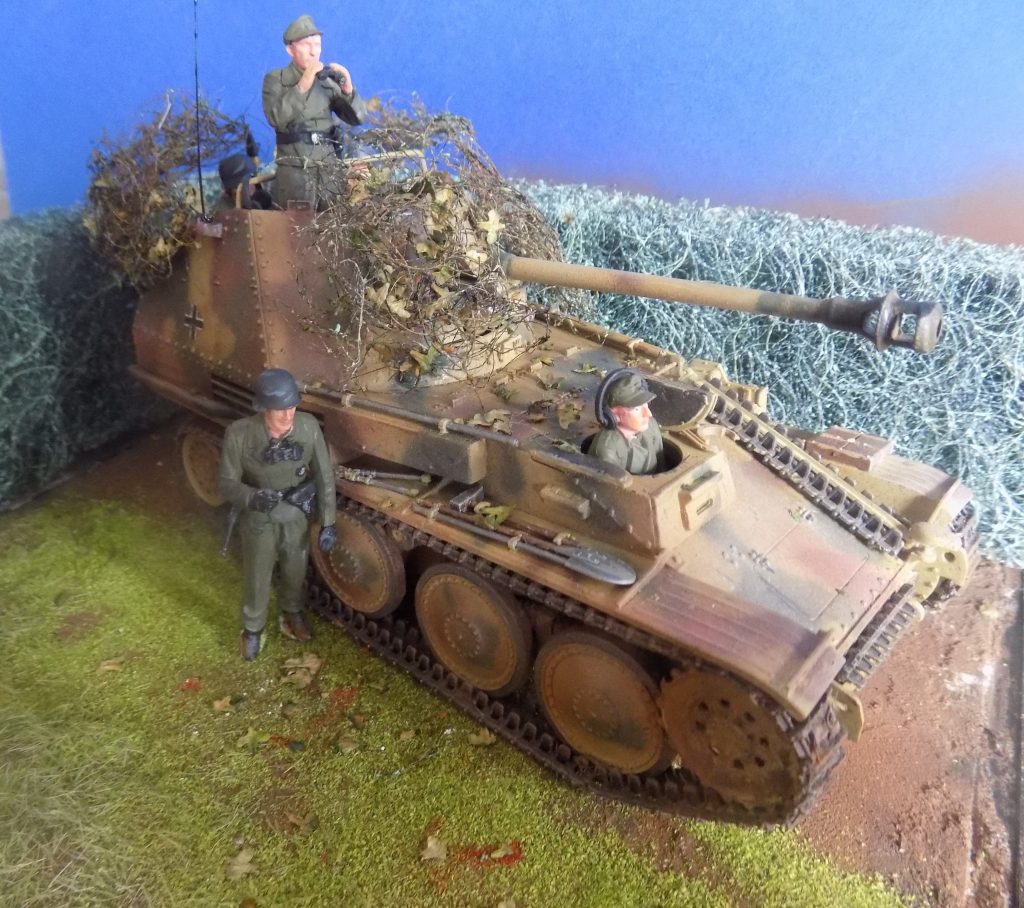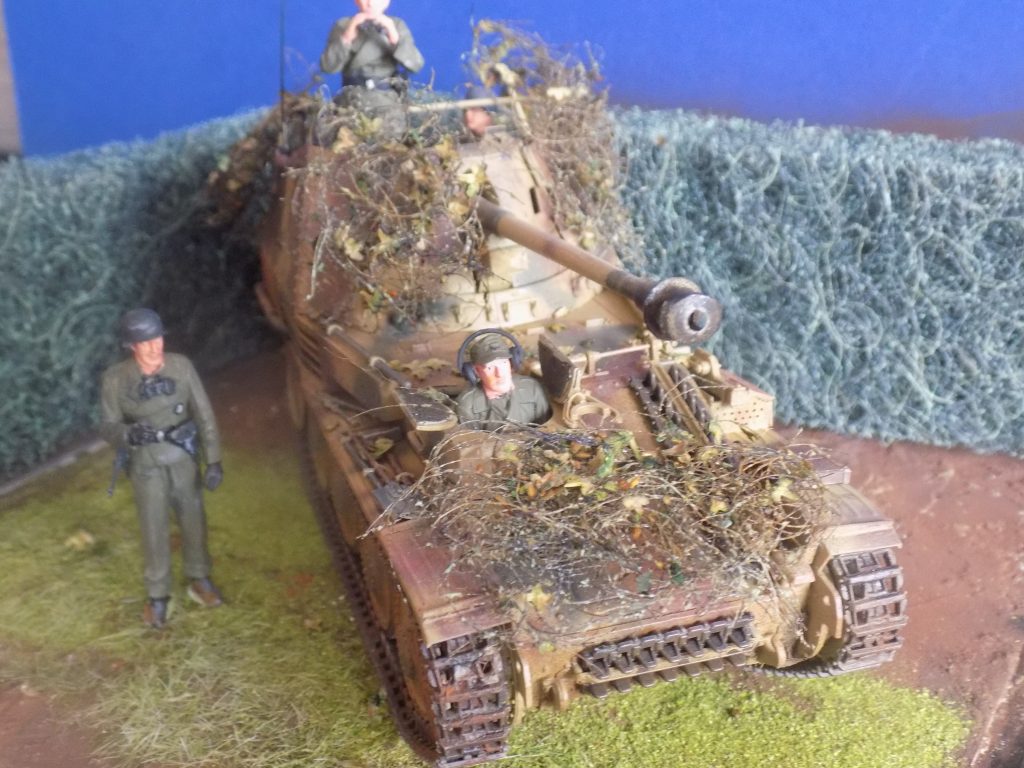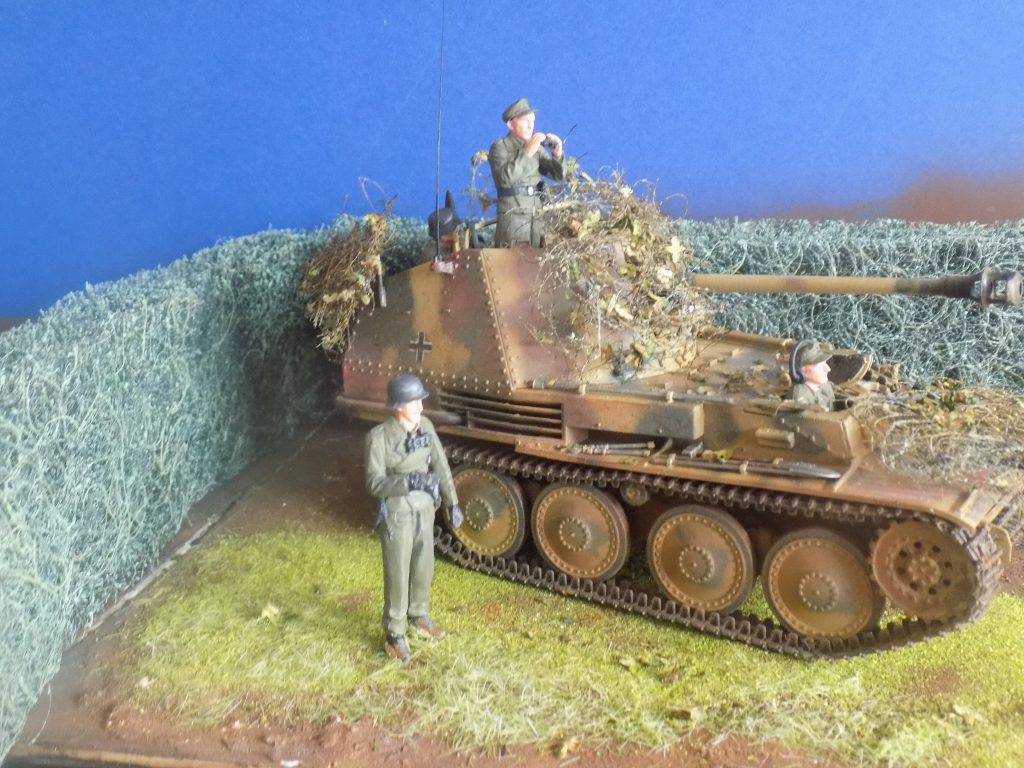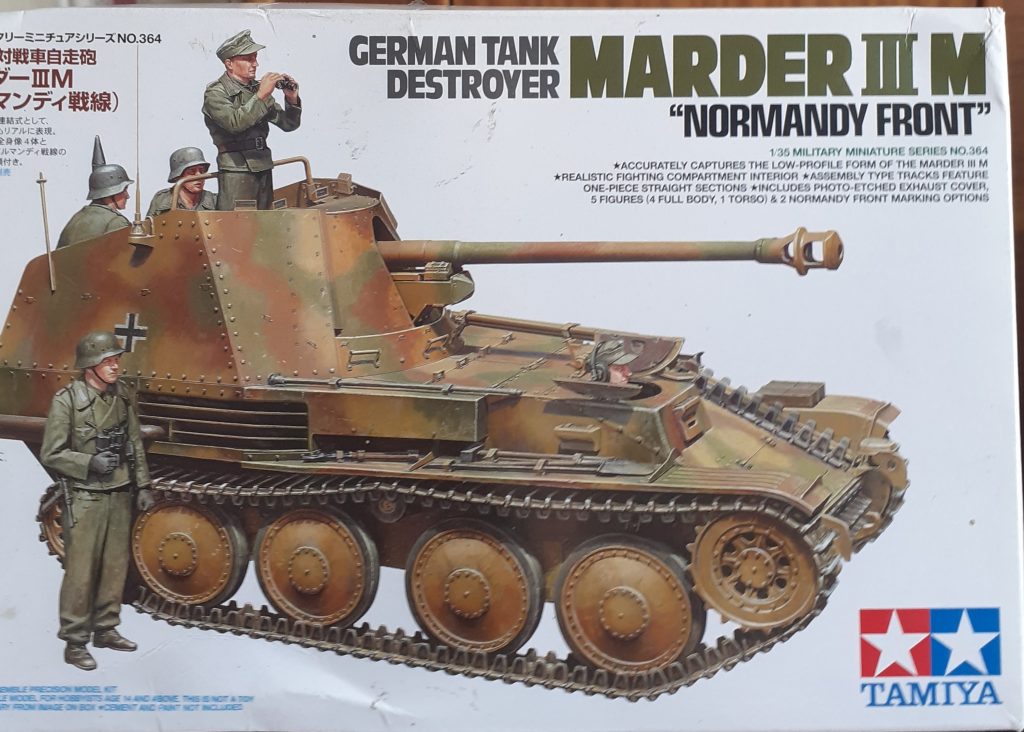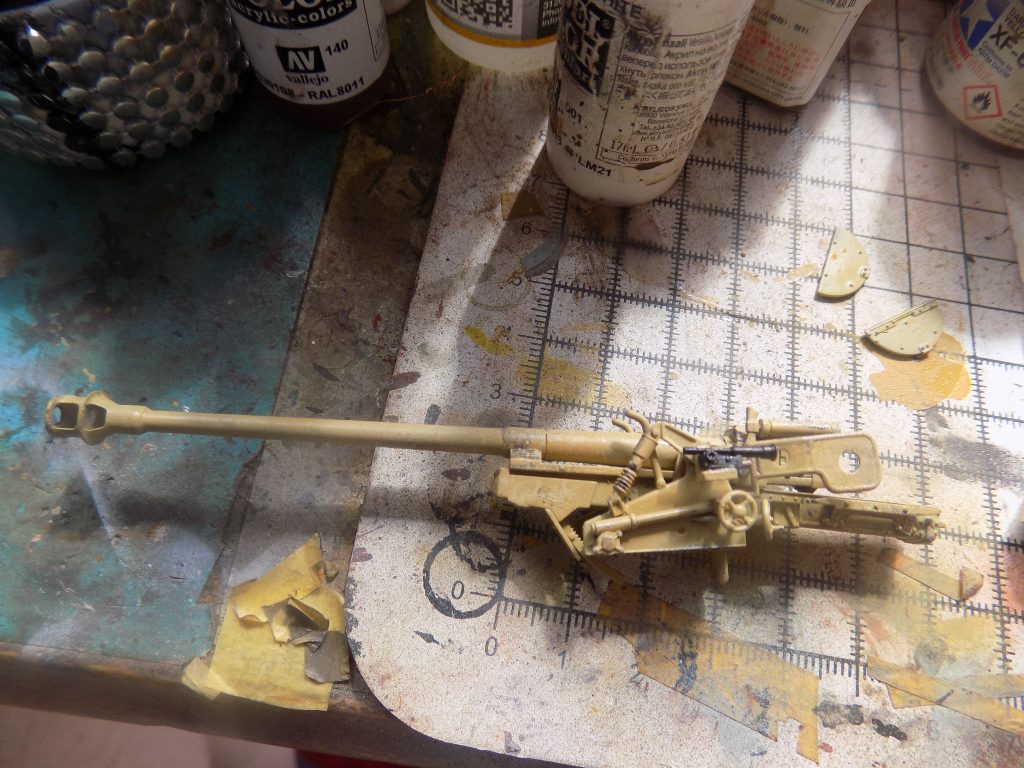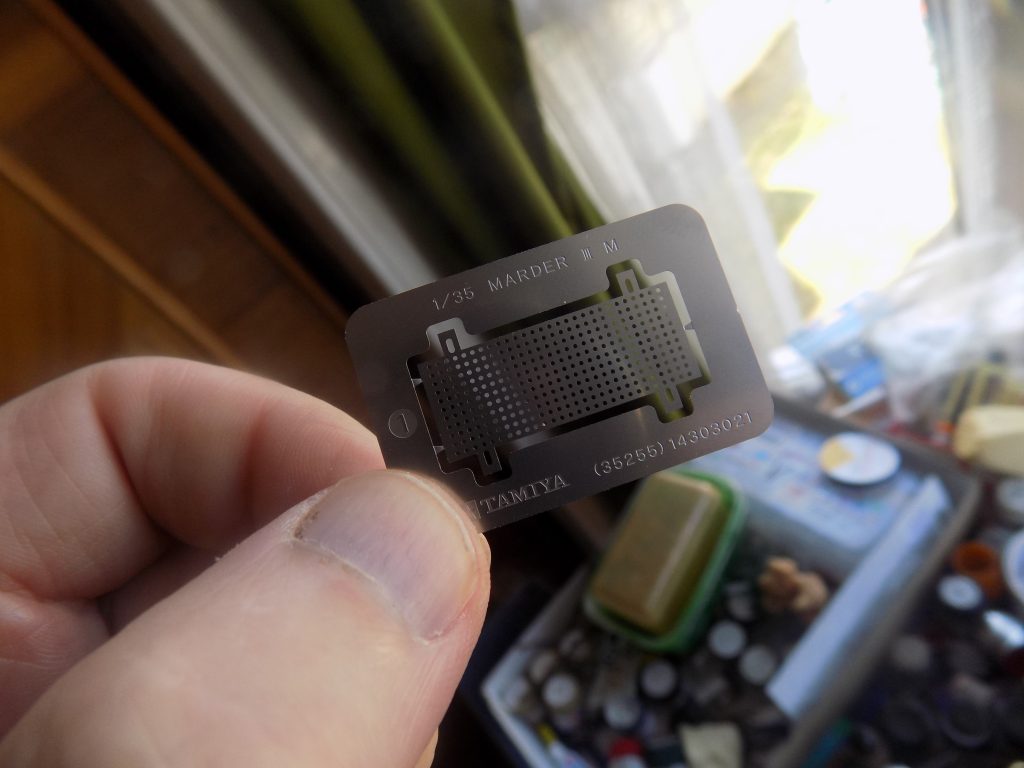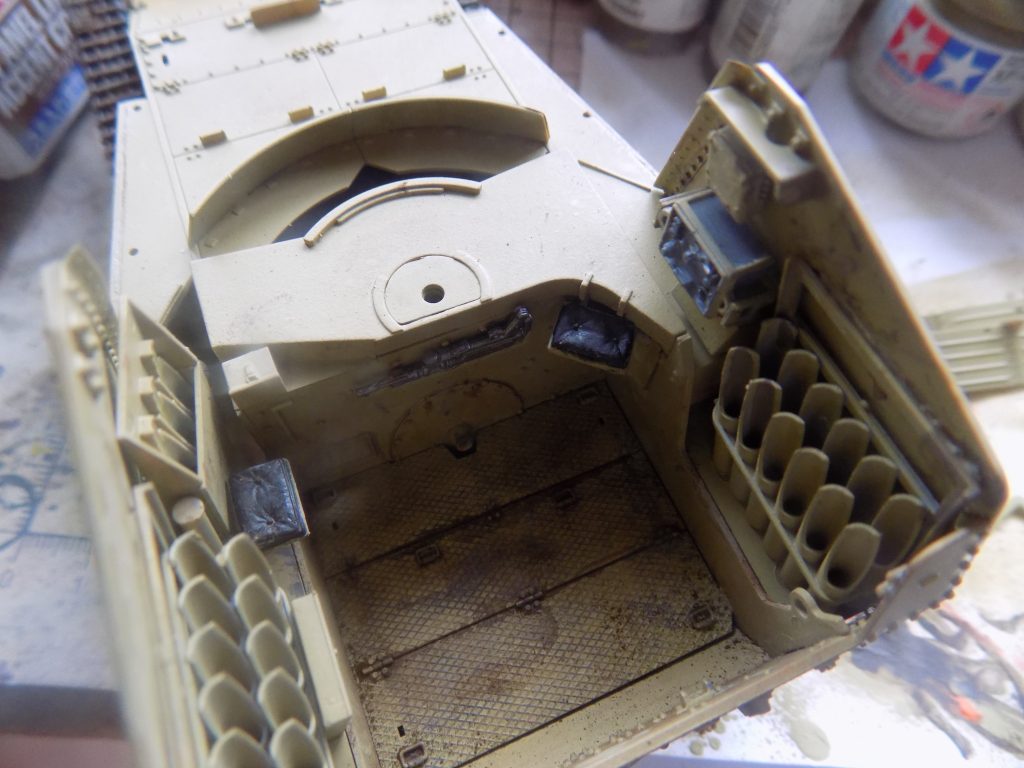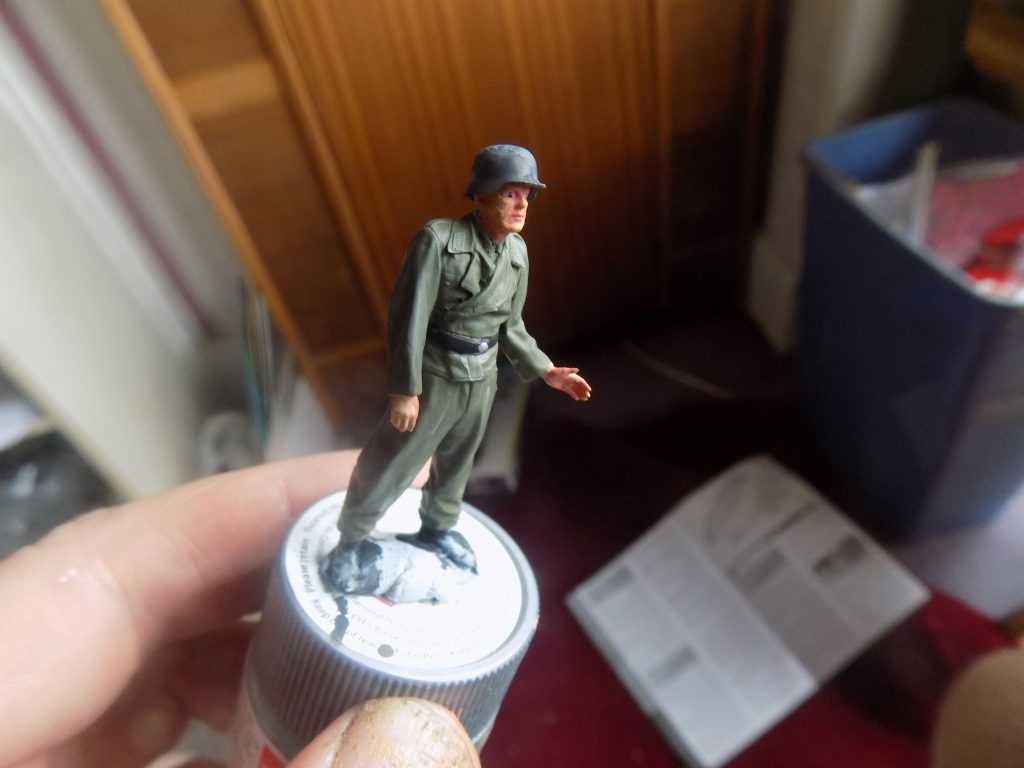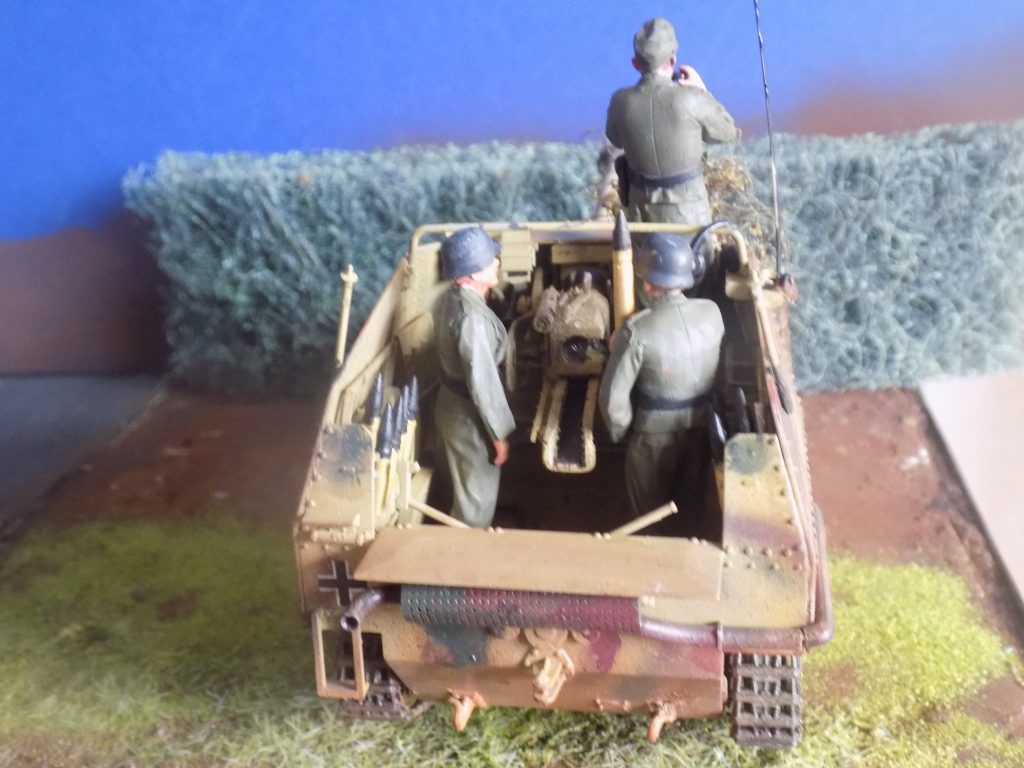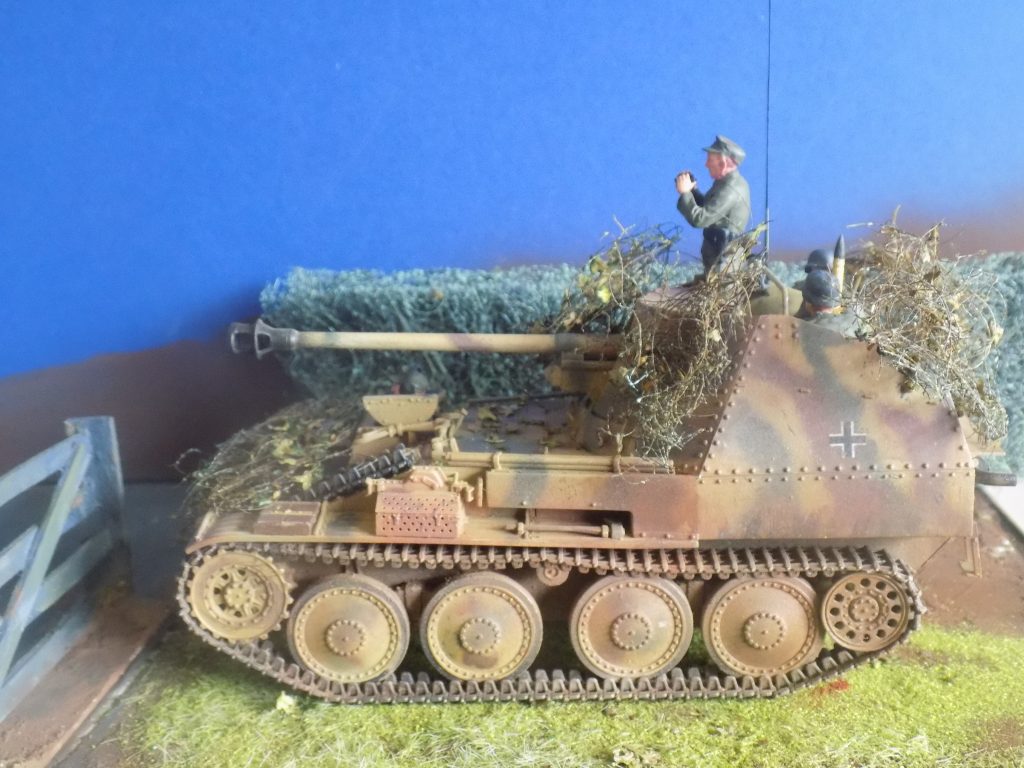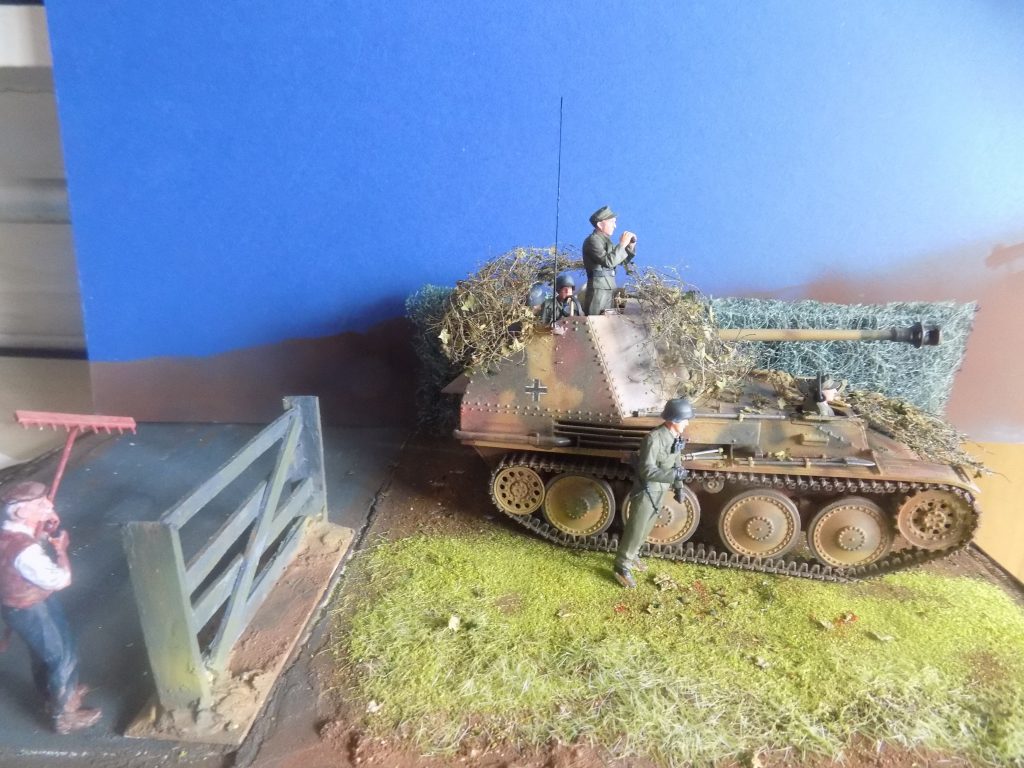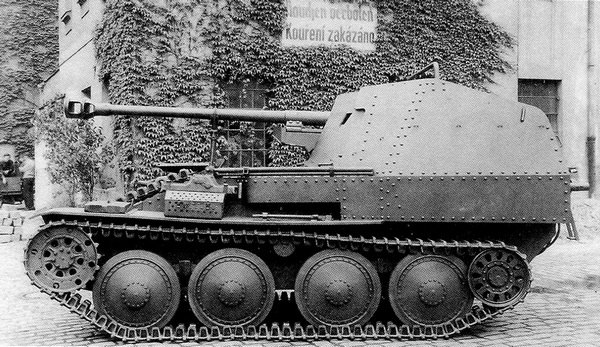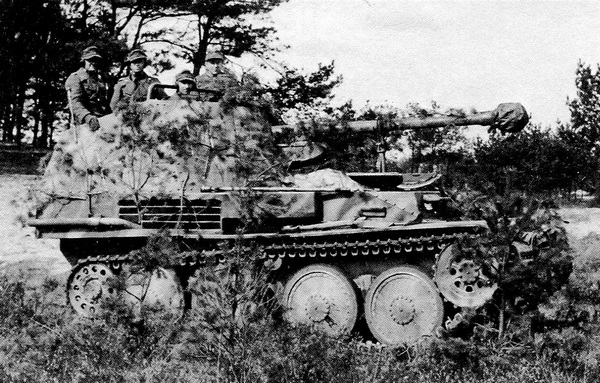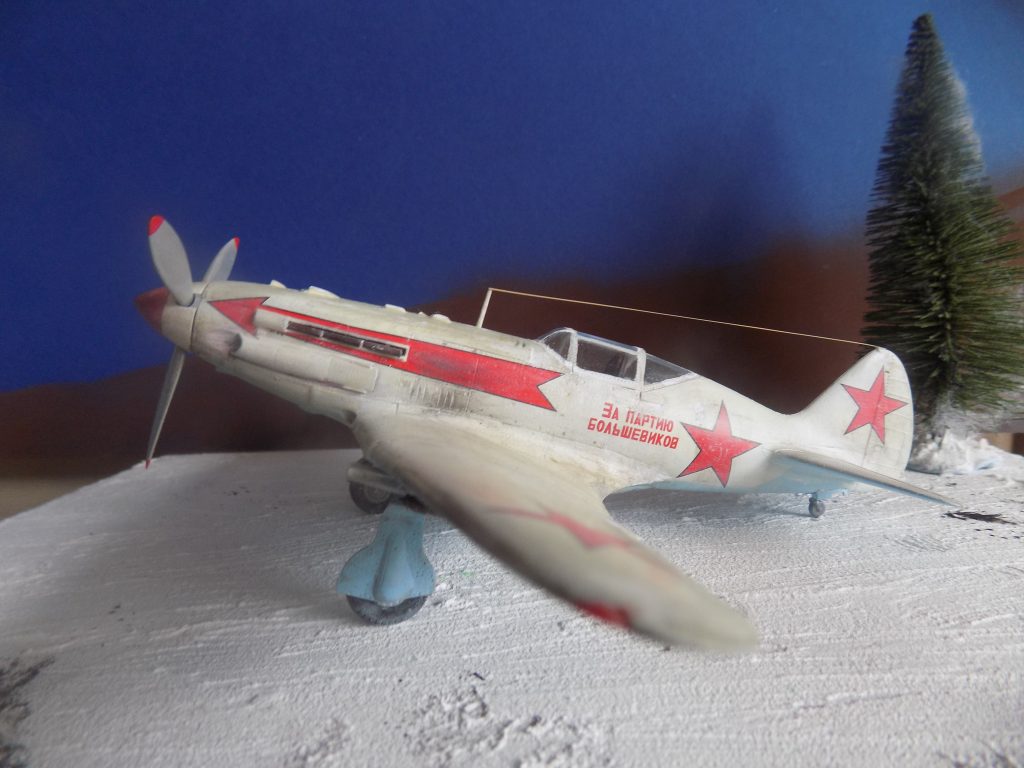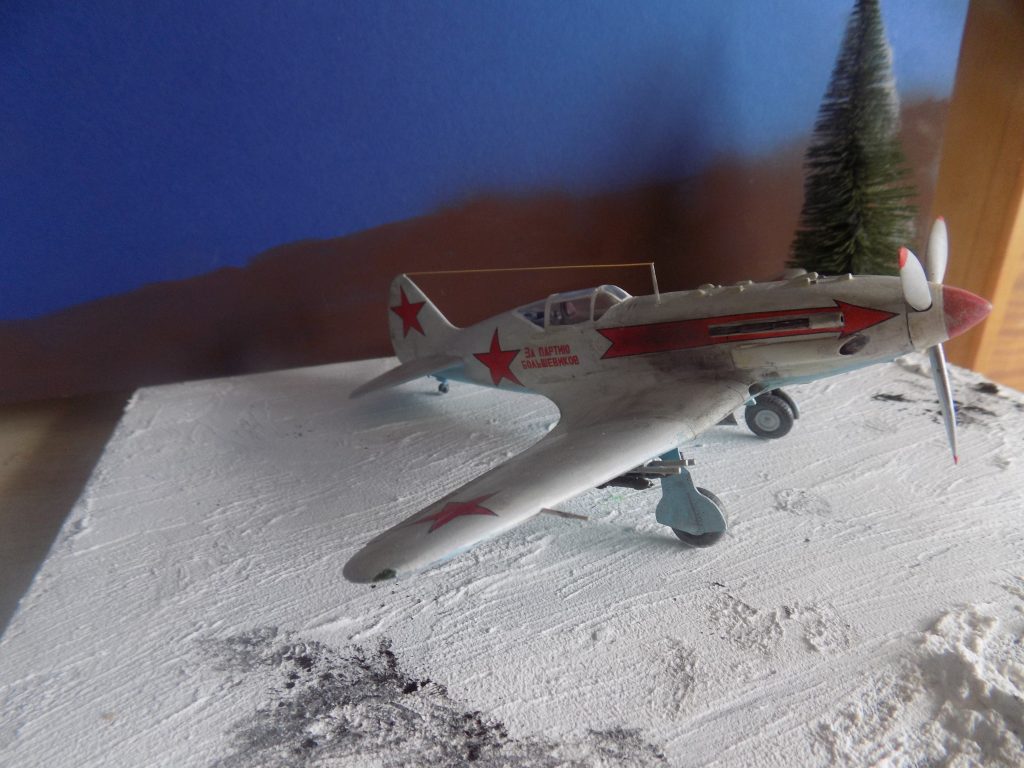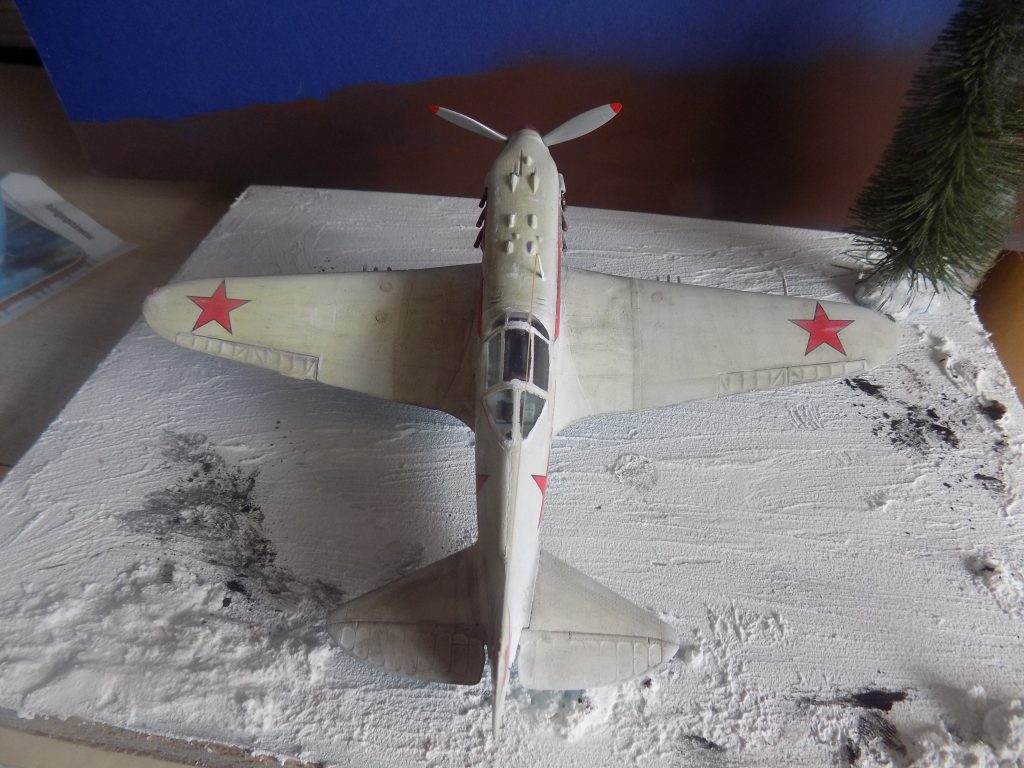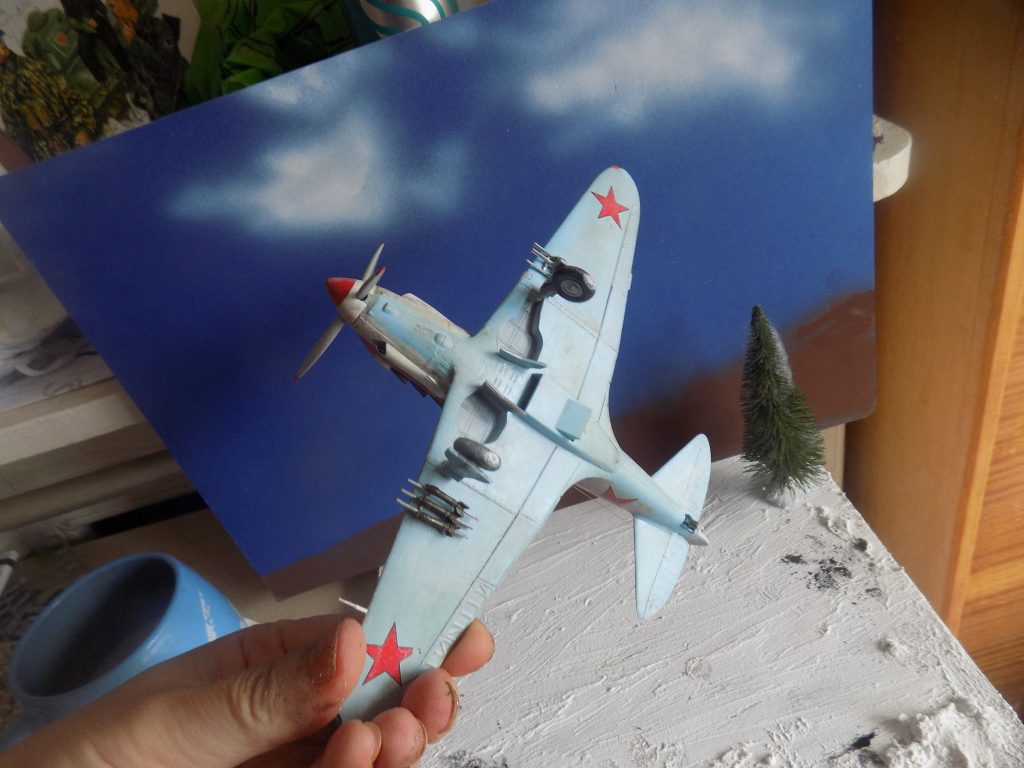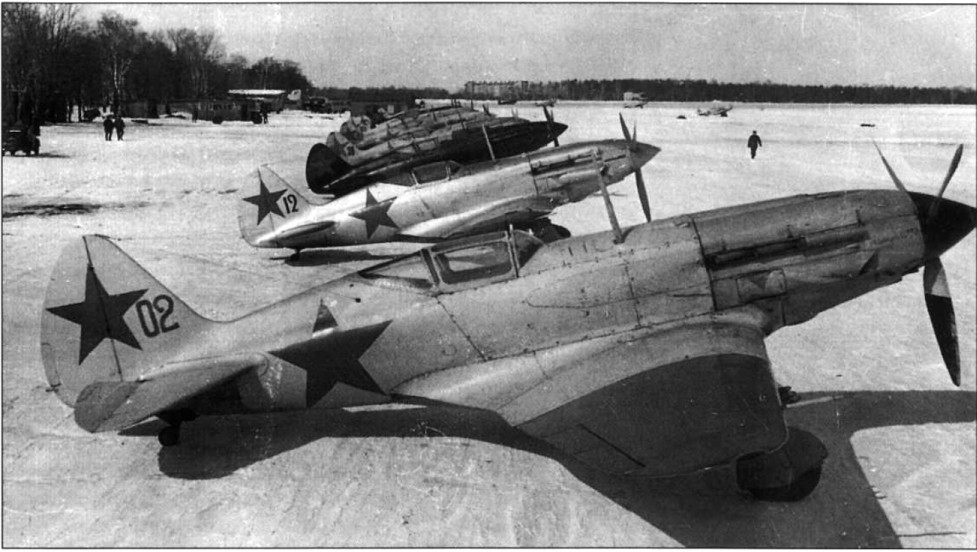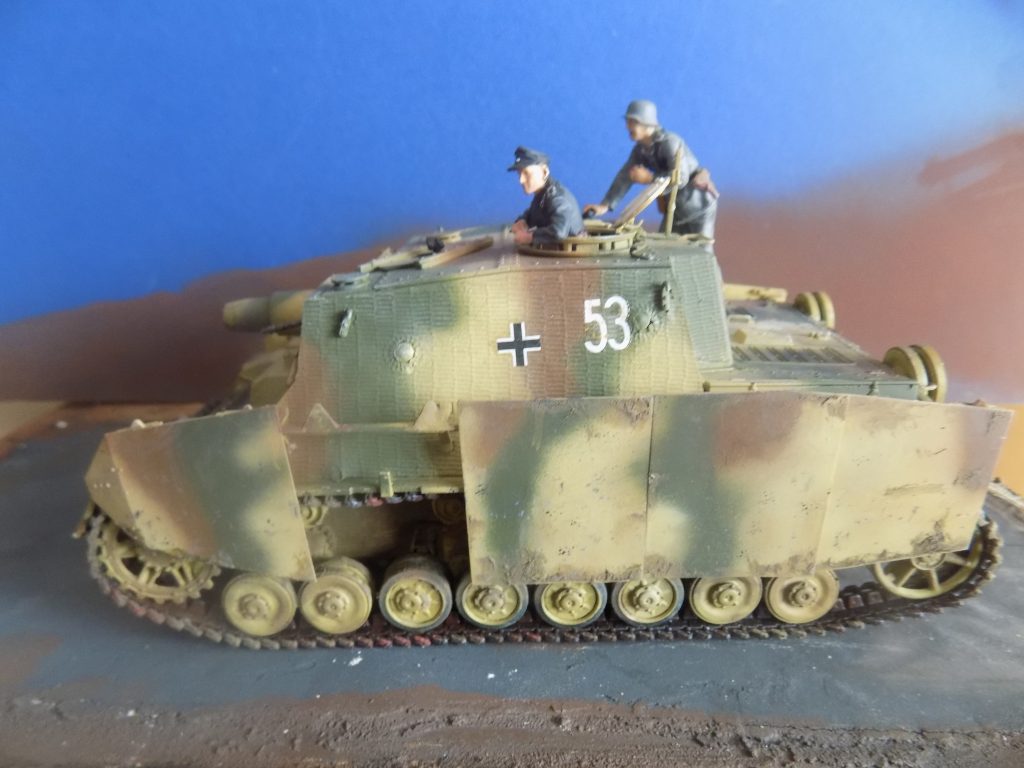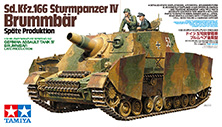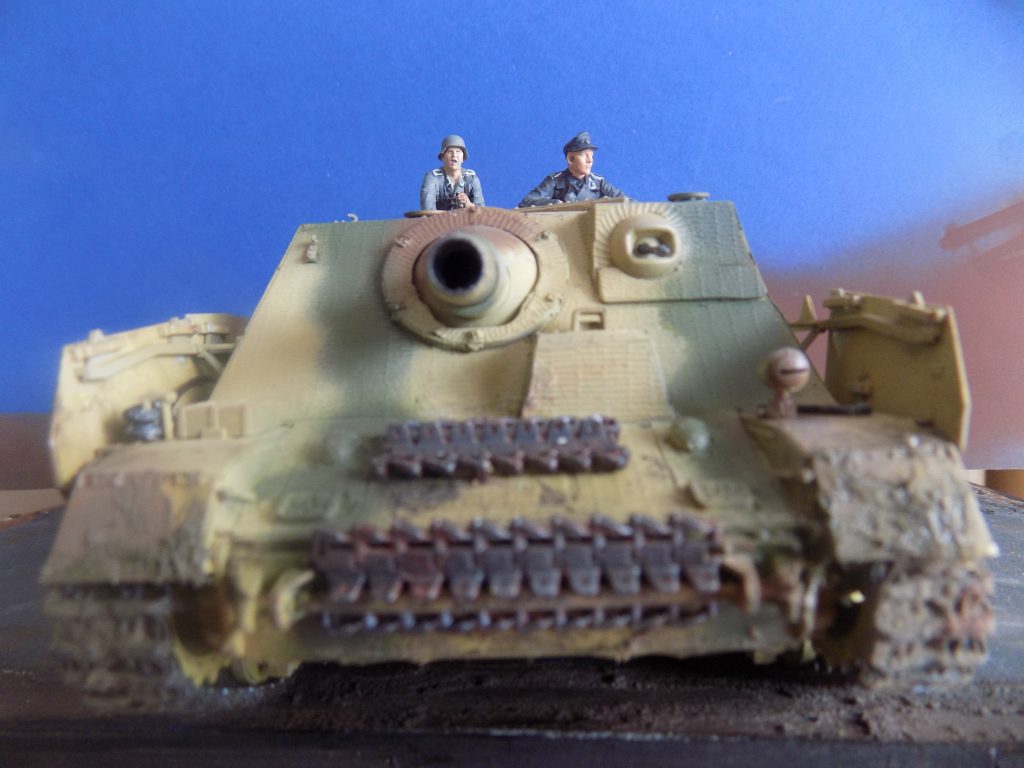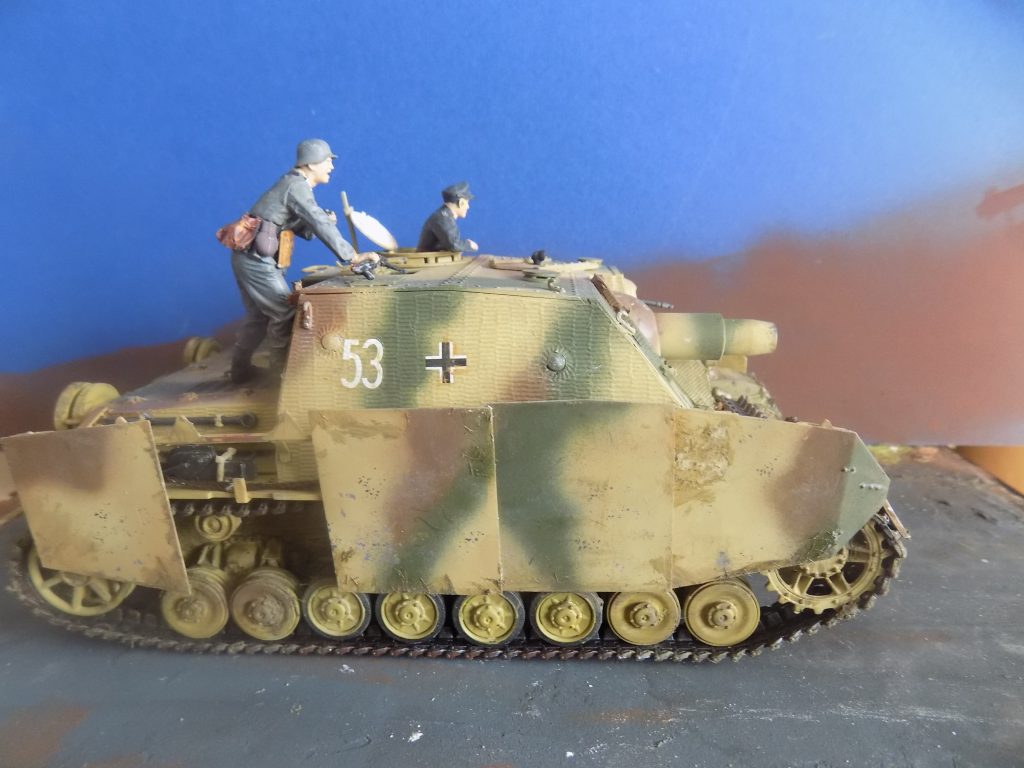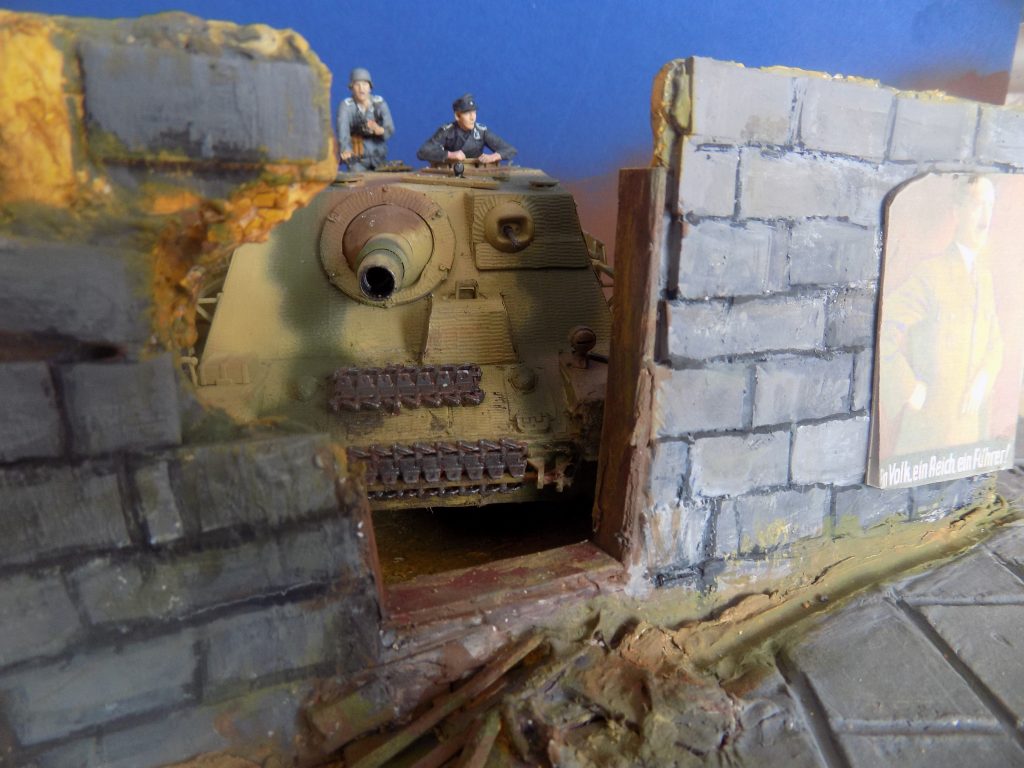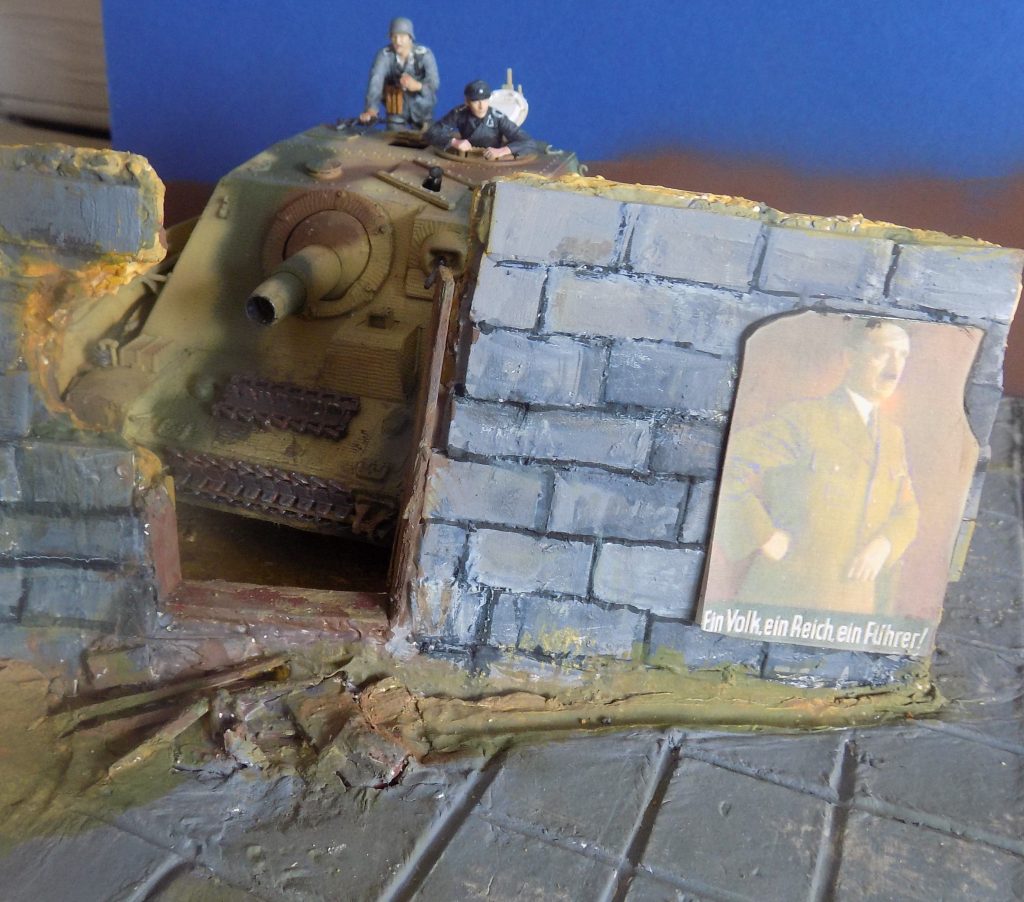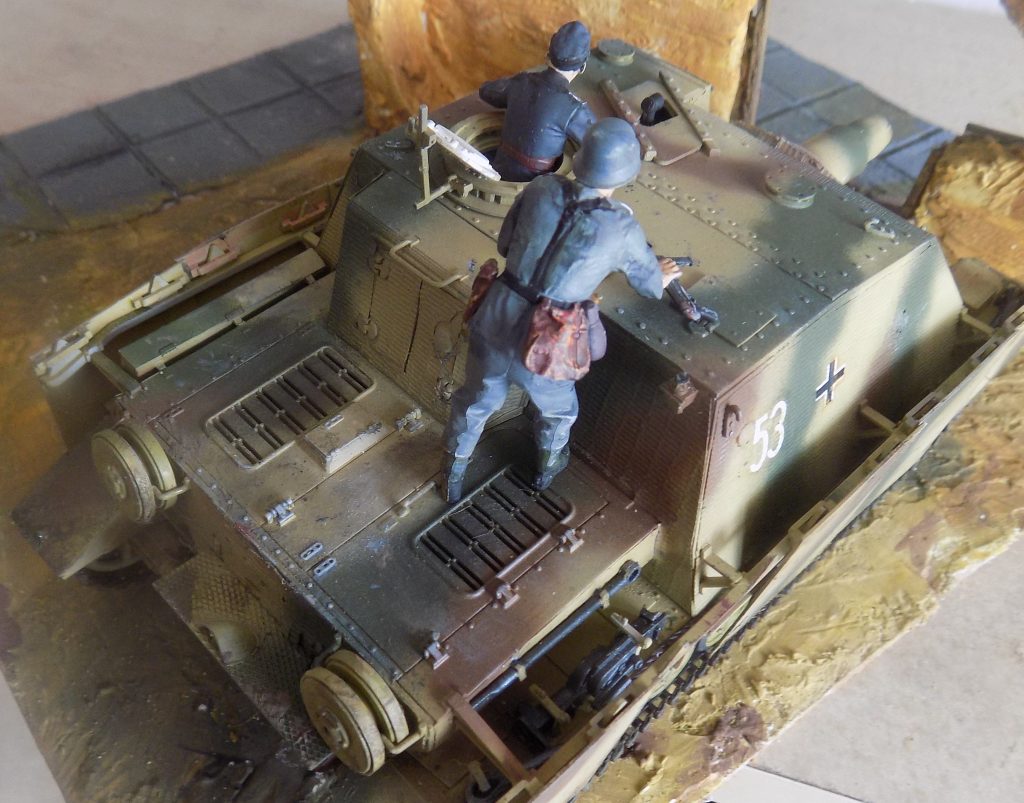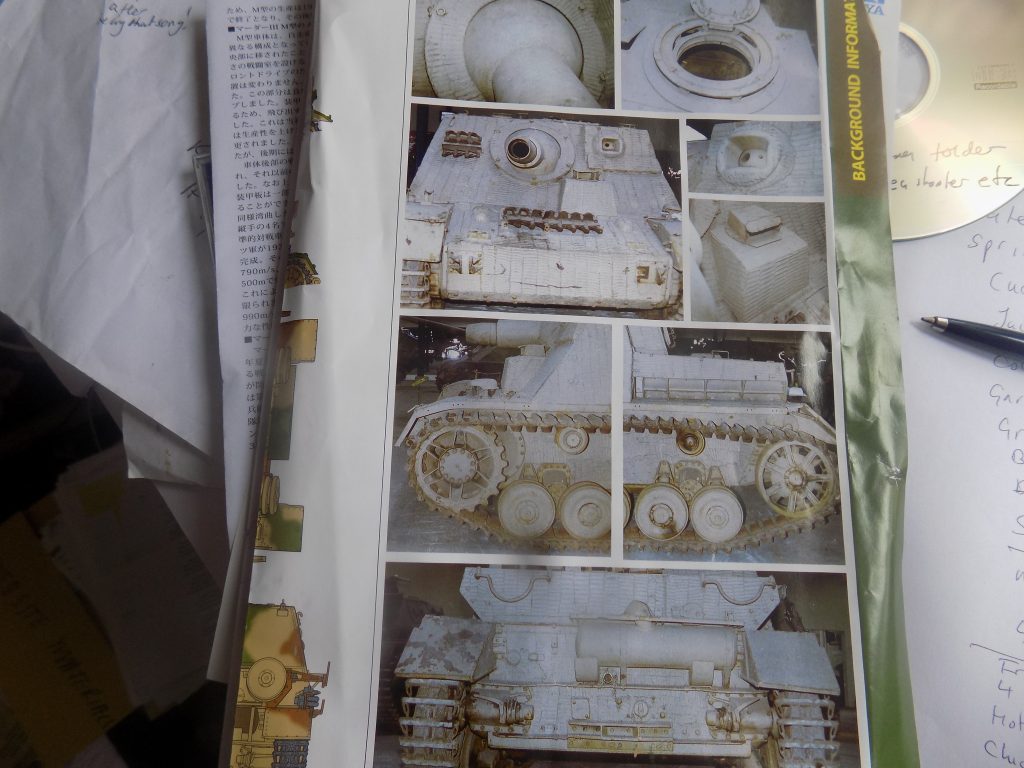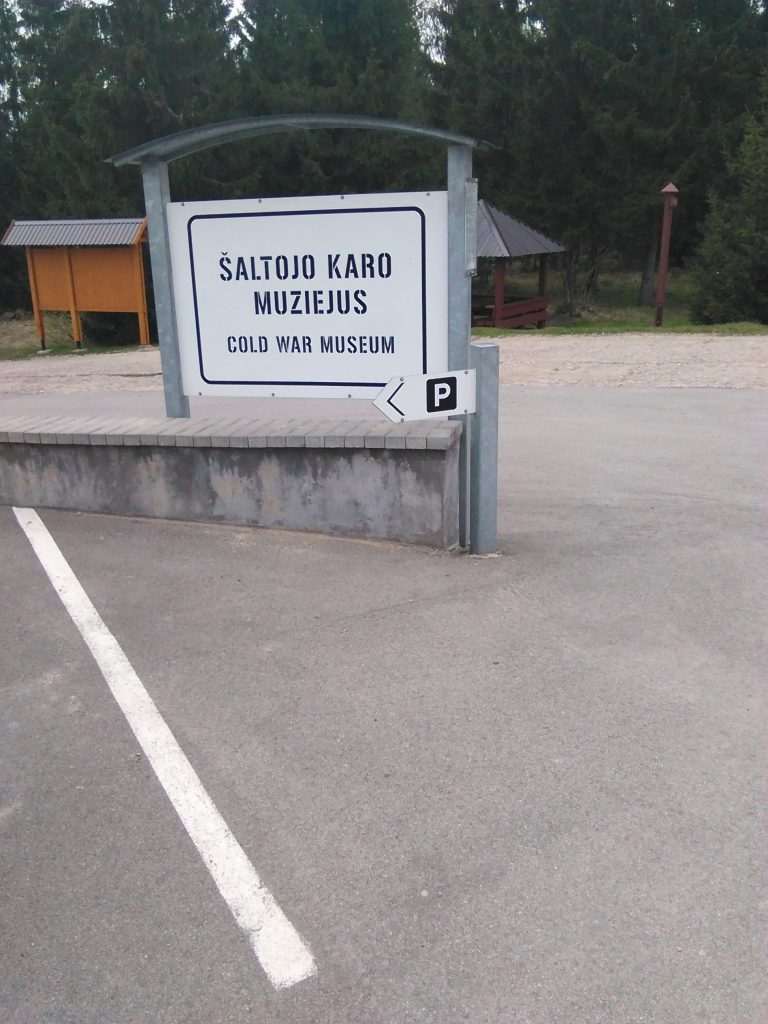
In 2015 I travelled with my good Lithuanian friend Saulius to his native country. During my trip I had the unique opportunity to visit one of the most interesting and unusual places that I have ever encountered, the top secret Plokštinė underground missile base of the Soviet Union which now hosts the Cold War Museum. For someone with a lifelong fascination with Russian and Soviet military affairs, it was simply too good an opportunity to miss!
I hope my photos will convey something of the eerie atmosphere of the place and its thought-provoking effect.
Naturally enough, being a former secret missile base, it is not situated on the crossroads of tourist routes but far from prying human eyes a few kilometres from the main road in the sparsely populated Plokštinė forest near Plateliai lake, Samogitia district.
Each R-12 missile (NATO code-named SS-4 Sandal) based here had a megaton class thermonuclear warhead with the standard charge of 2.3 megatons. It could also be used to fire explosives or chemical weapons.
The R-12 rocket provided the Soviet Union with the capability to attack targets at medium ranges and constituted the bulk of the Soviet offensive missile threat to Western Europe. The four missiles alone here would probably have had enough destructive power to obliterate the whole British population with enough to spare. Just as well we were oblivious at the time.
Incidentally, it was the deployment of the R-12 missiles in Cuba which caused the Cuban Missile Crisis in 1962.
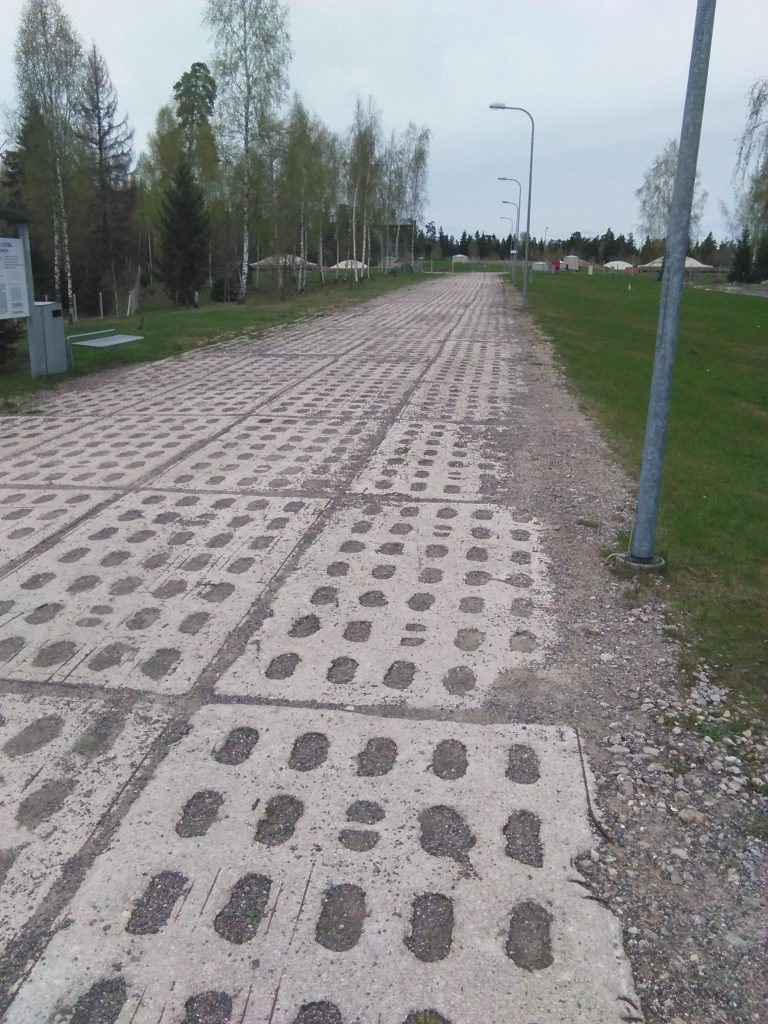
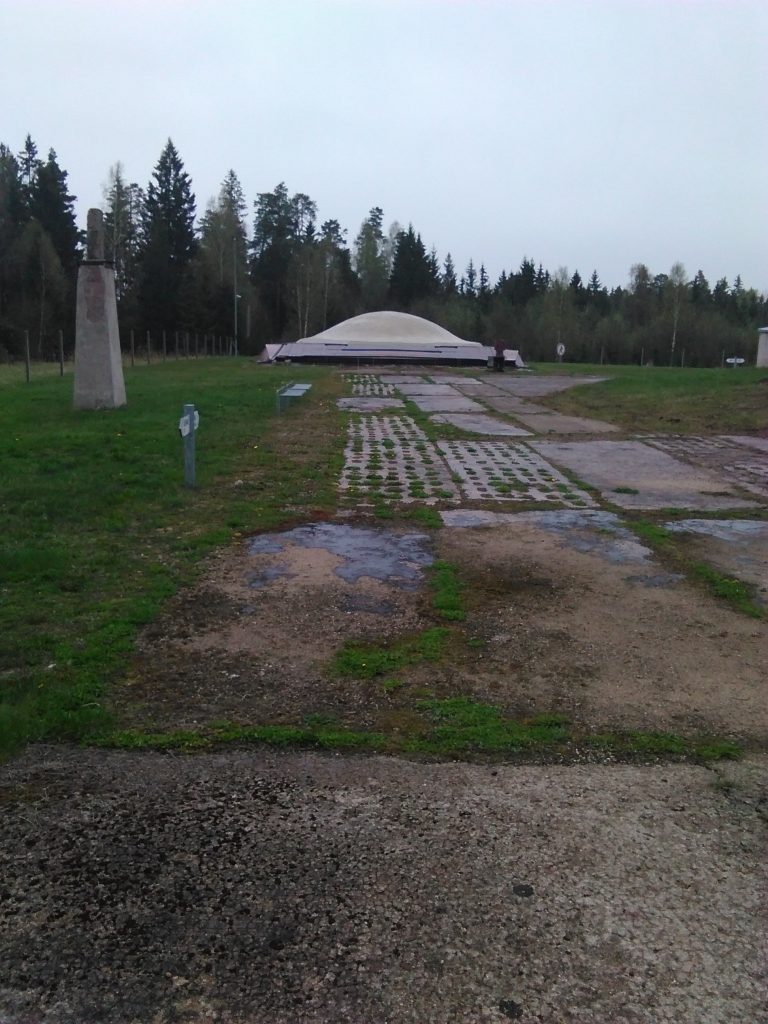
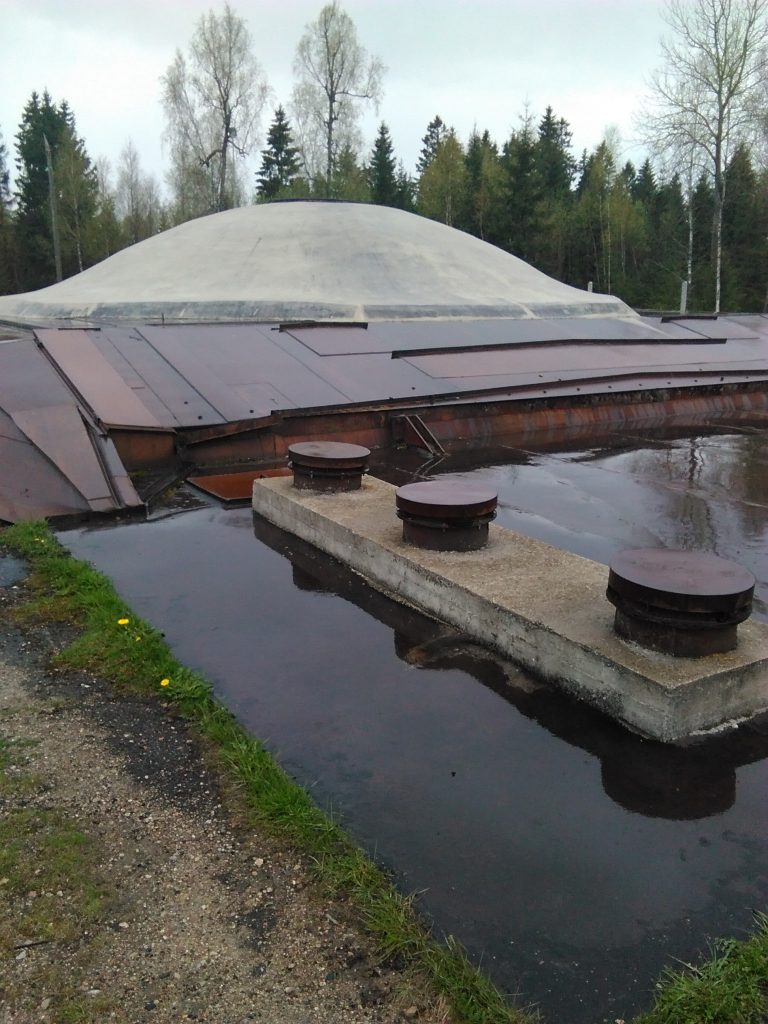
History of the base
The site started in the early 1960s with the appearance of military construction workers. Work was conducted secretly, quickly and without the use of heavy equipment but already by 1962 a secret military object appeared at the construction site surrounded by several rows of barbed wire under voltage.
In the late 1970s, the military suddenly disappeared, leaving behind four missile silos and an underground command post. Locals were drawn to the abandoned military base to scavenge for metal and other materials and for thirty years the complex remained neglected until it was taken over by the directorate of the Samogitia or Žemaitija National Park which opened the Cold War Museum.
In the mid-1950s, both Superpowers began developing medium-range ballistic missiles (MRBMs), which over the next thirty years would form the core of the nuclear forces of both adversarial blocs.
The first Soviet missile of this type was the R-5M missile manufactured by the Space Bureau Korolev which entered service in 1956. At the same time, the Dnepropetrovsk (Ukraine) Design bureau of Yangel was developing the R-12 missile, which came into service a little later, in 1959, but in all respects it was superior to the Korolev missile.
The R-12 became the most numerous ballistic missile in service of the Soviet Union. In total, about 2,300 R-12s of various modifications were produced, and up to 600 missiles simultaneously stood at ready alert.
Initially, it was planned to launch R-12 missiles from ground launchers, but soon the degree of protection of such installations and the long time it took to prepare the missiles for launch were considered unsatisfactory.
Experts saw the solution in the creation of special silo launchers hidden underground. In 1960, the development of a silo launch complex for R-12 missiles, dubbed 8P763 Dvina, began.
The first such complex was a secret facility in the forests of northern Lithuania. On January 31, 1963, the first division of R12-U ballistic missiles took up combat duty here.
The complex consisted of four silo launchers and an underground command post. Each silo had a depth of 30 metres and a diameter of about 5 metres. A steel launch pad and a steel ”glass” with a diameter of 3 metres were installed in it, into which a missile was placed. From above, the silo was covered with a multi-ton concrete dome, which was shifted to the side along rails just before the missile was launched.
The base was built and maintained in complete secrecy which, however, did not prevent the Americans from discovering it in the mid-1960s using satellite photography.
By the end of the 1970s, the stationary launchers of the MRBMs were replaced by the Pioneer RSD-10 mobile complex. Shortly afterwards, in 1978, the base in Plokštinė was closed and abandoned. Over the next decades, looters took whatever they could but the complex of structures remained in fairly good condition which allowed for the opening of the Cold War Museum.
Unfortunately, almost nothing remained of the original equipment of the complex due to the ‘thrifty’ locals. Apparently, the only original exhibit is a twenty-ton electric generator, which it was simply impossible to remove from the underground bunker!
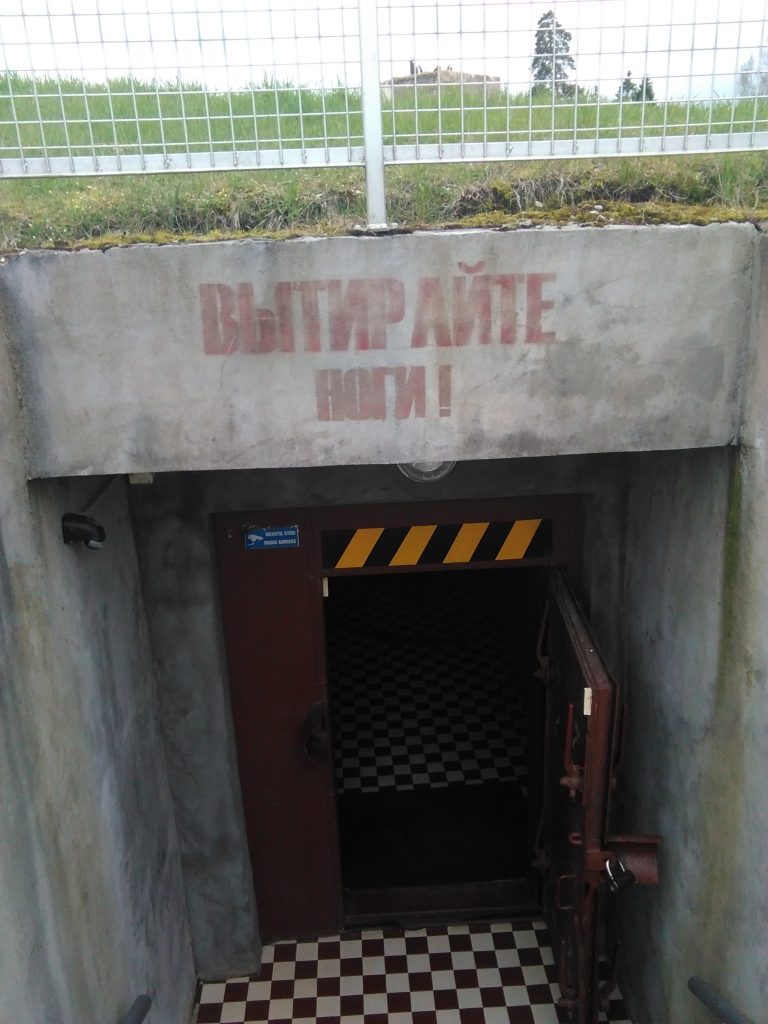
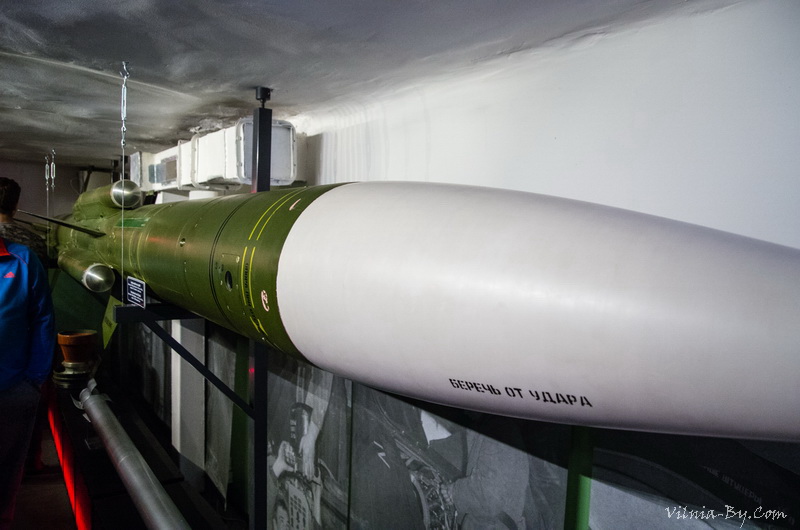

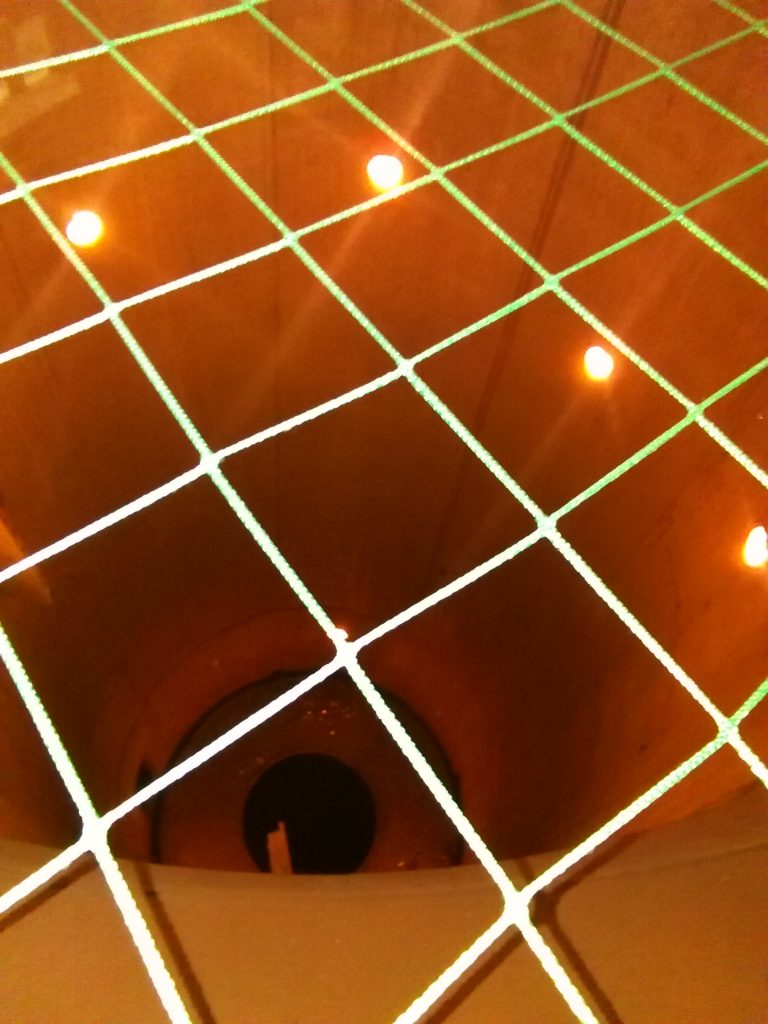
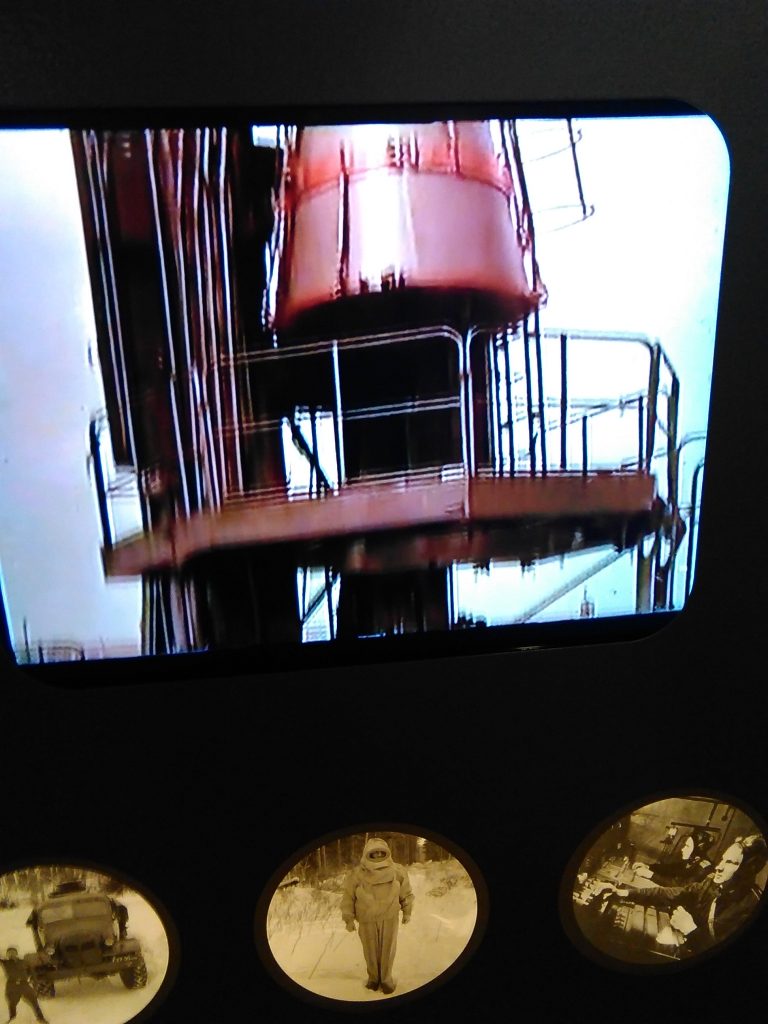
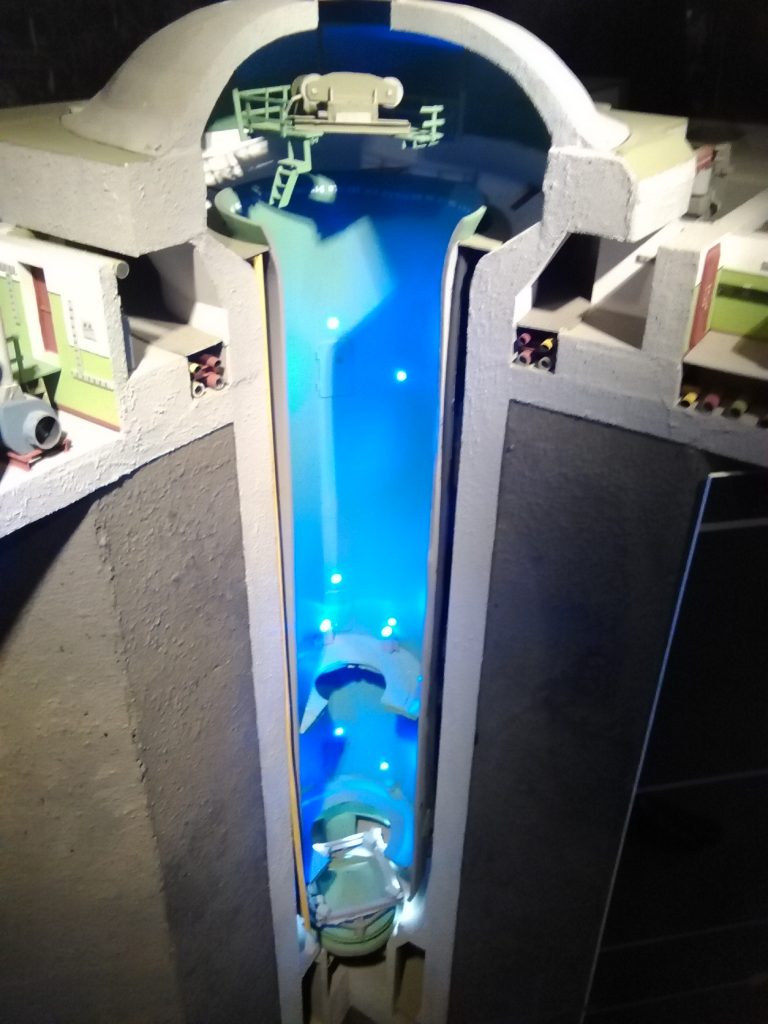
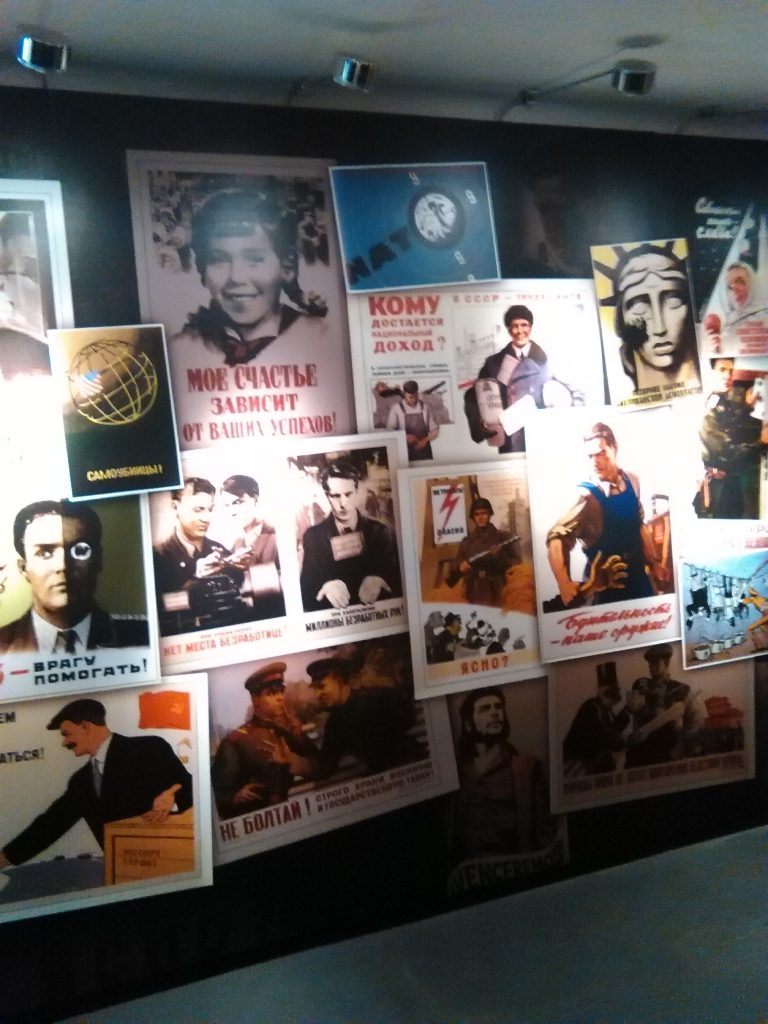
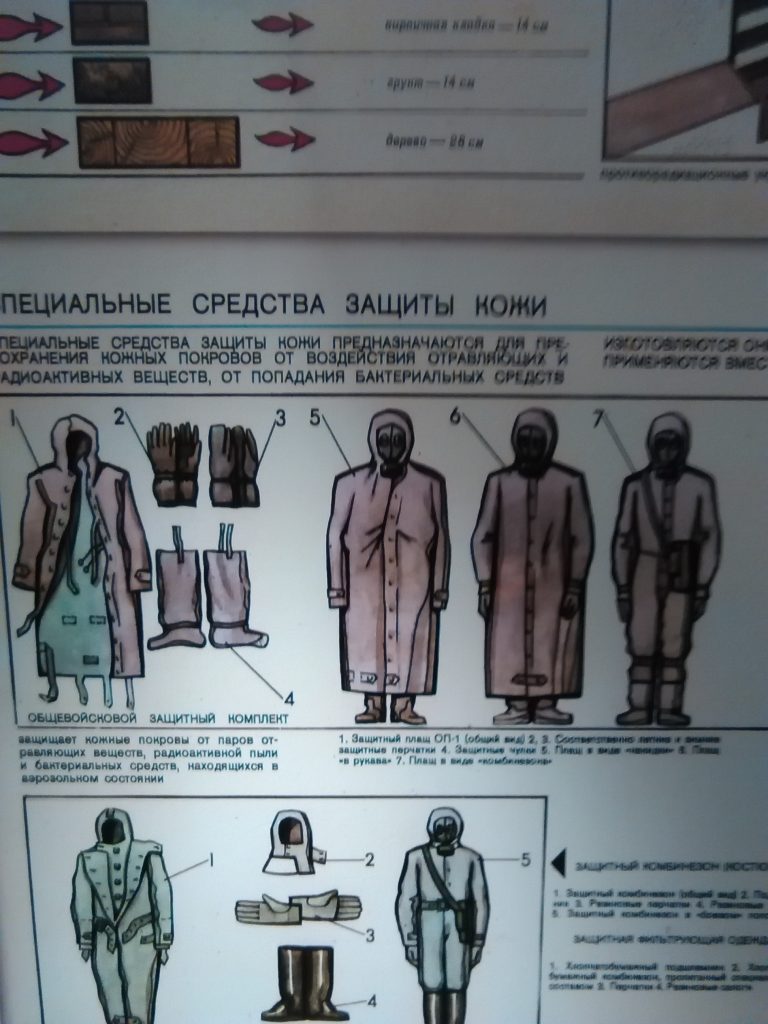
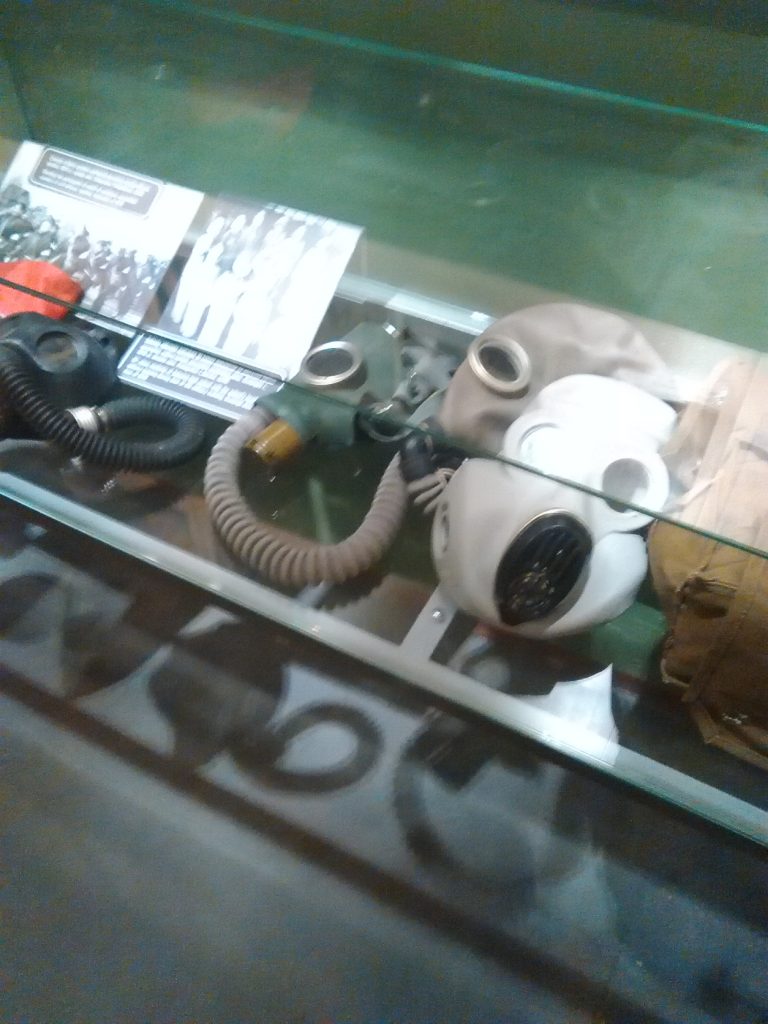
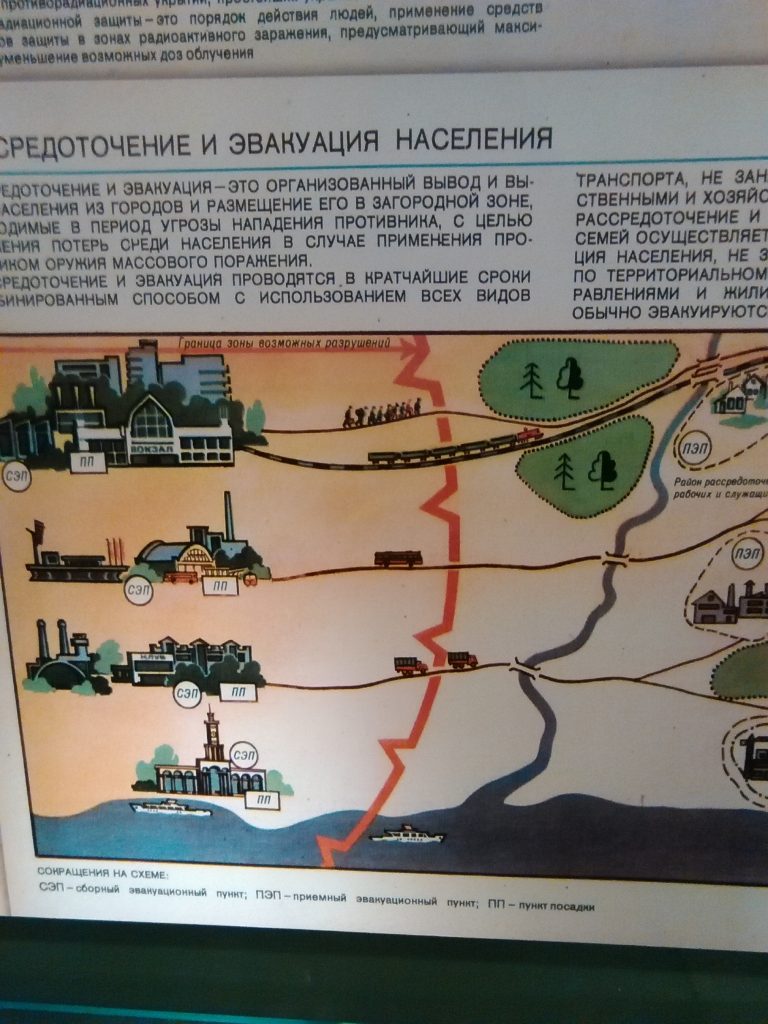
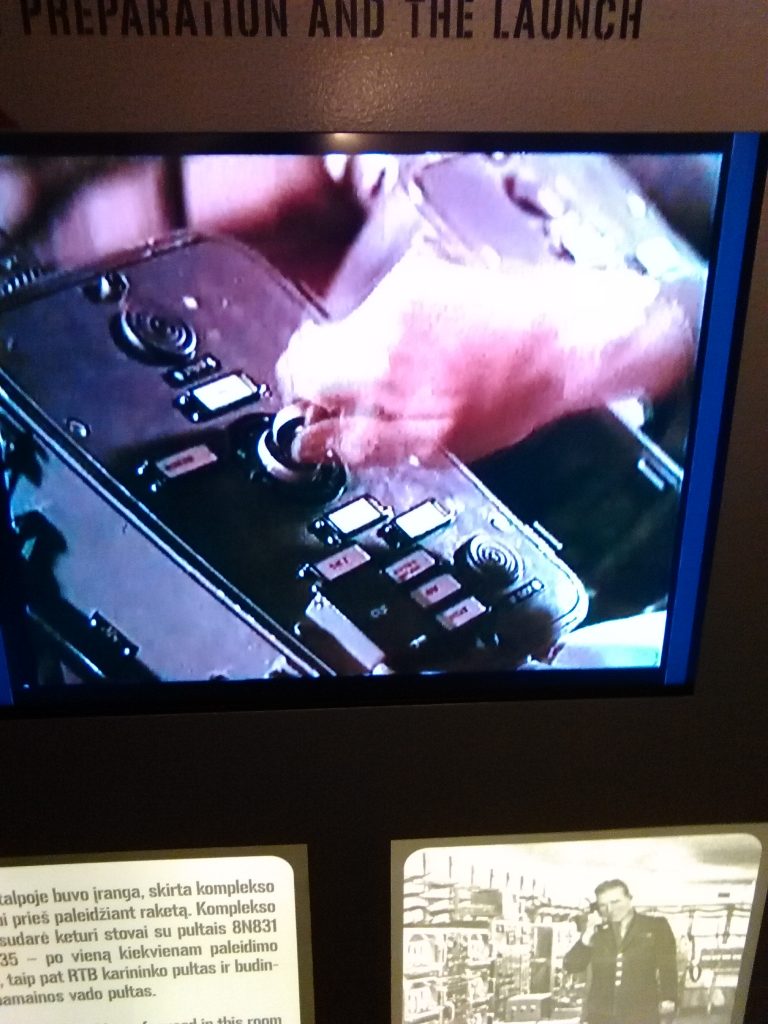
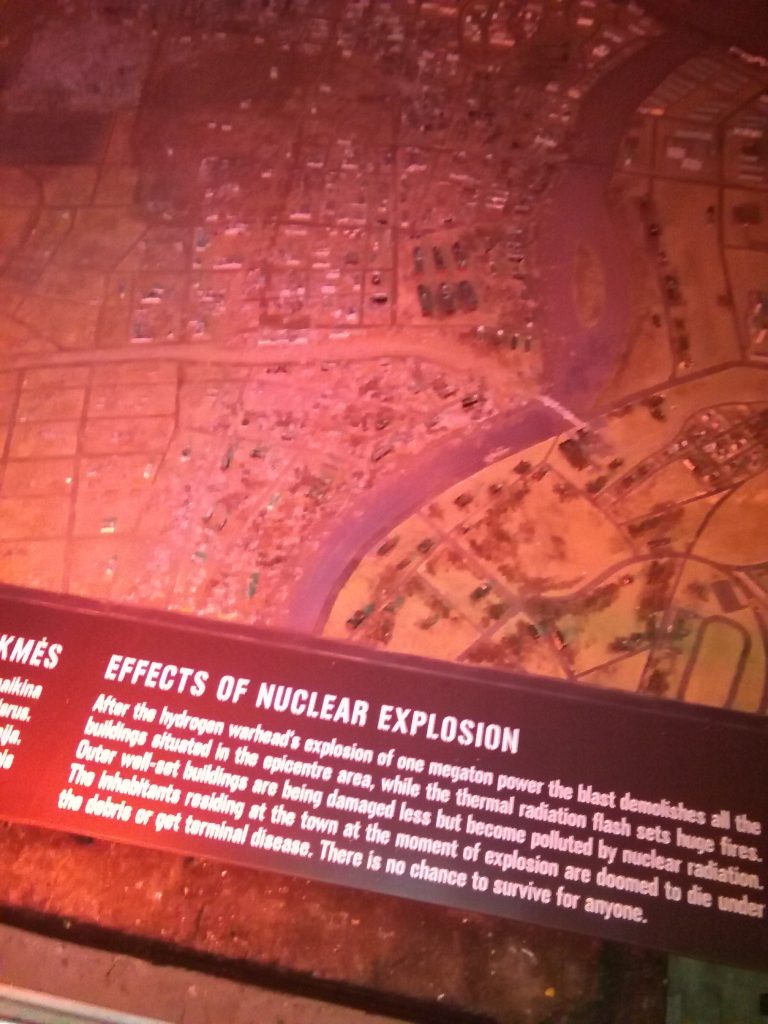
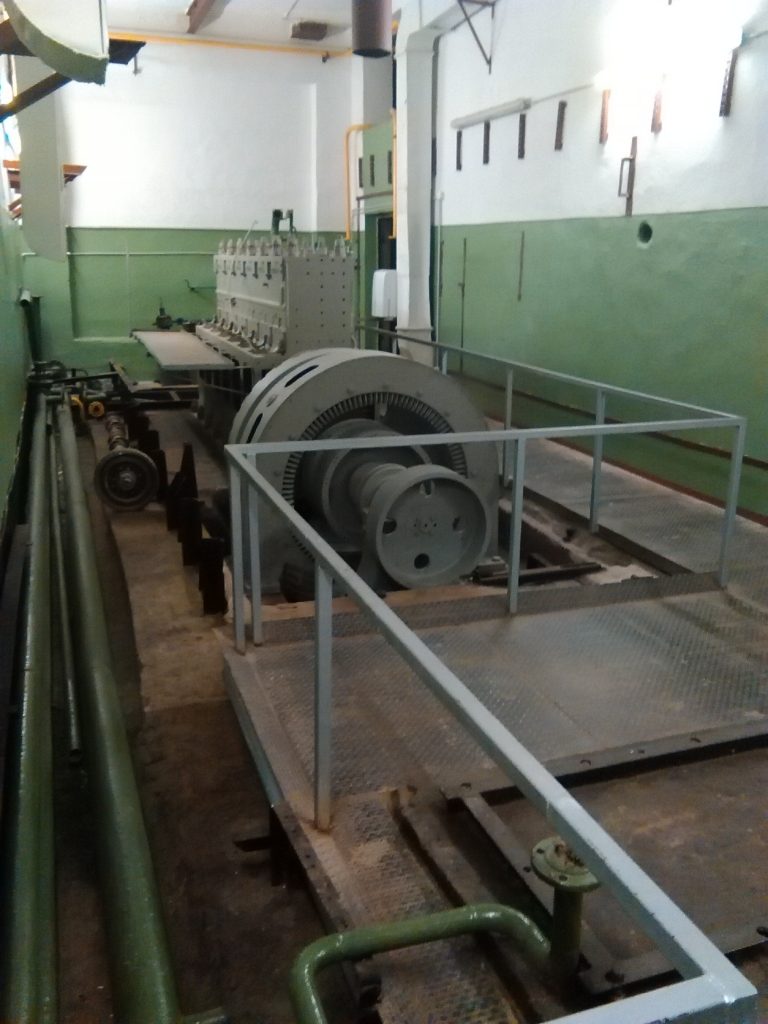
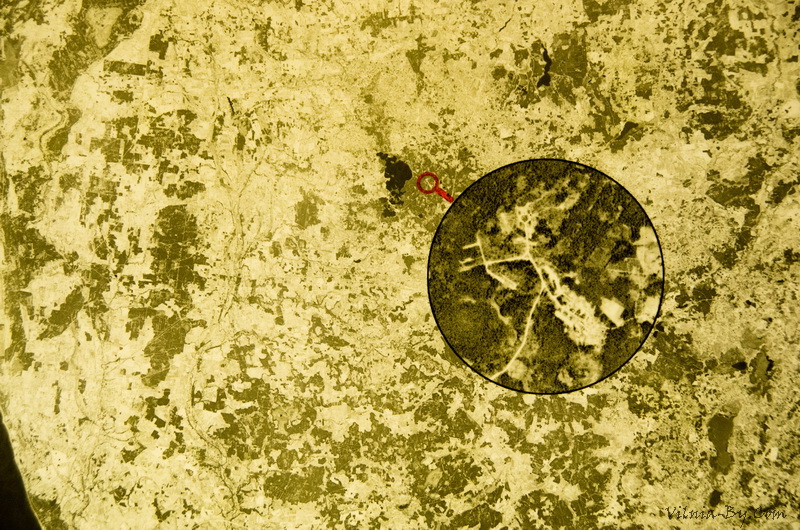
I suppose the object lesson to take away from this place is that in a nuclear war the whole populations of the warring powers would be hostages.
Apparently, the second such place on the territory of the former USSR is located in Pervomaisk in Ukraine which has not been vandalised and has faithfully retained the equipment and launch sites to a high degree of accuracy.
The INF Treaty which came into effect in 1988 eliminated and banned US and former Soviet Union (FSU) ground-launched ballistic and cruise missiles with ranges between 500 and 5,500 kilometres.
